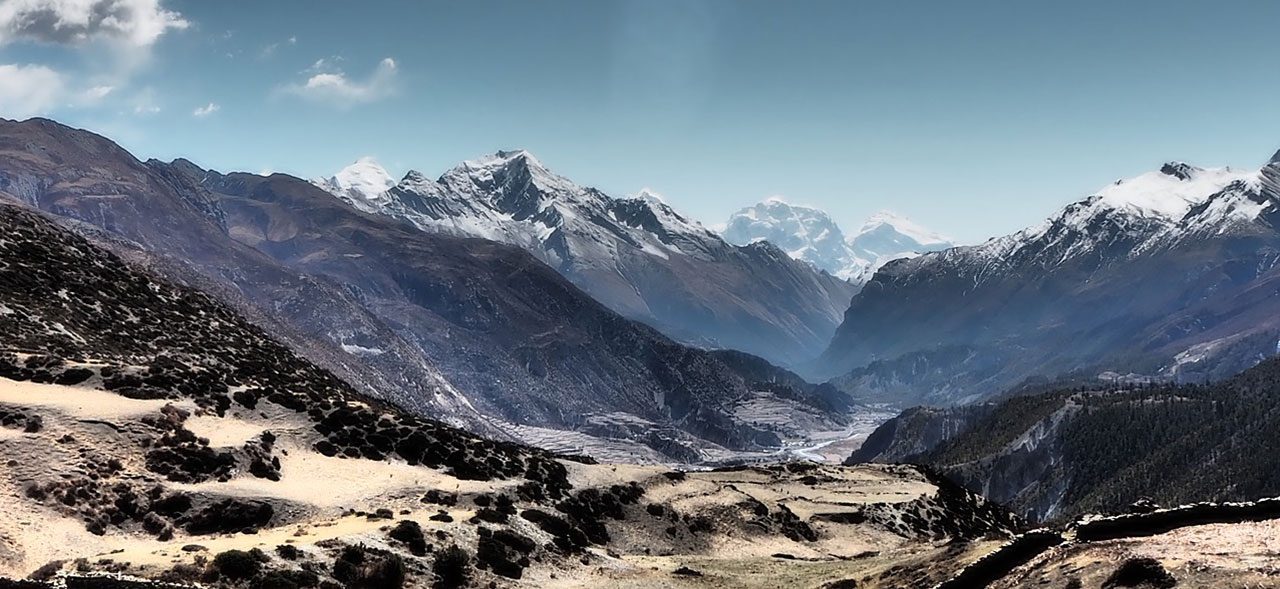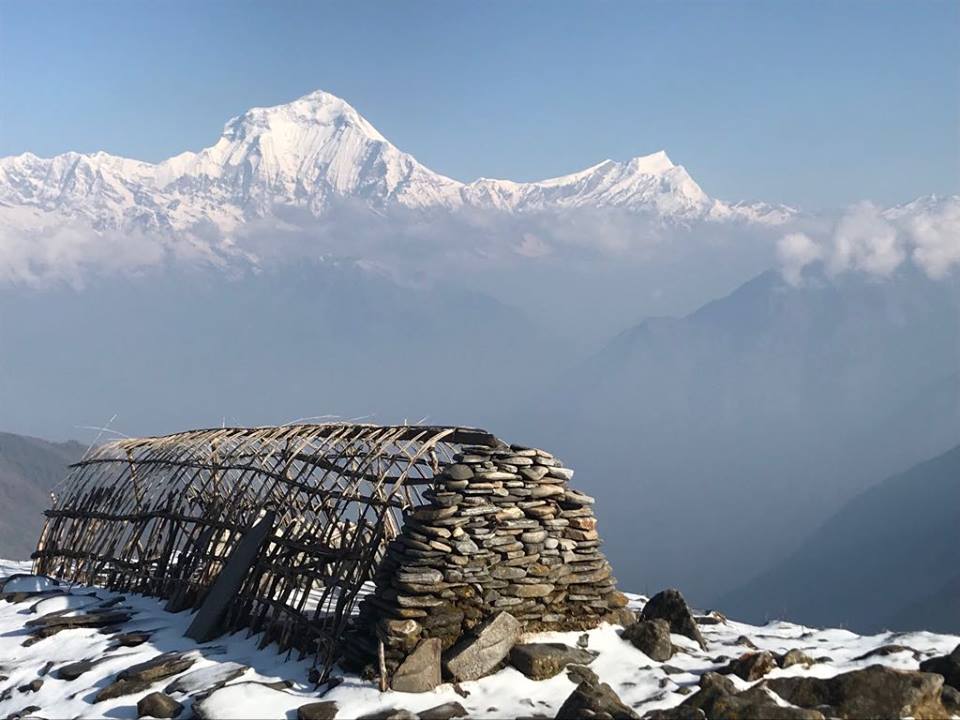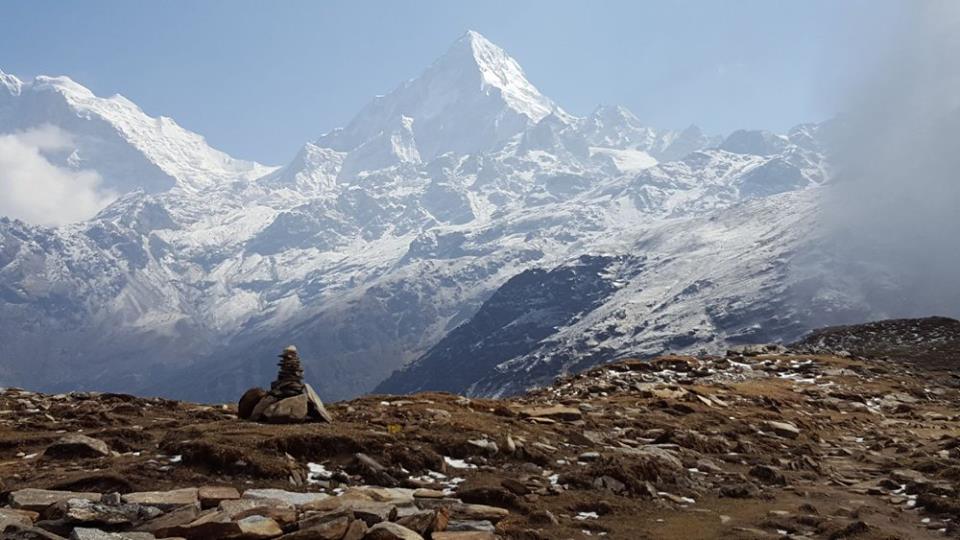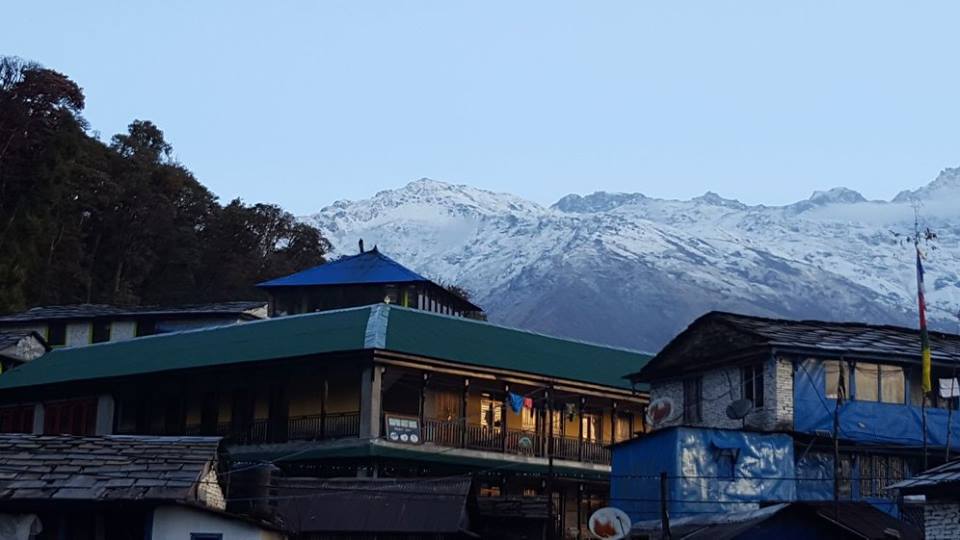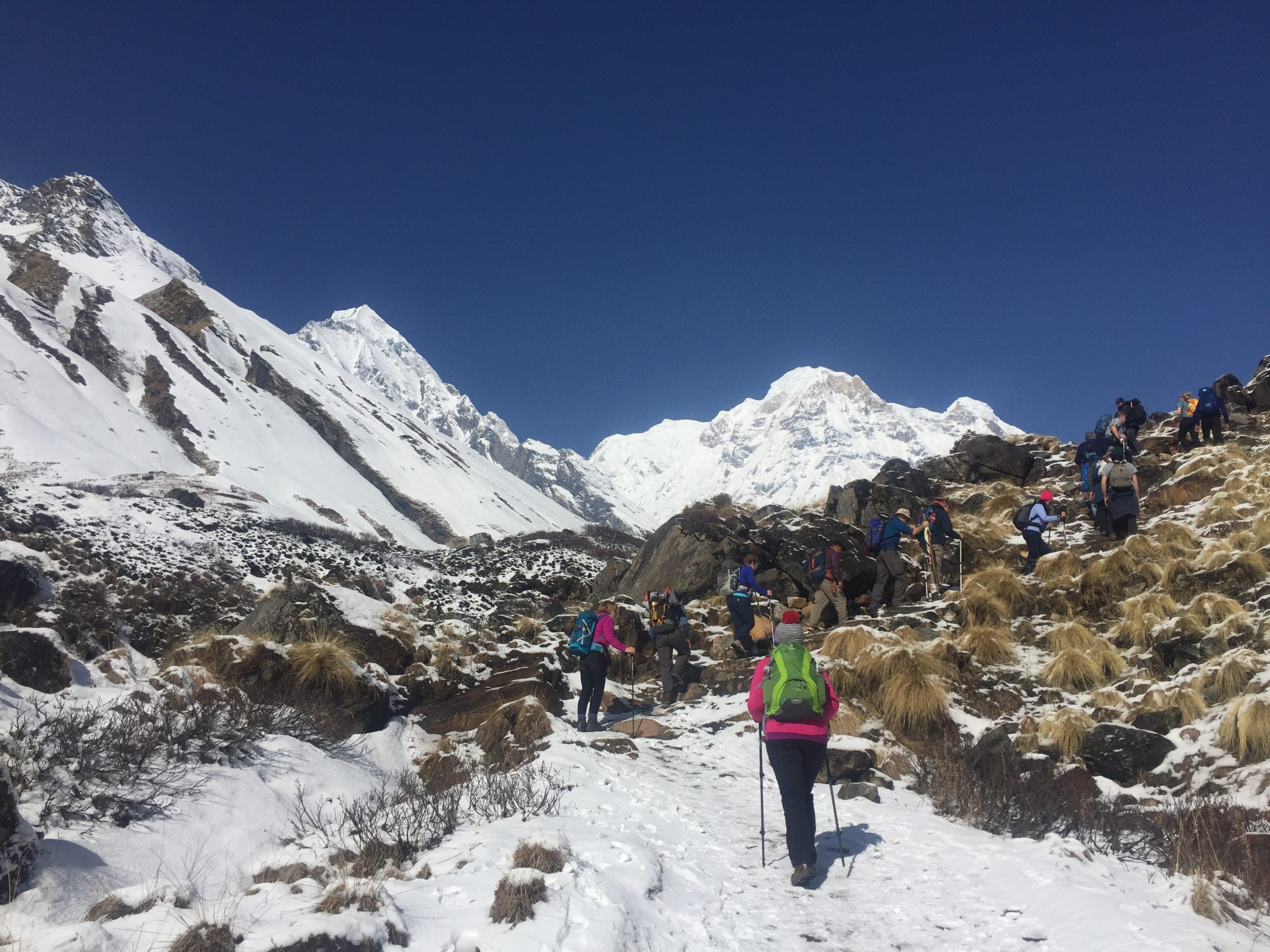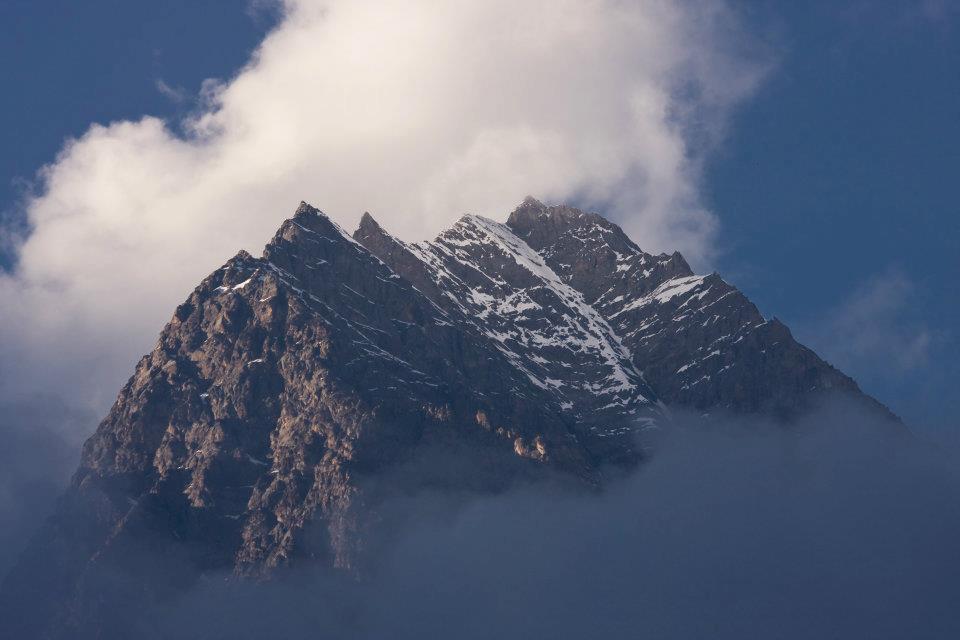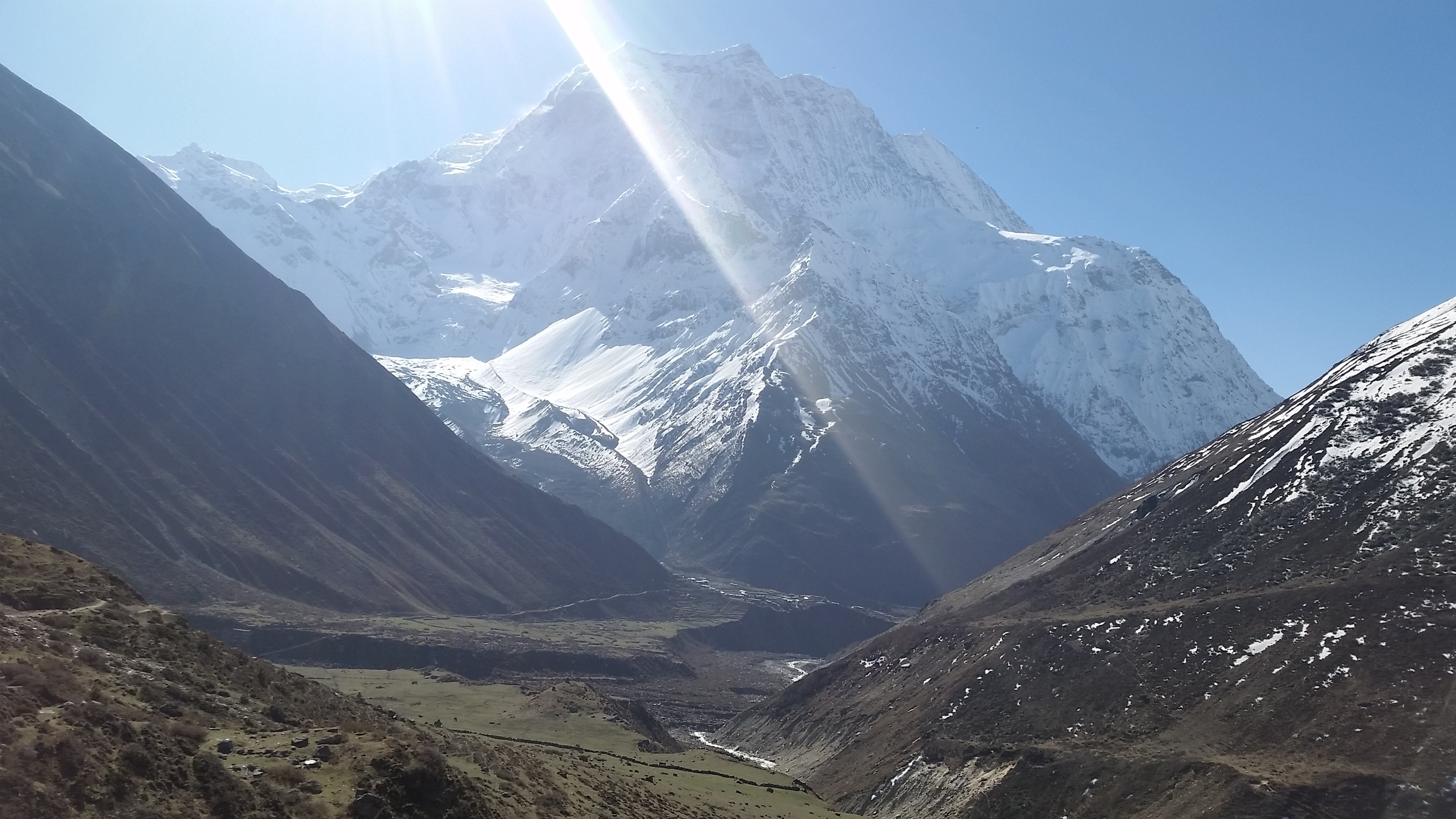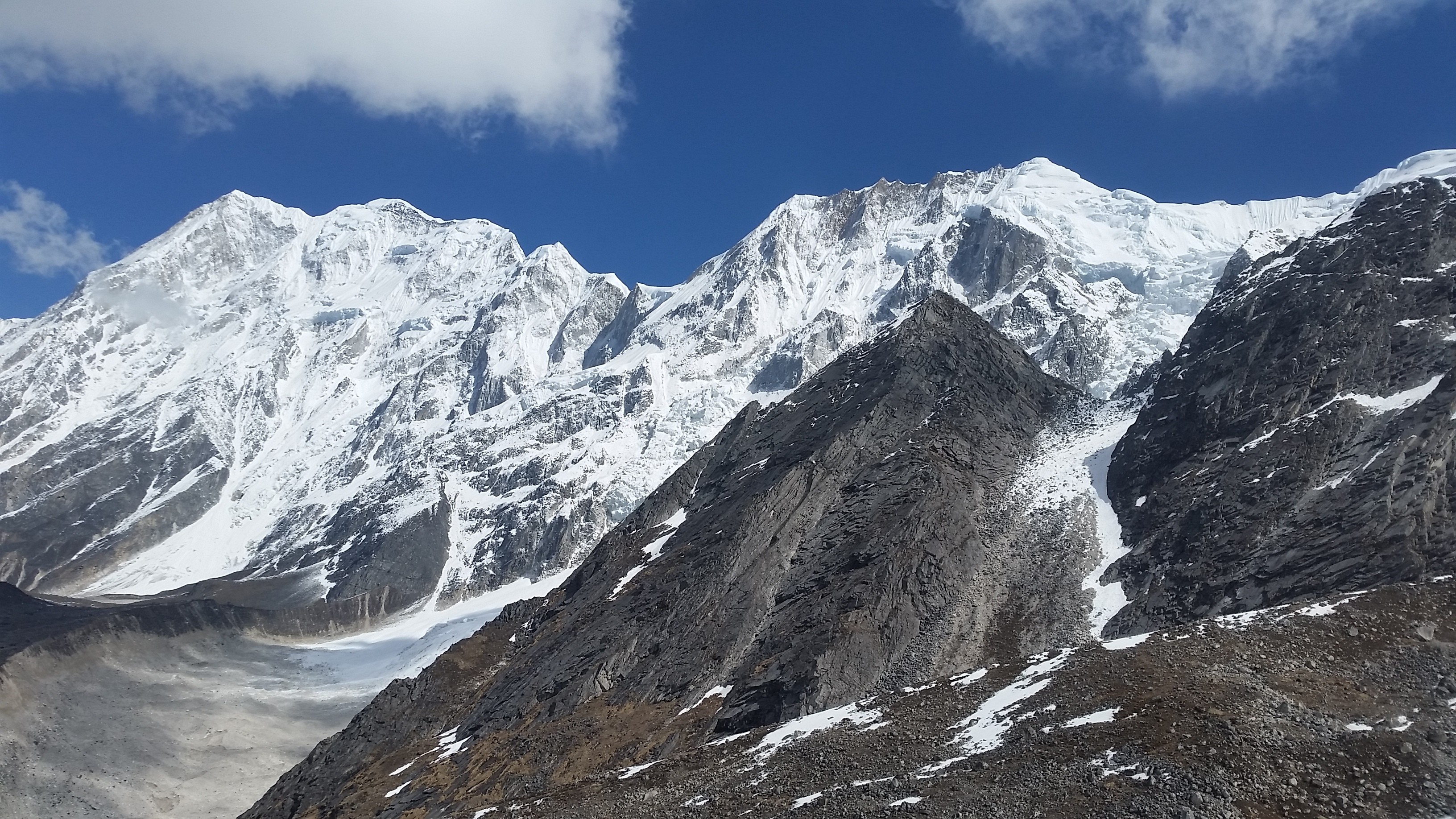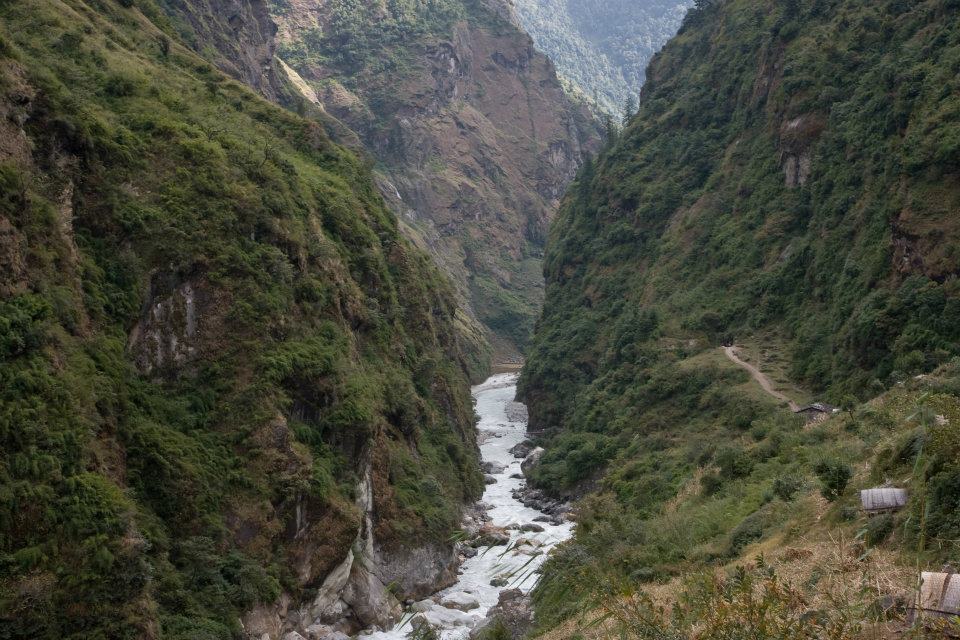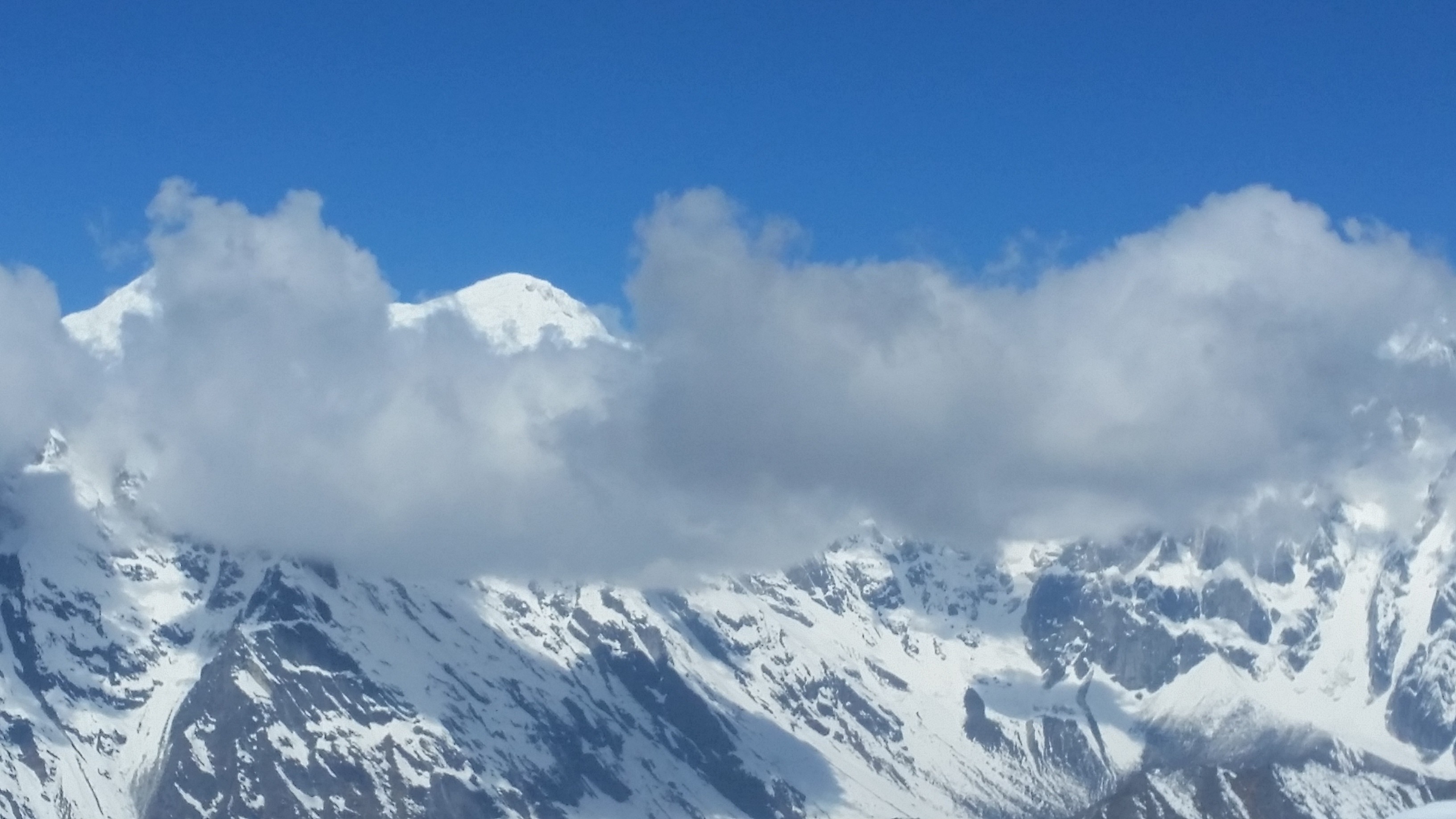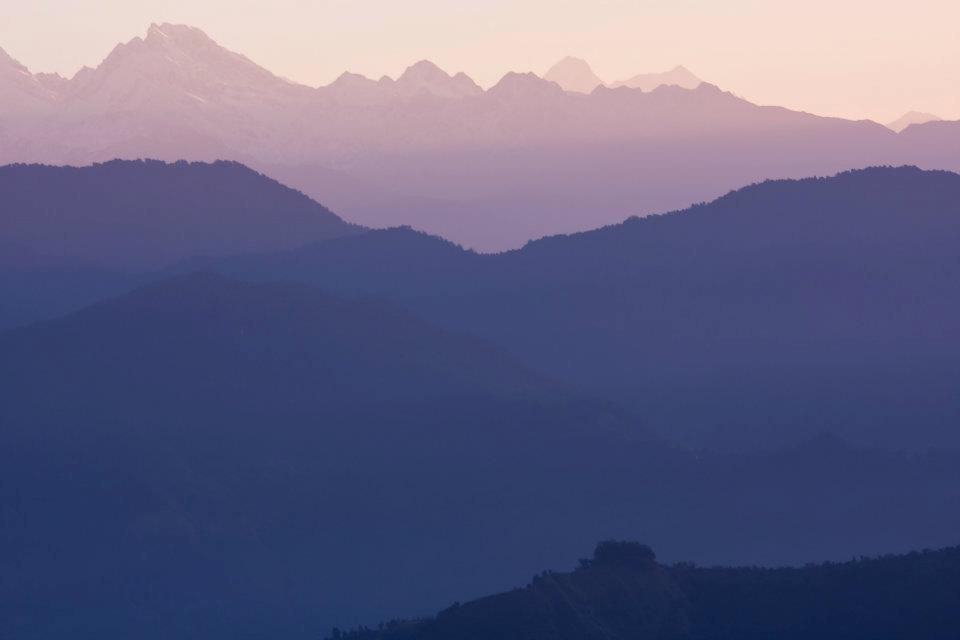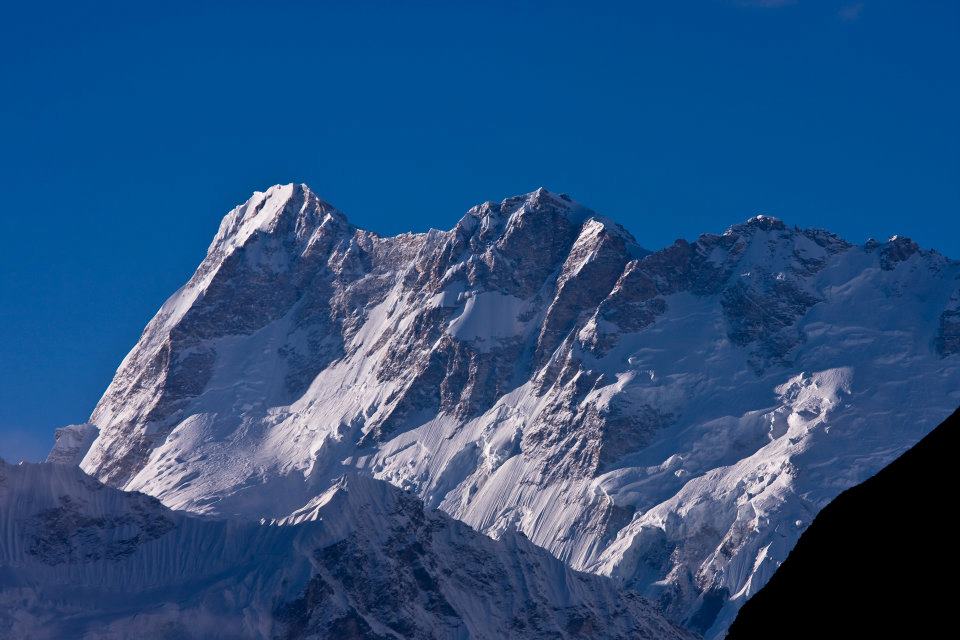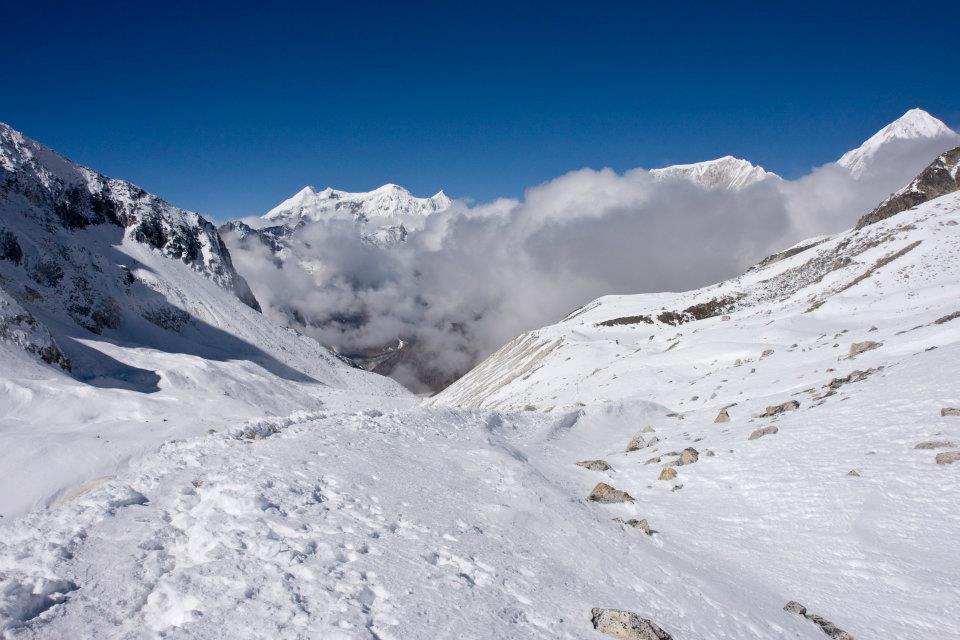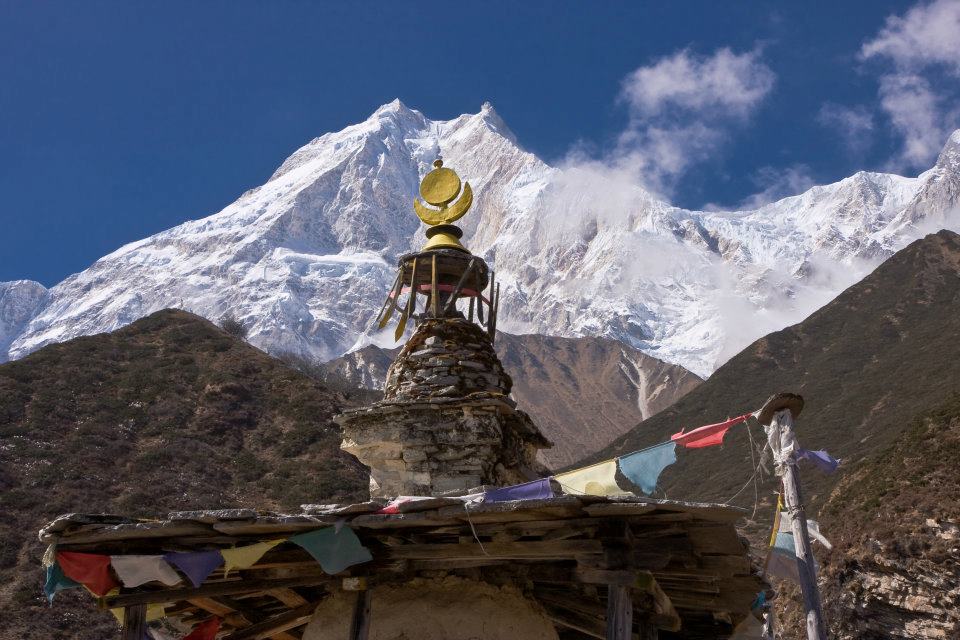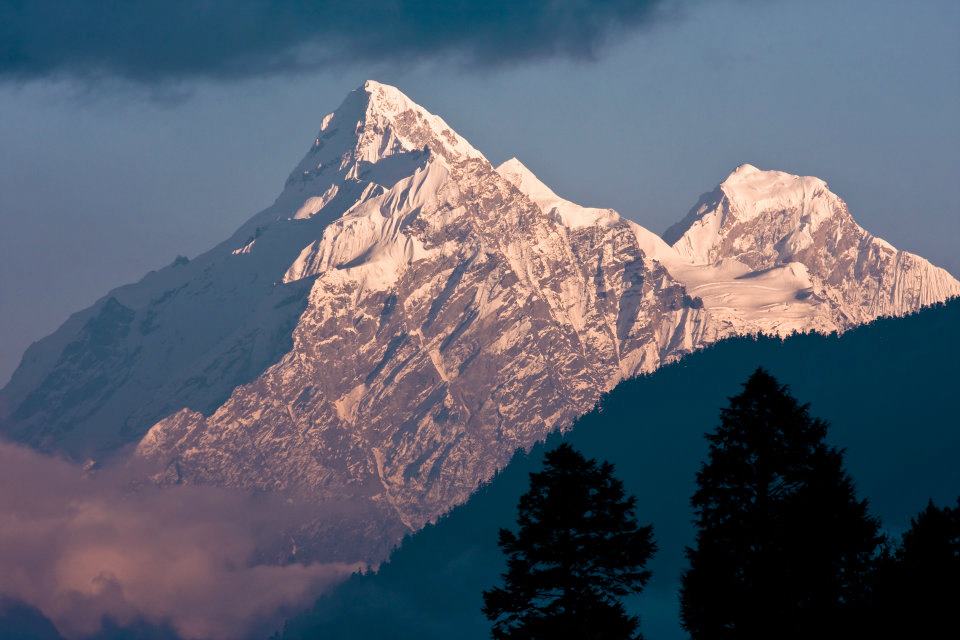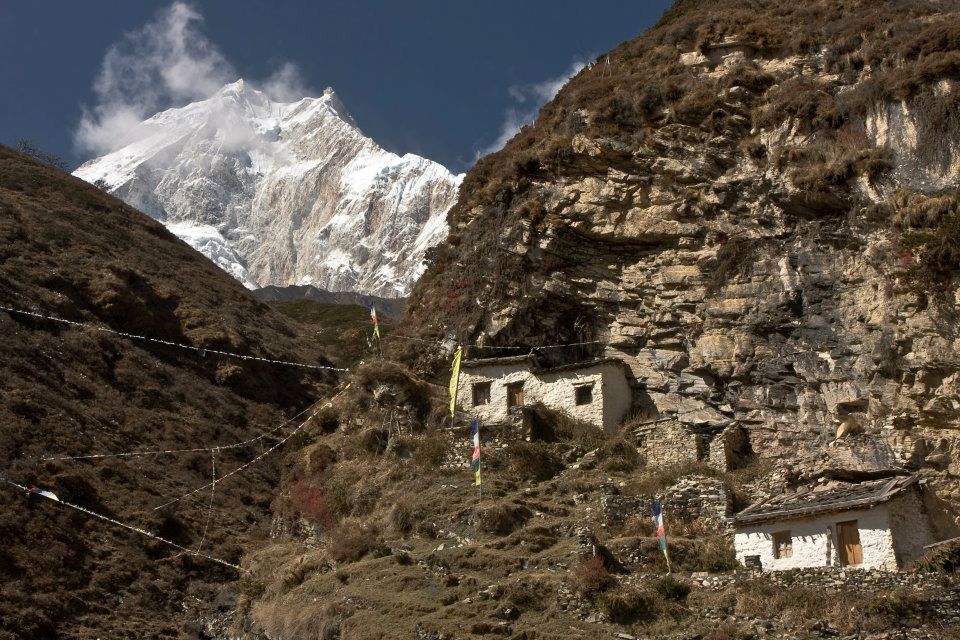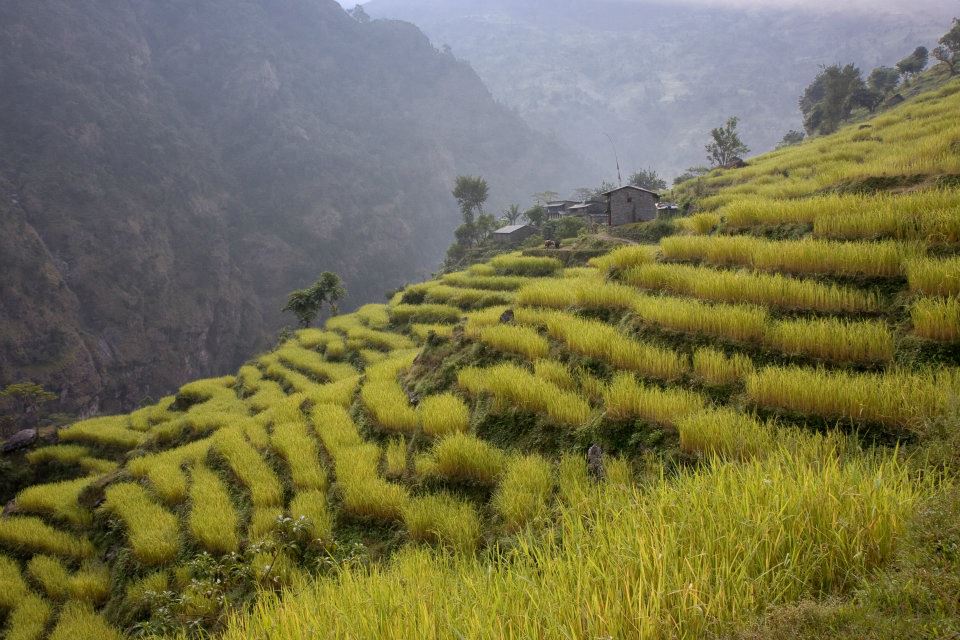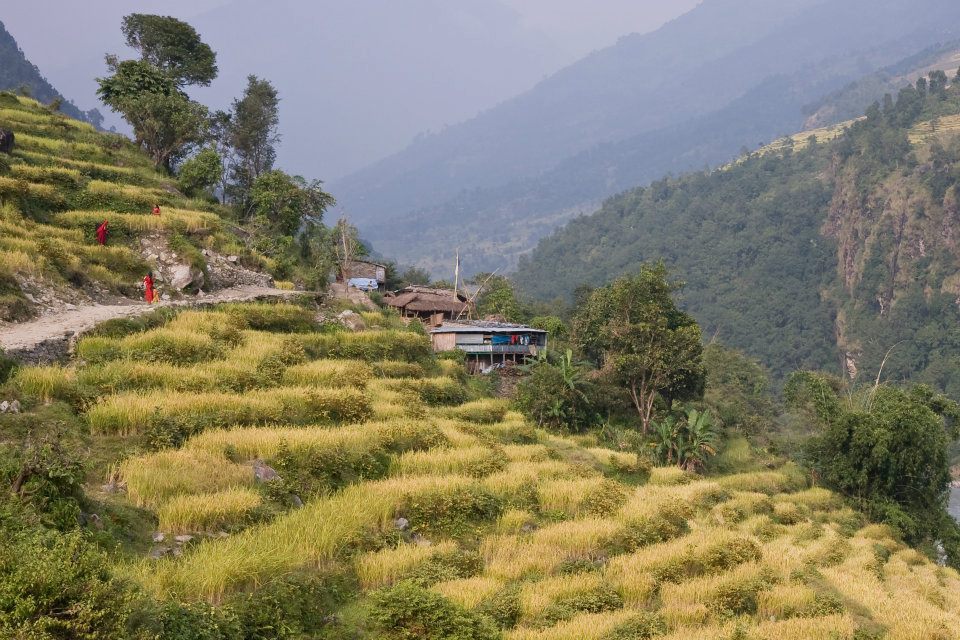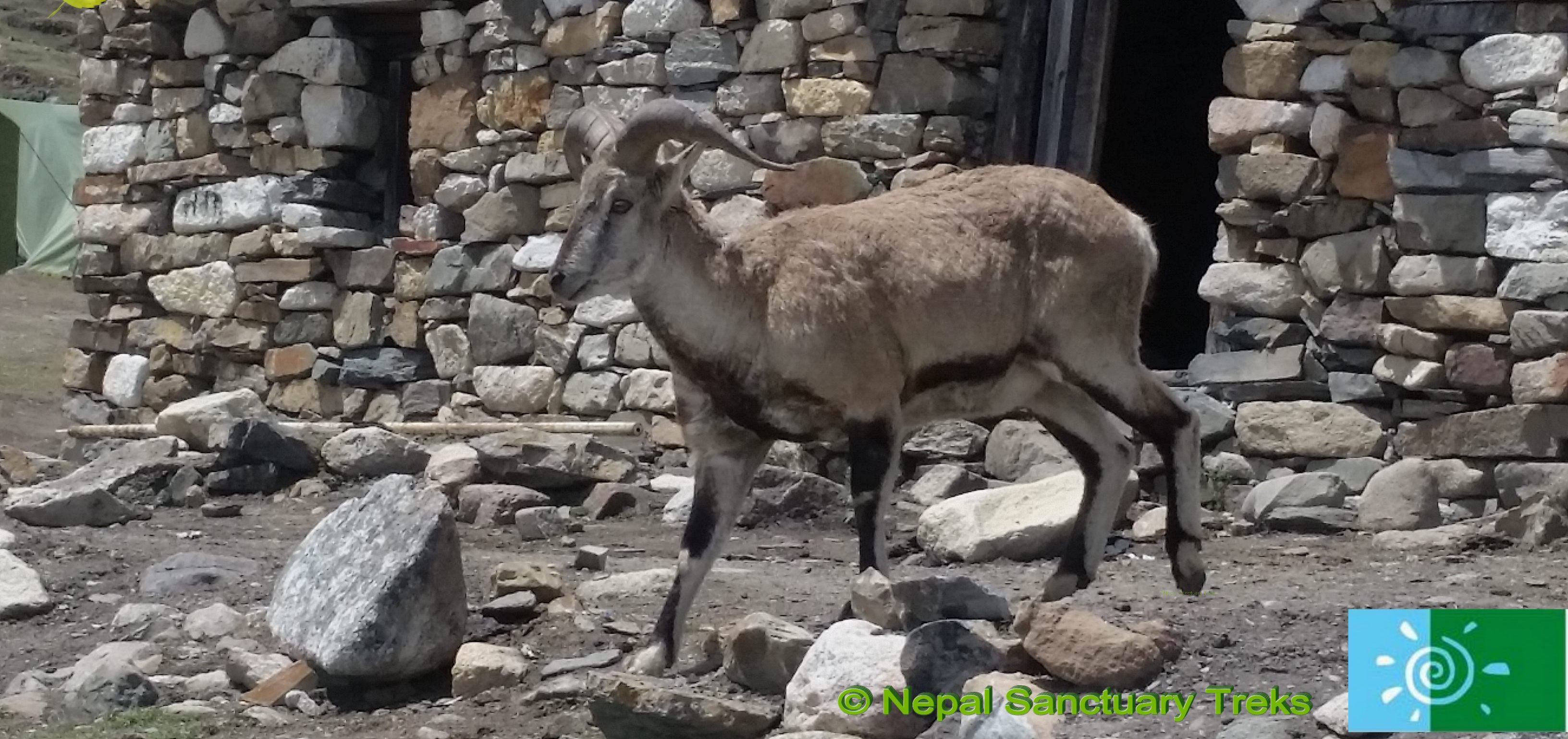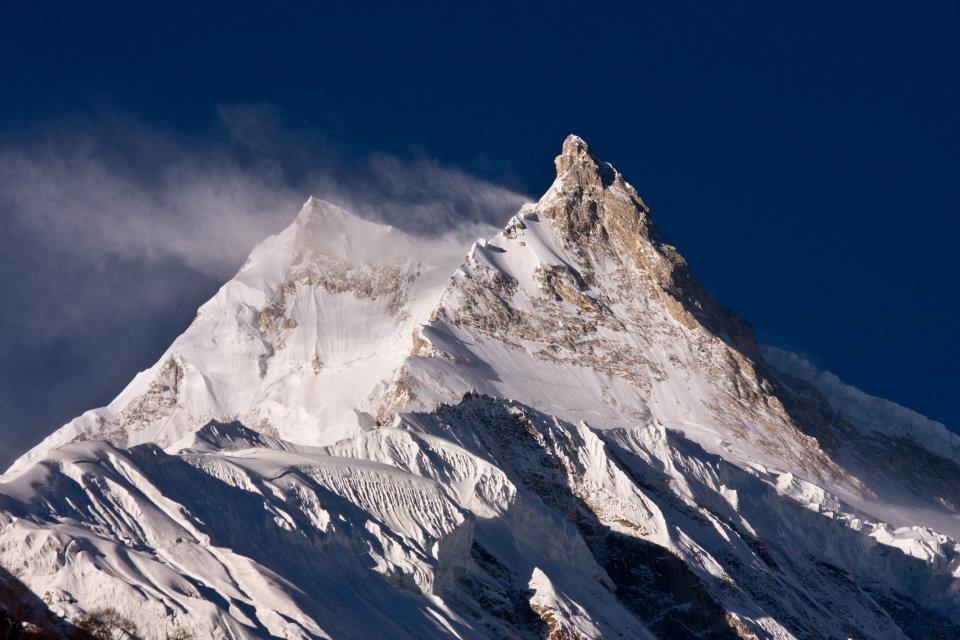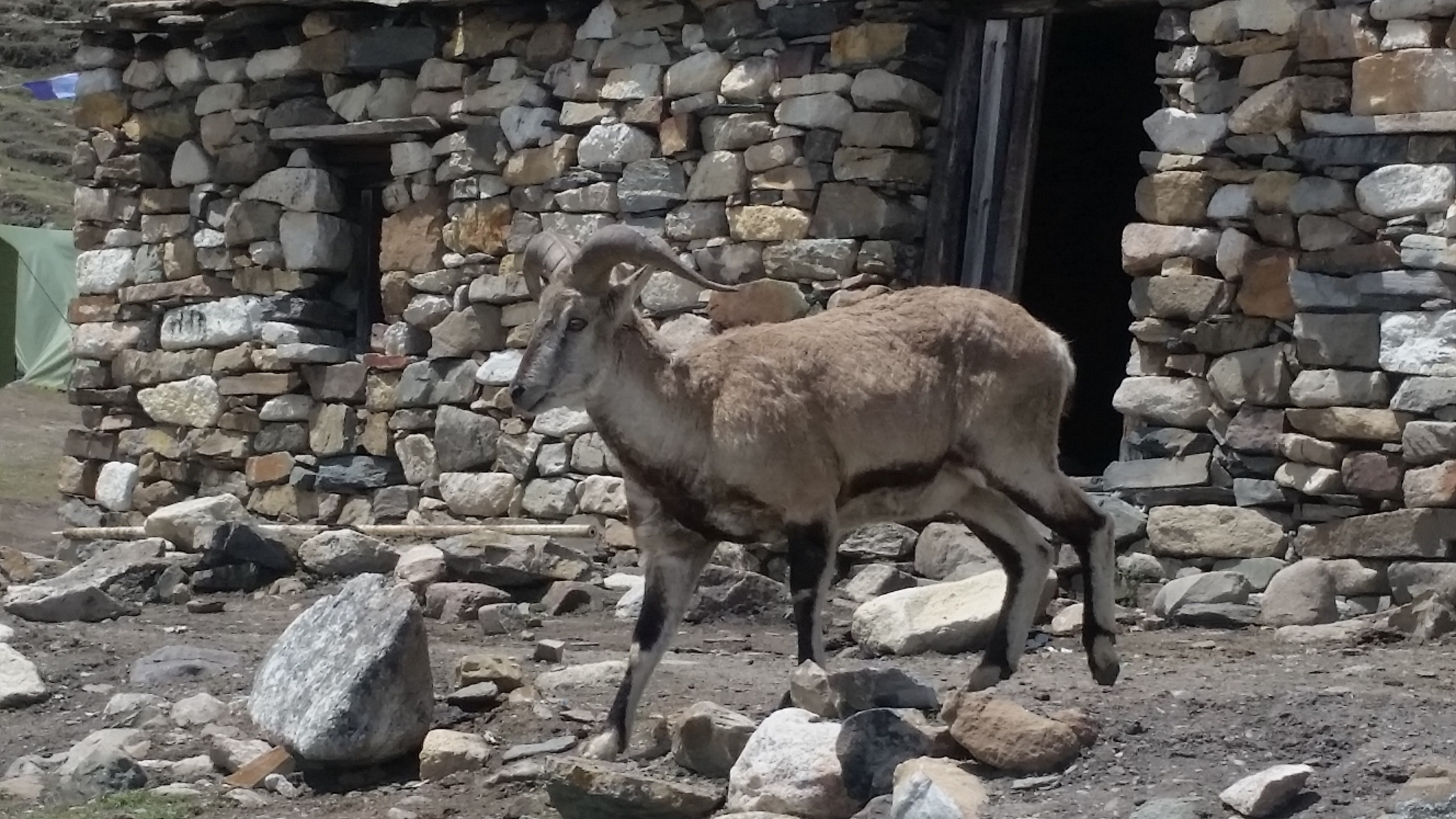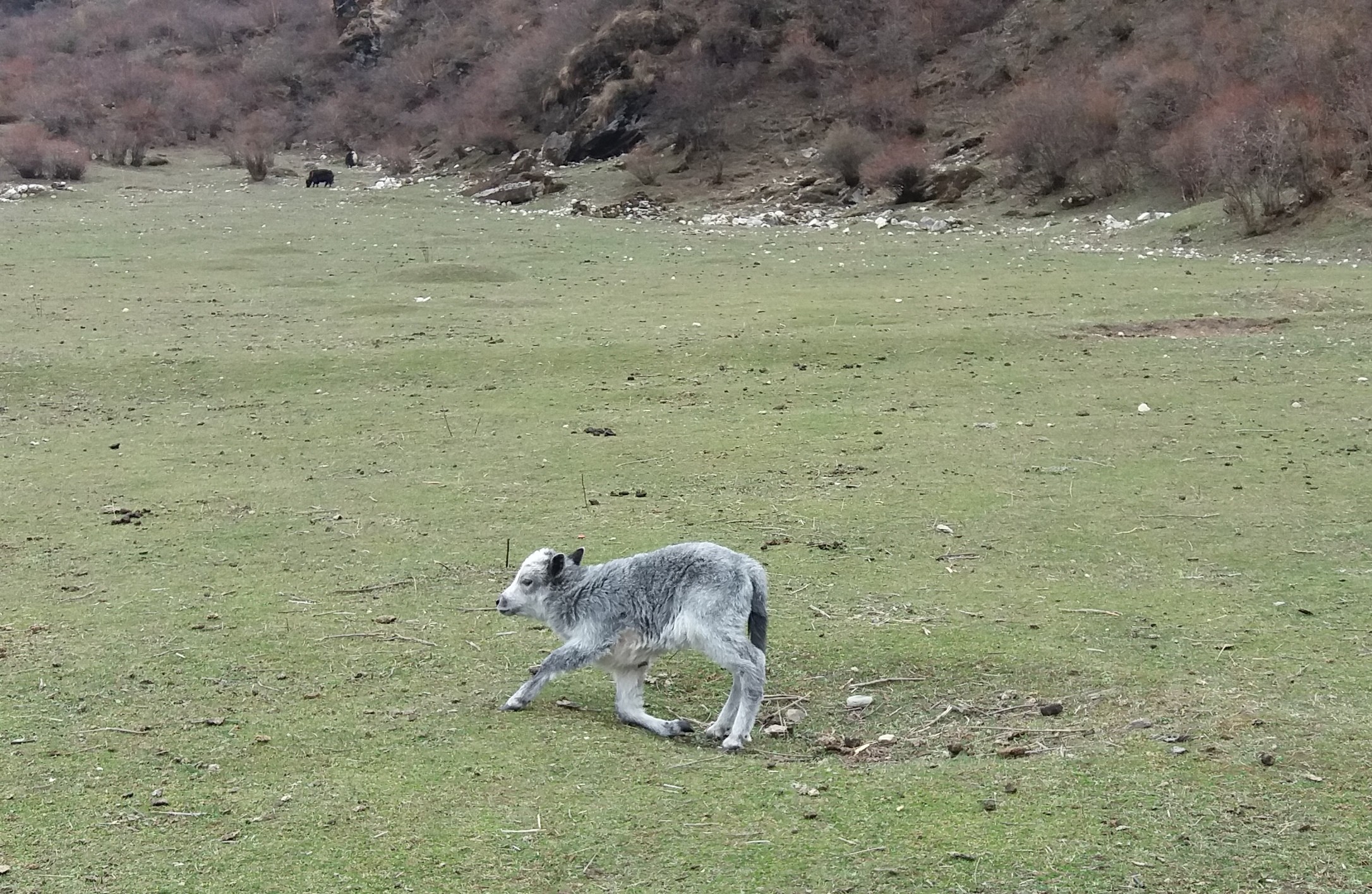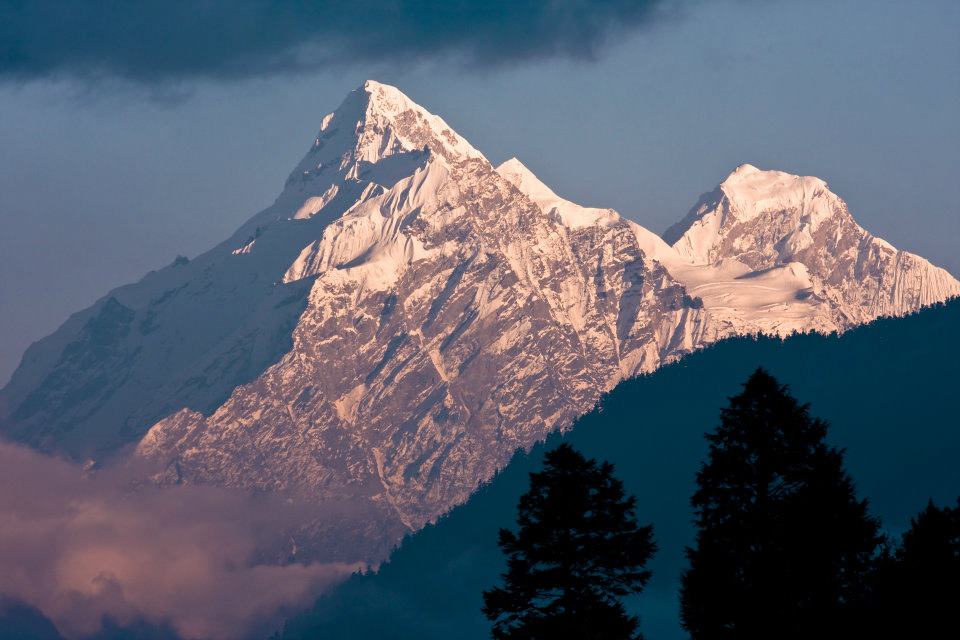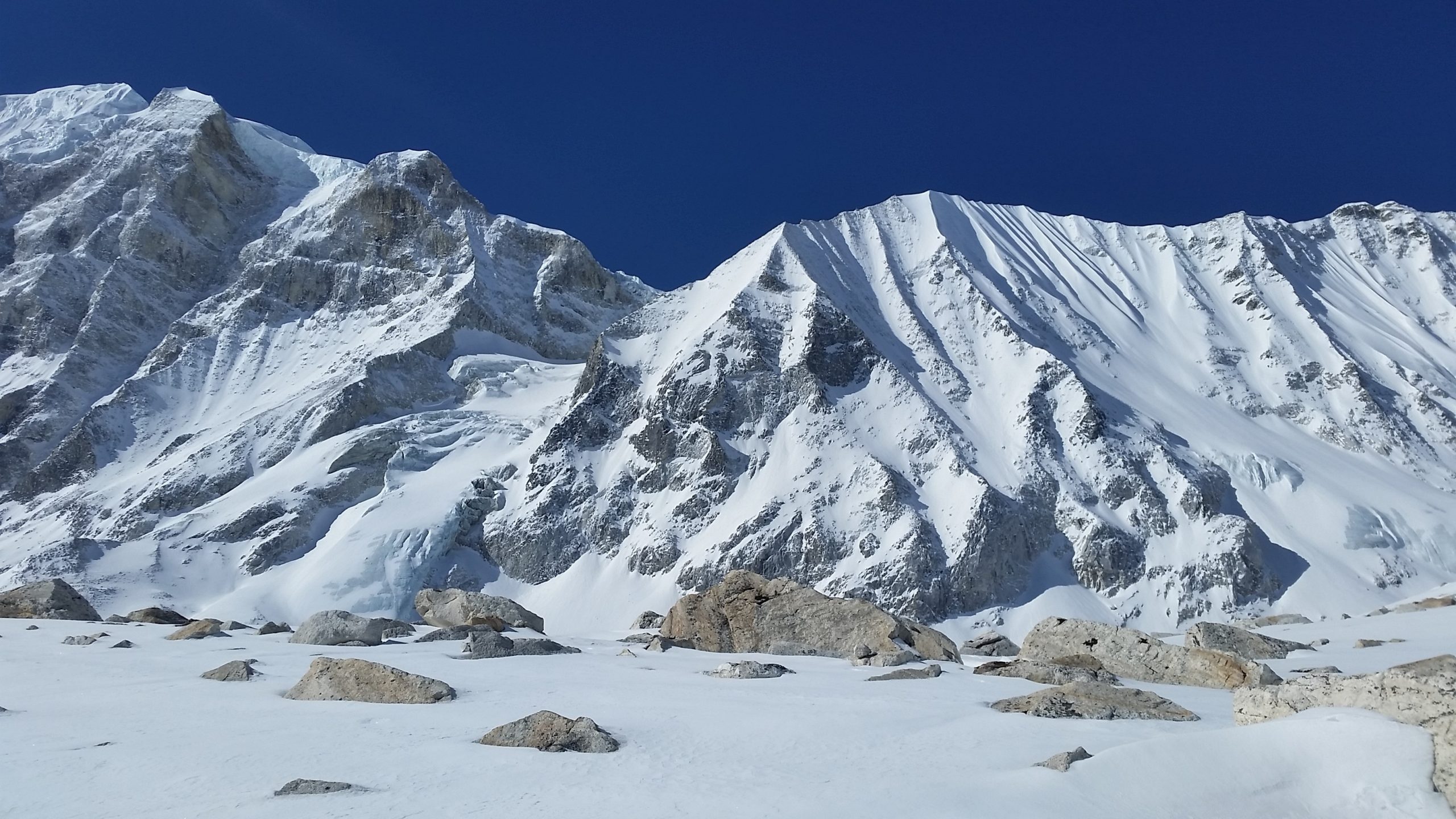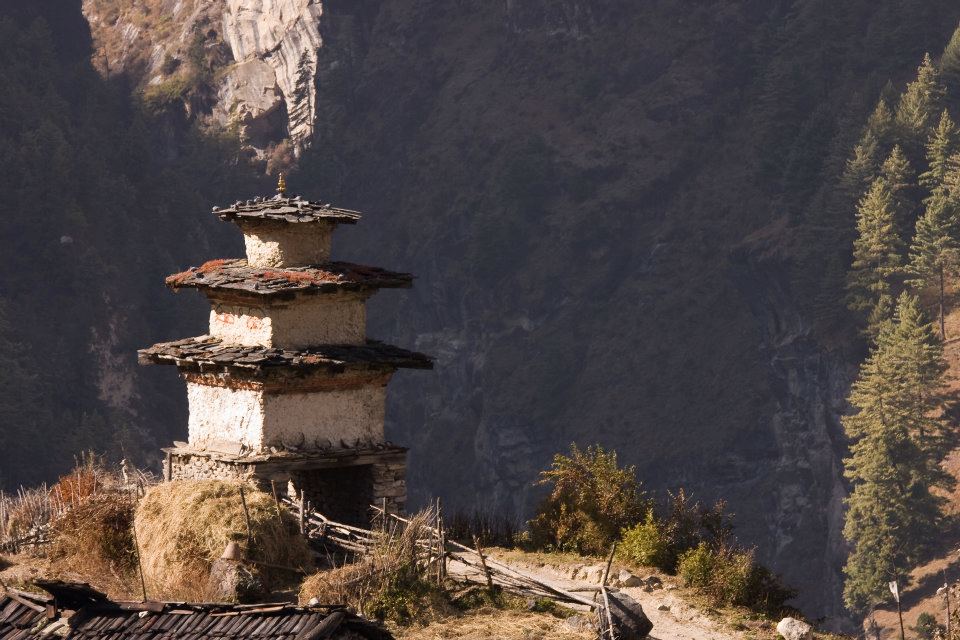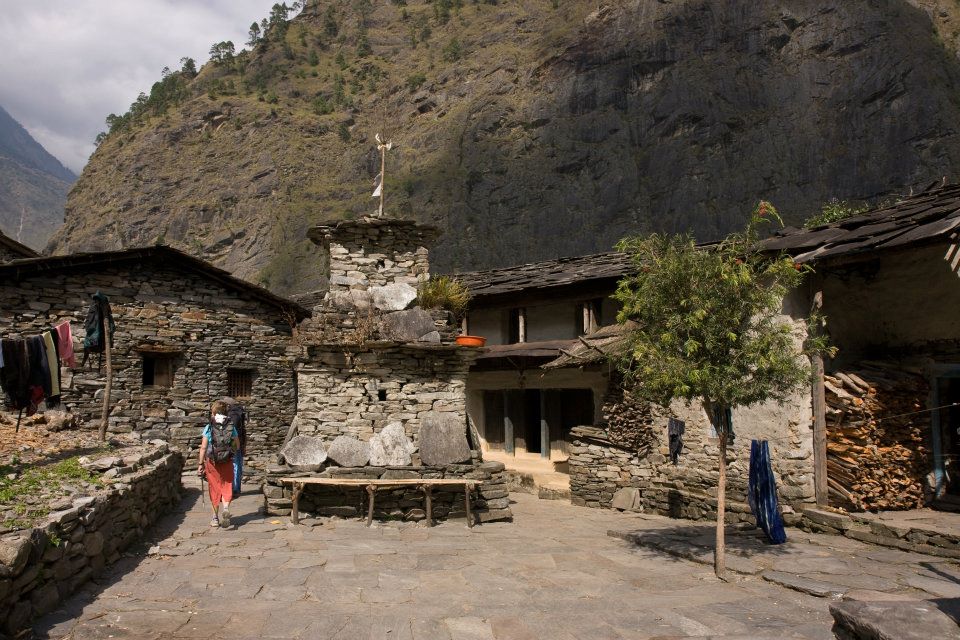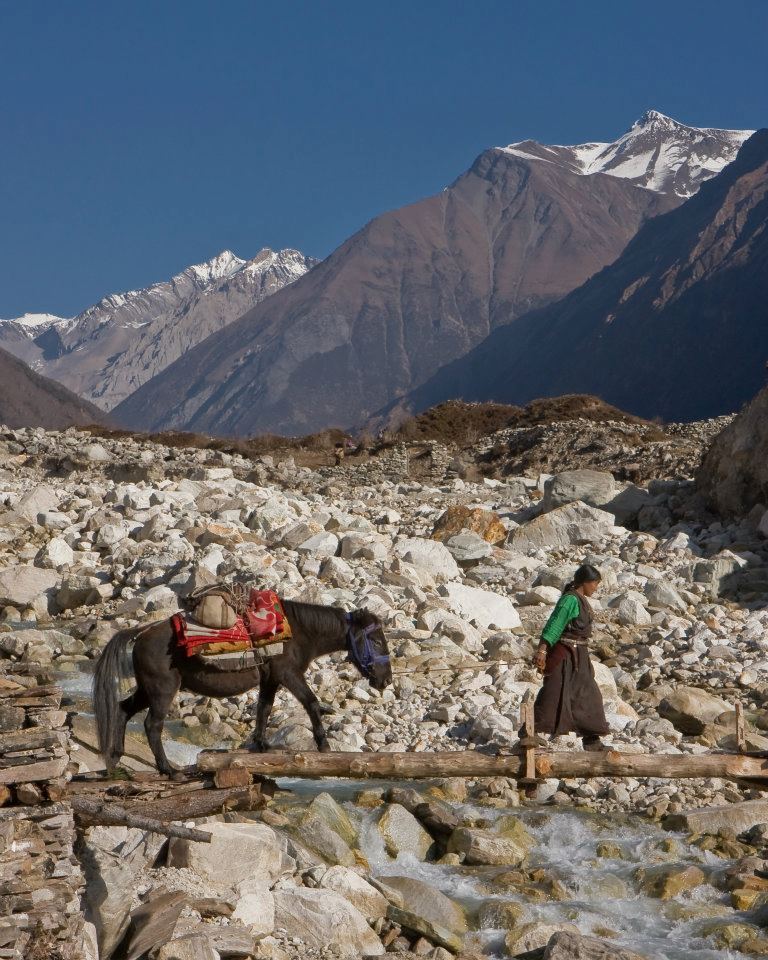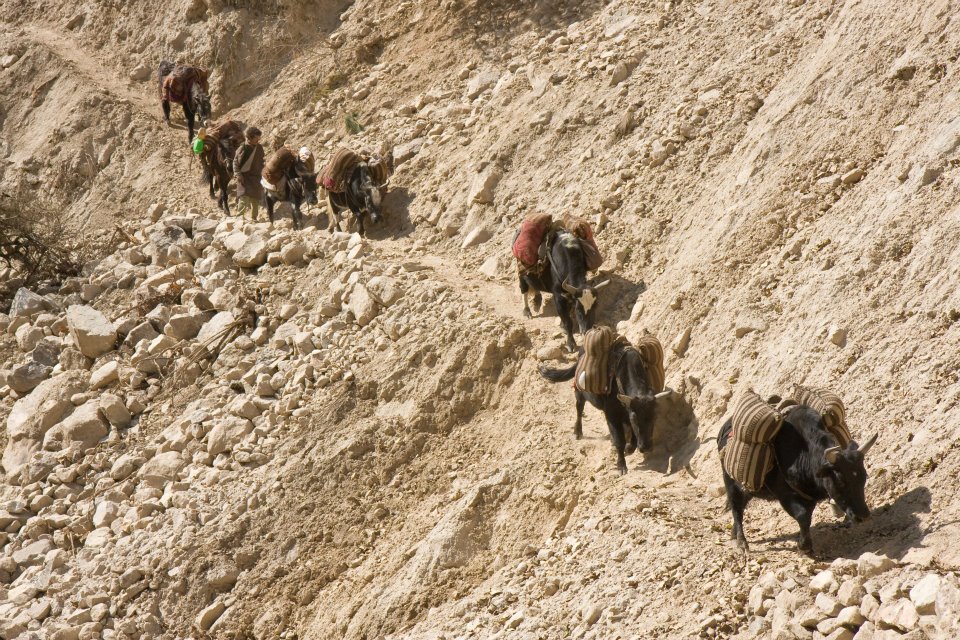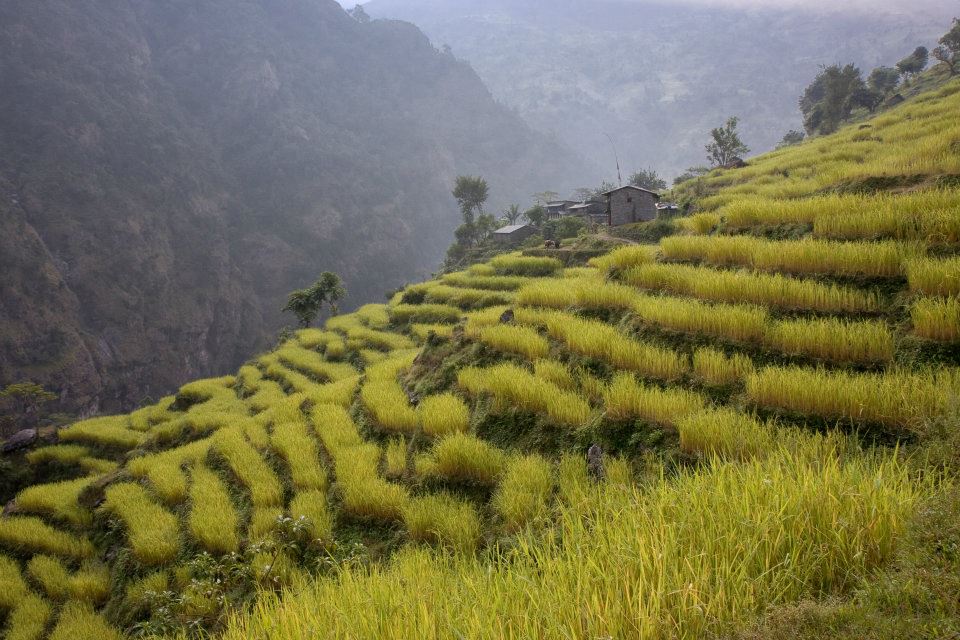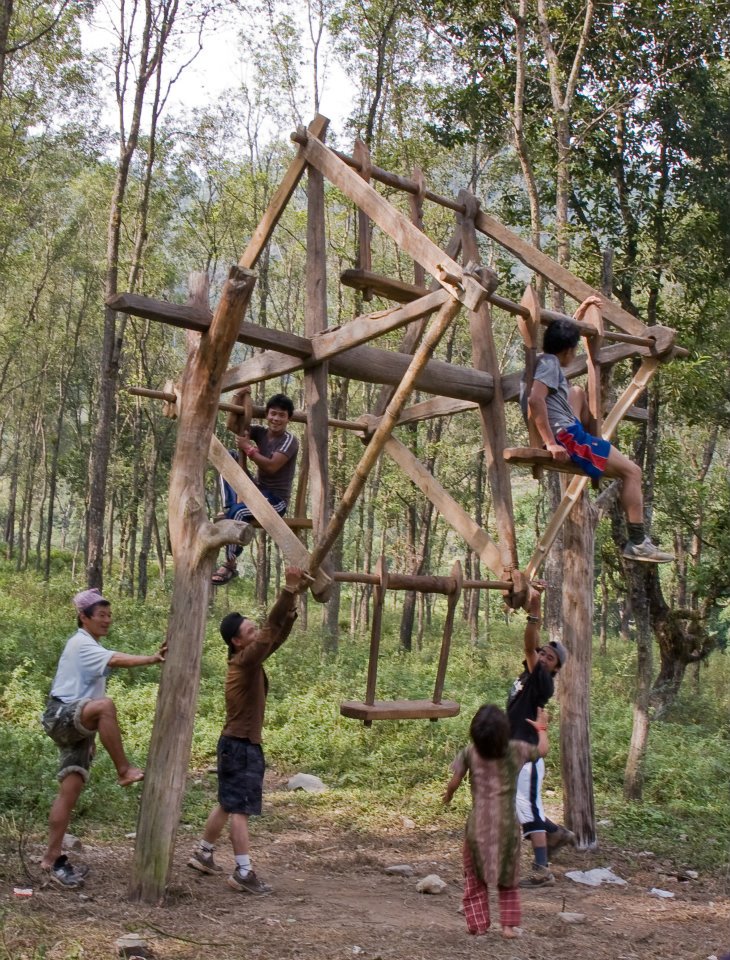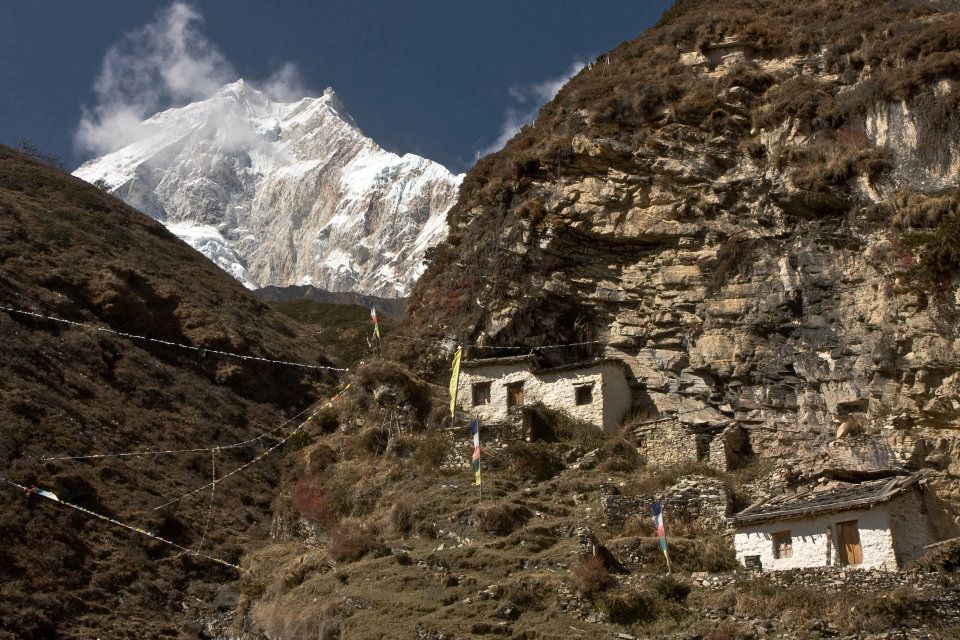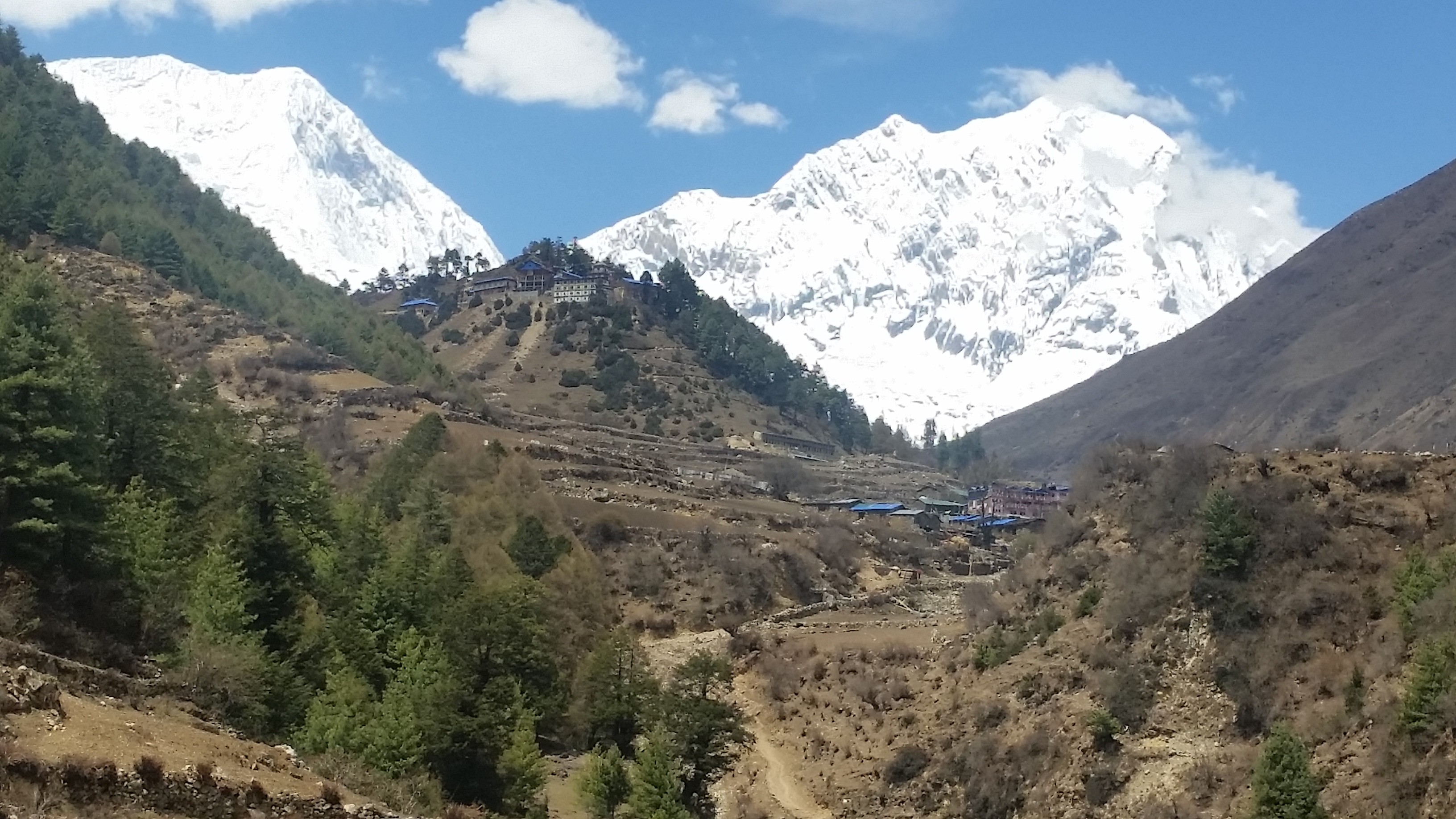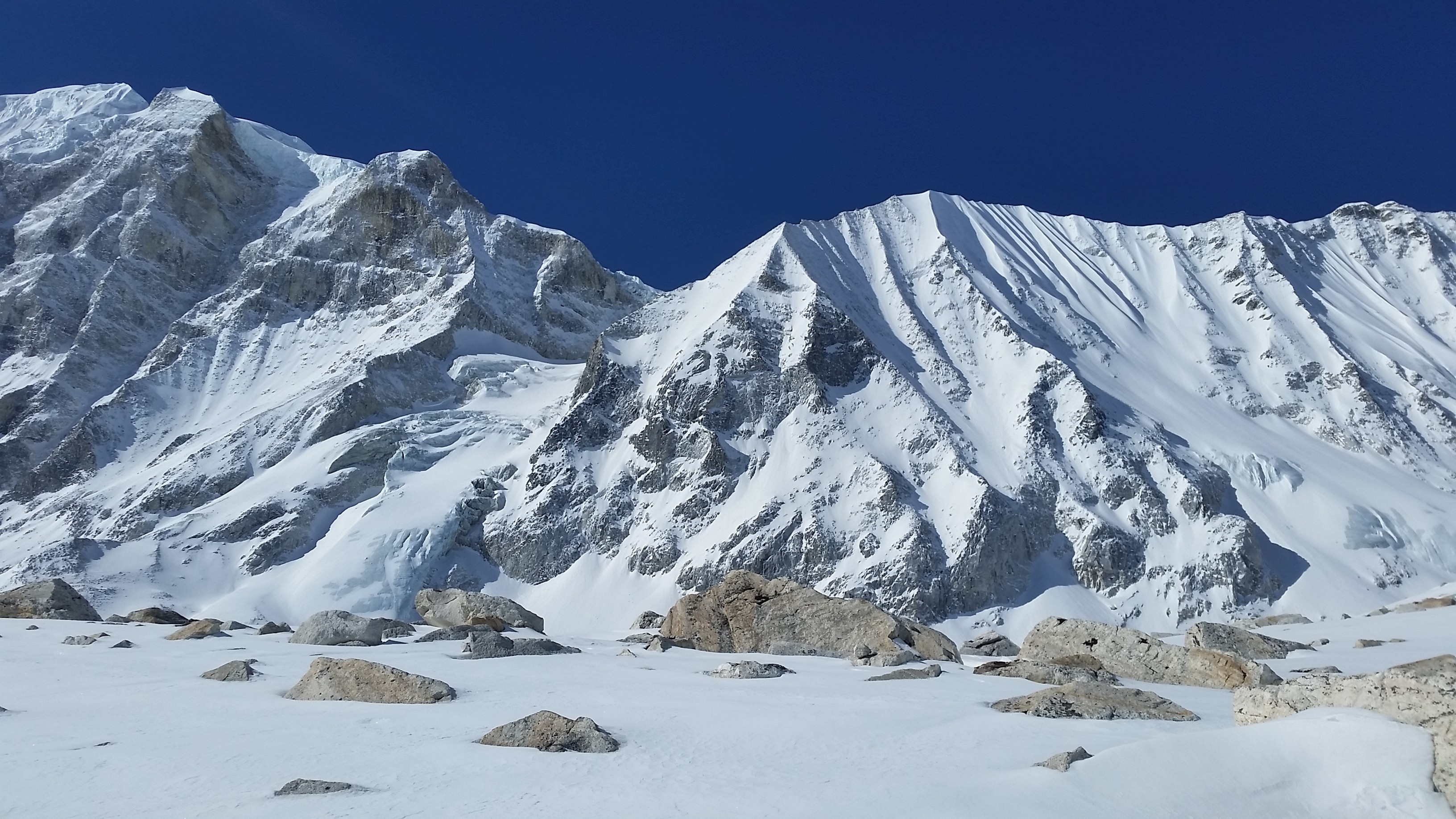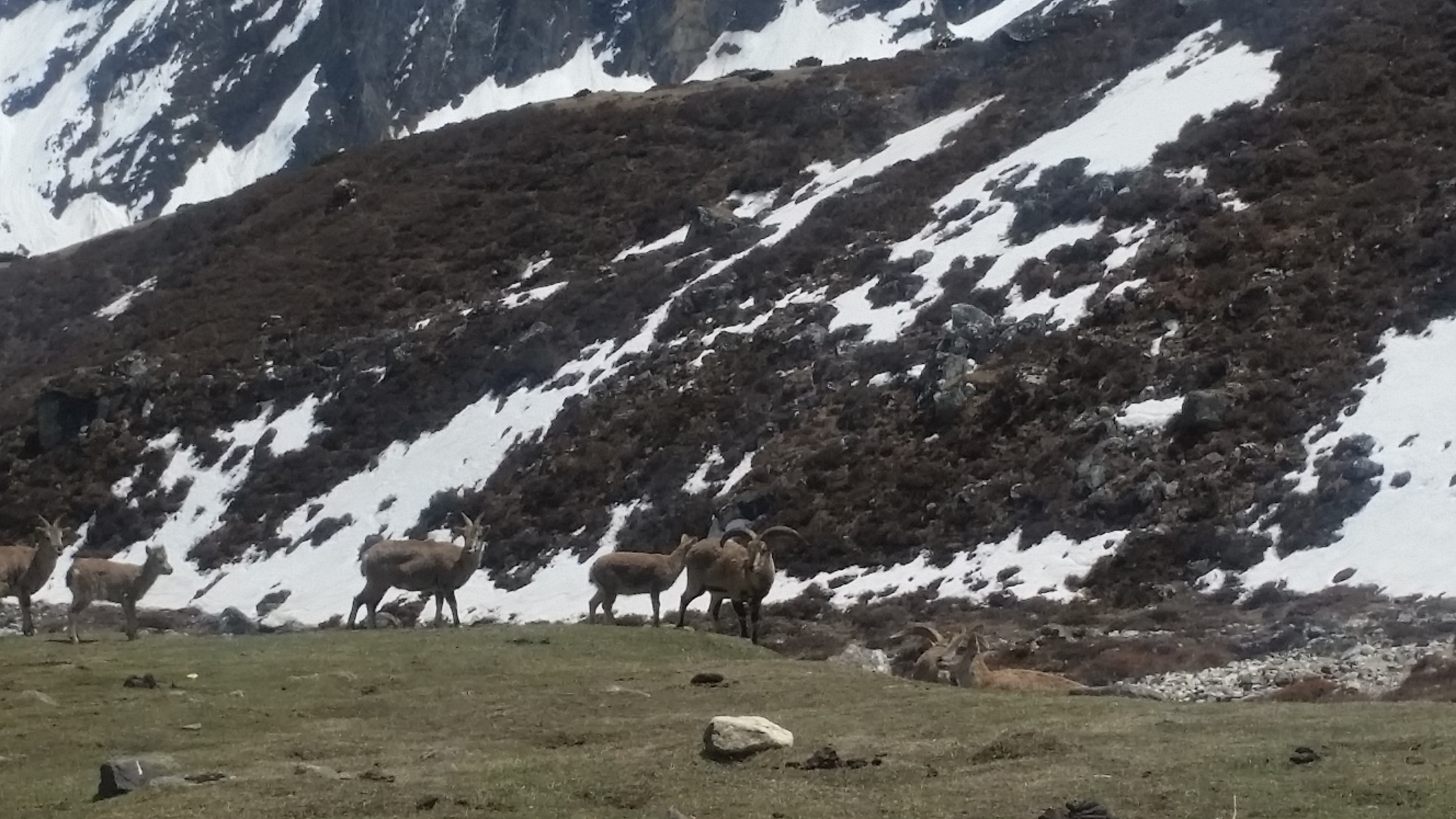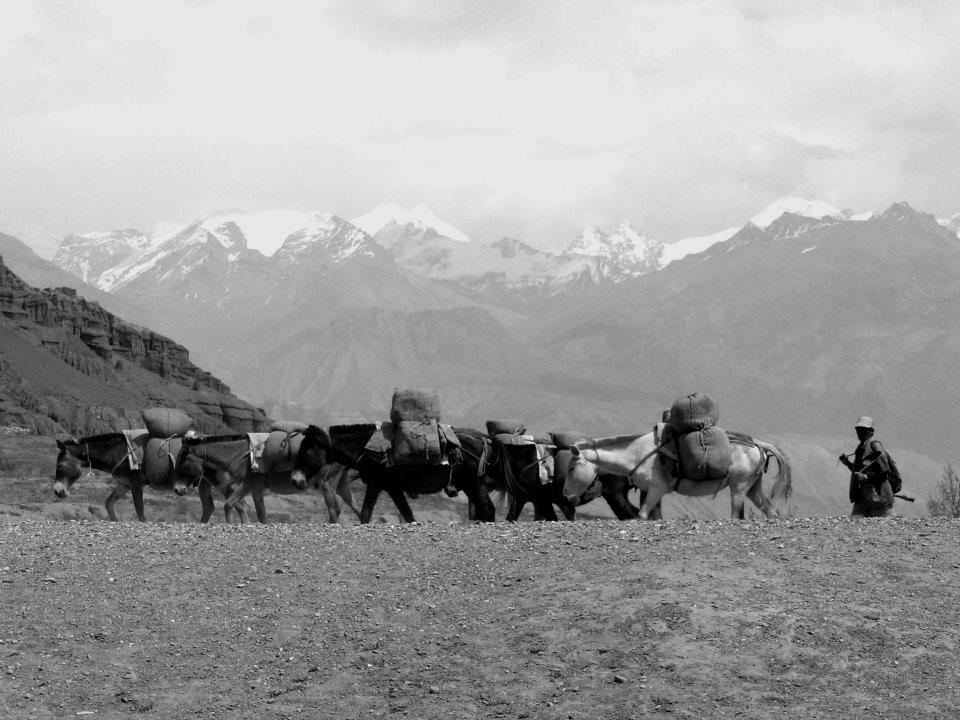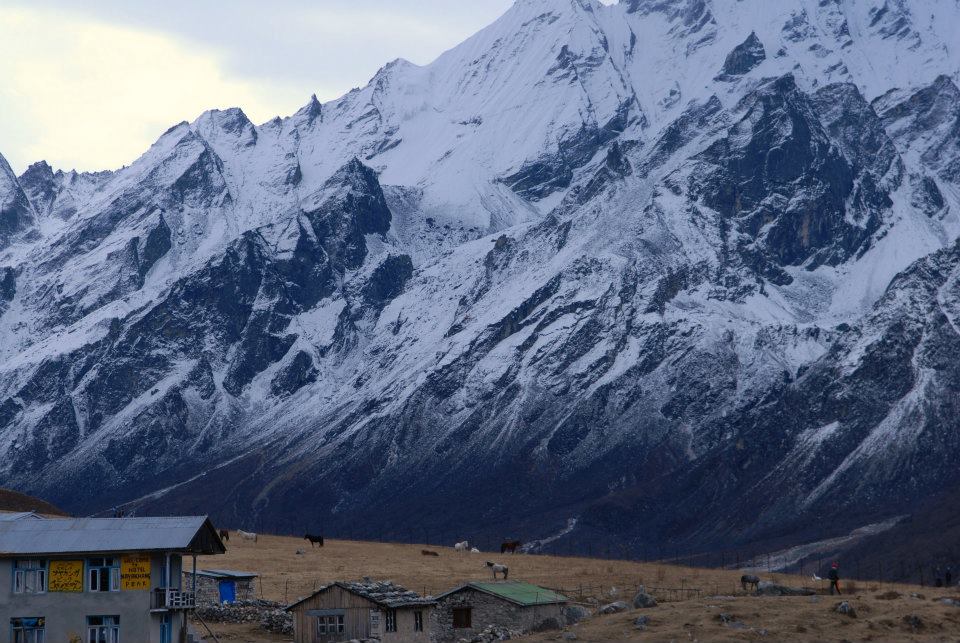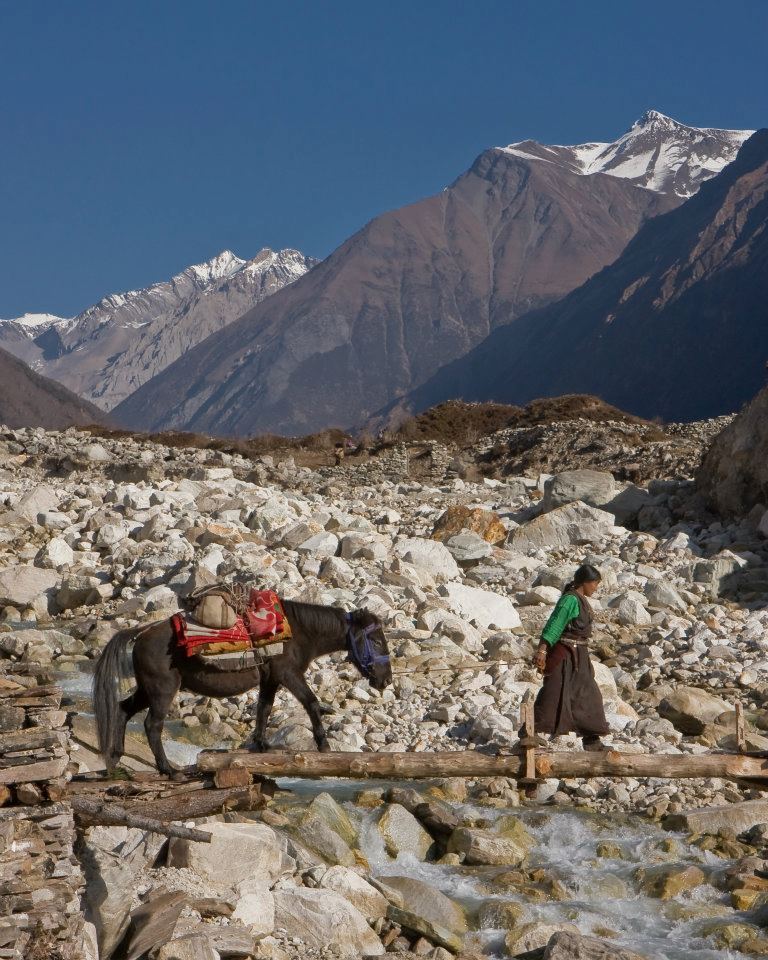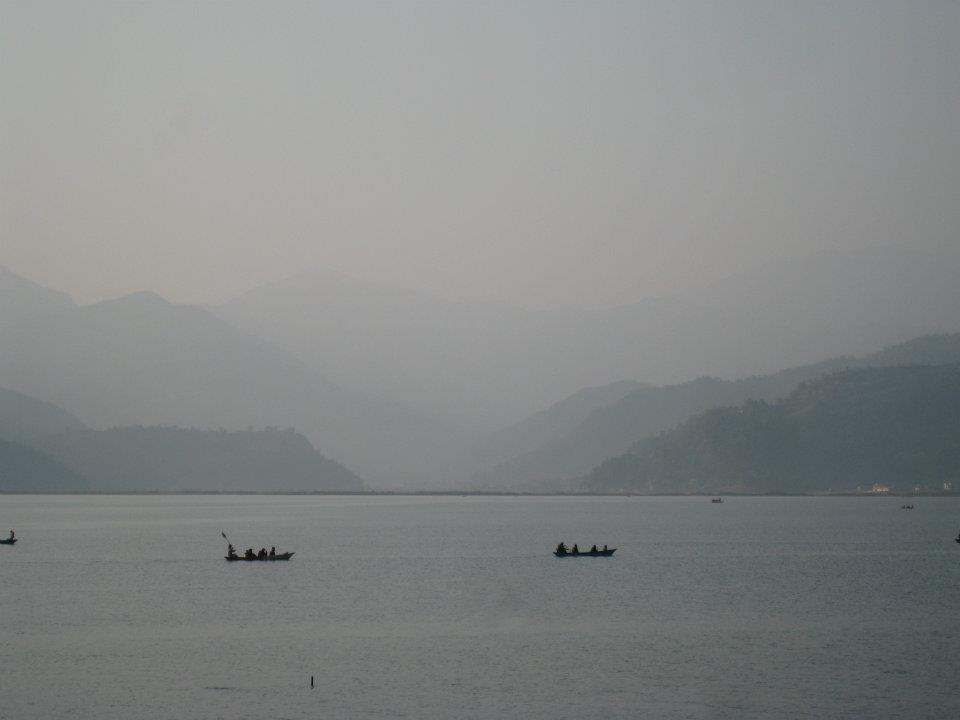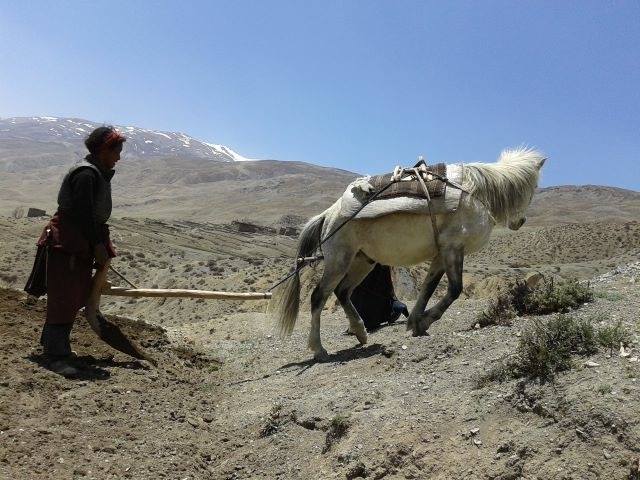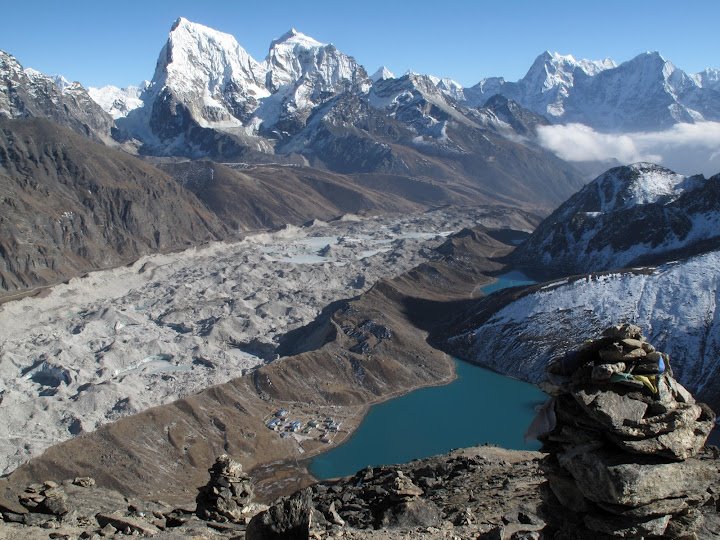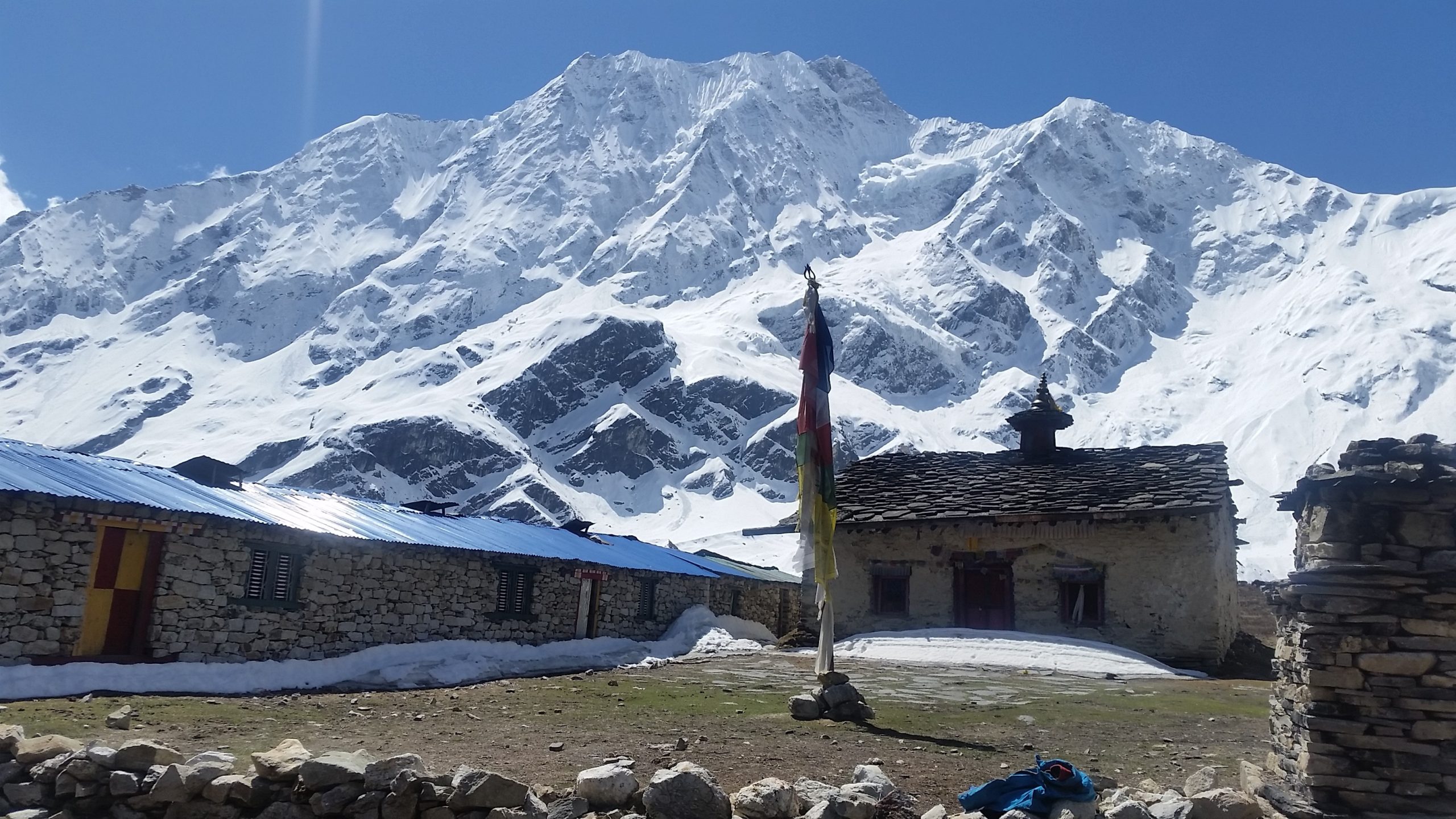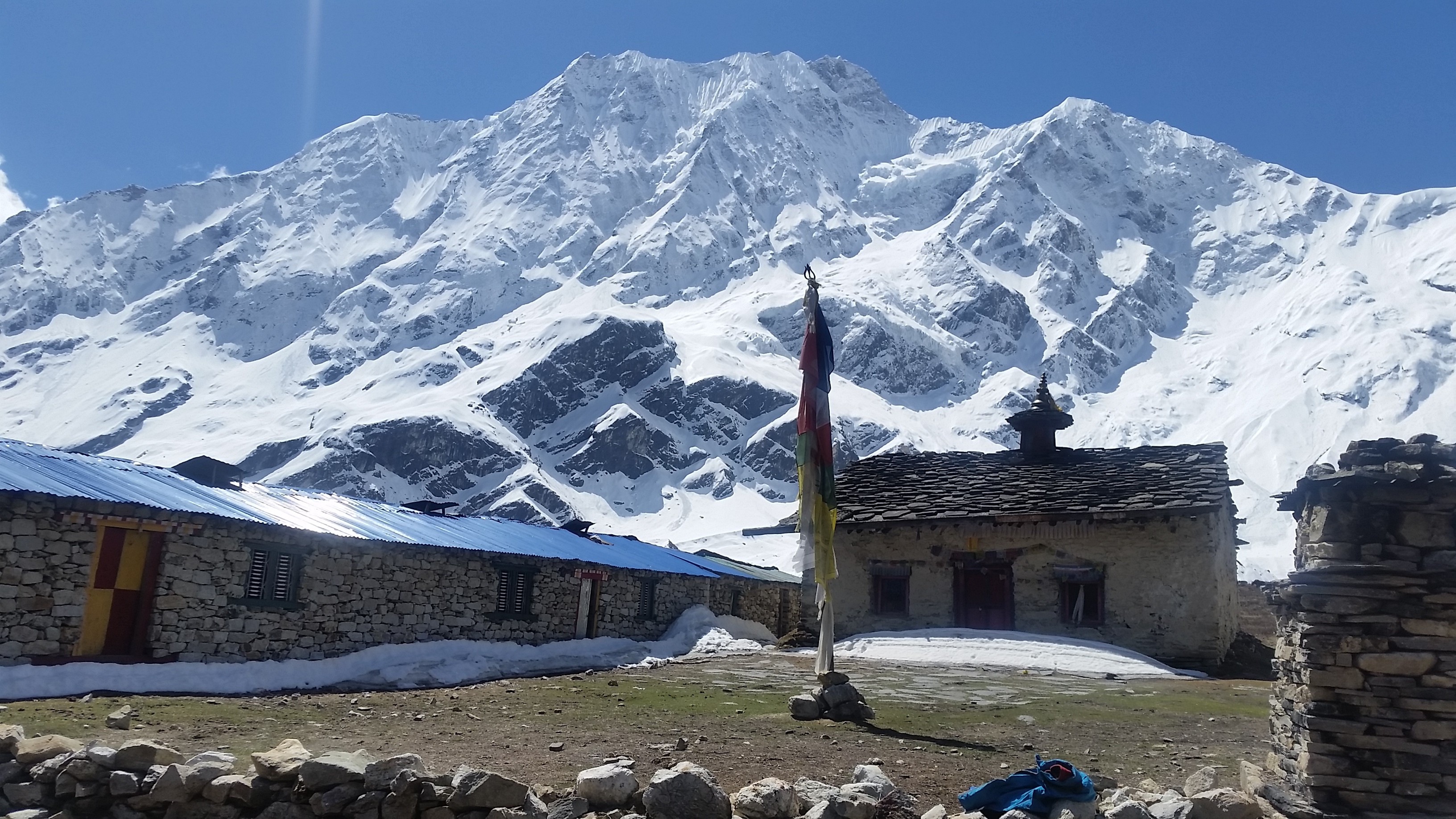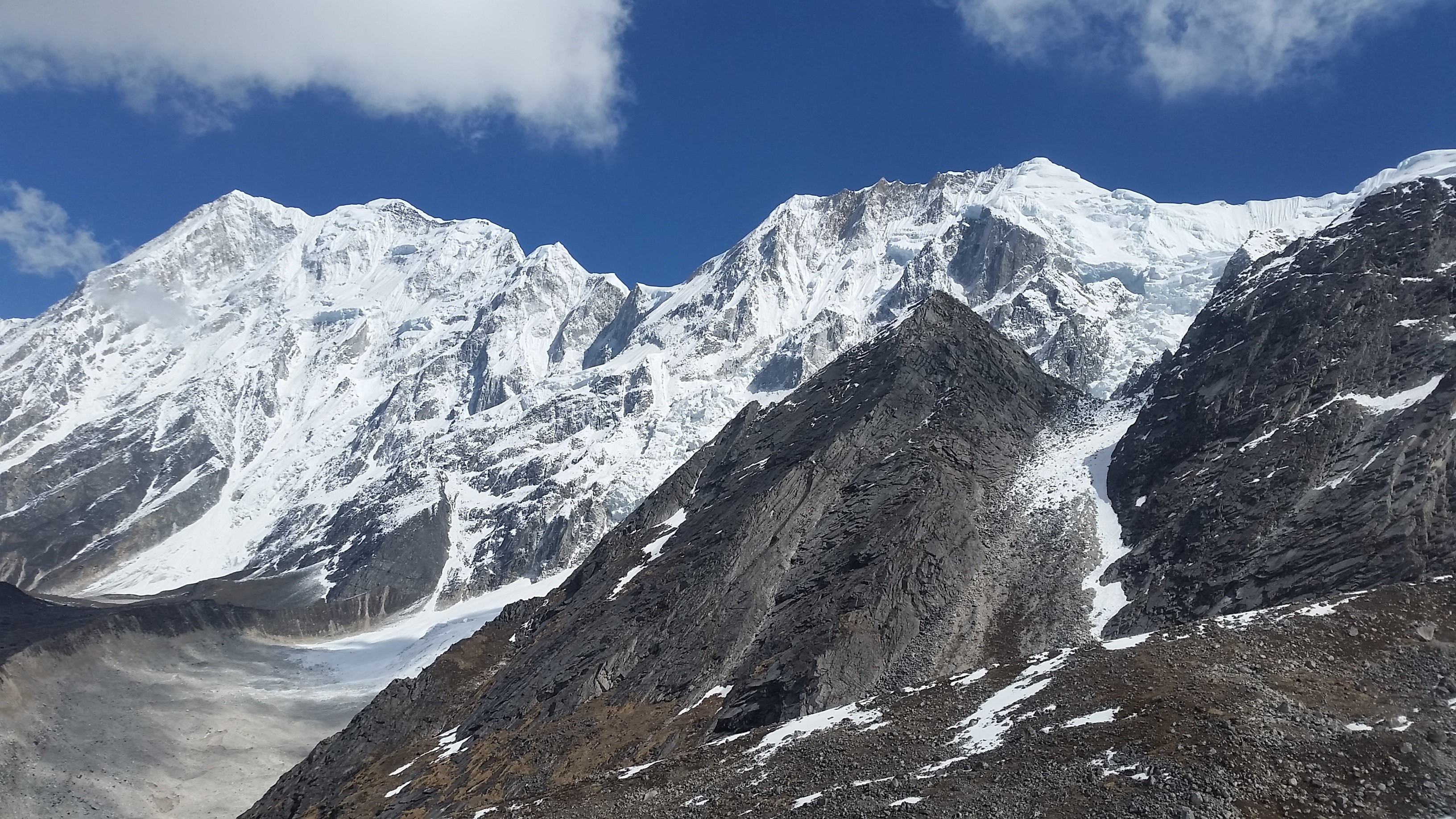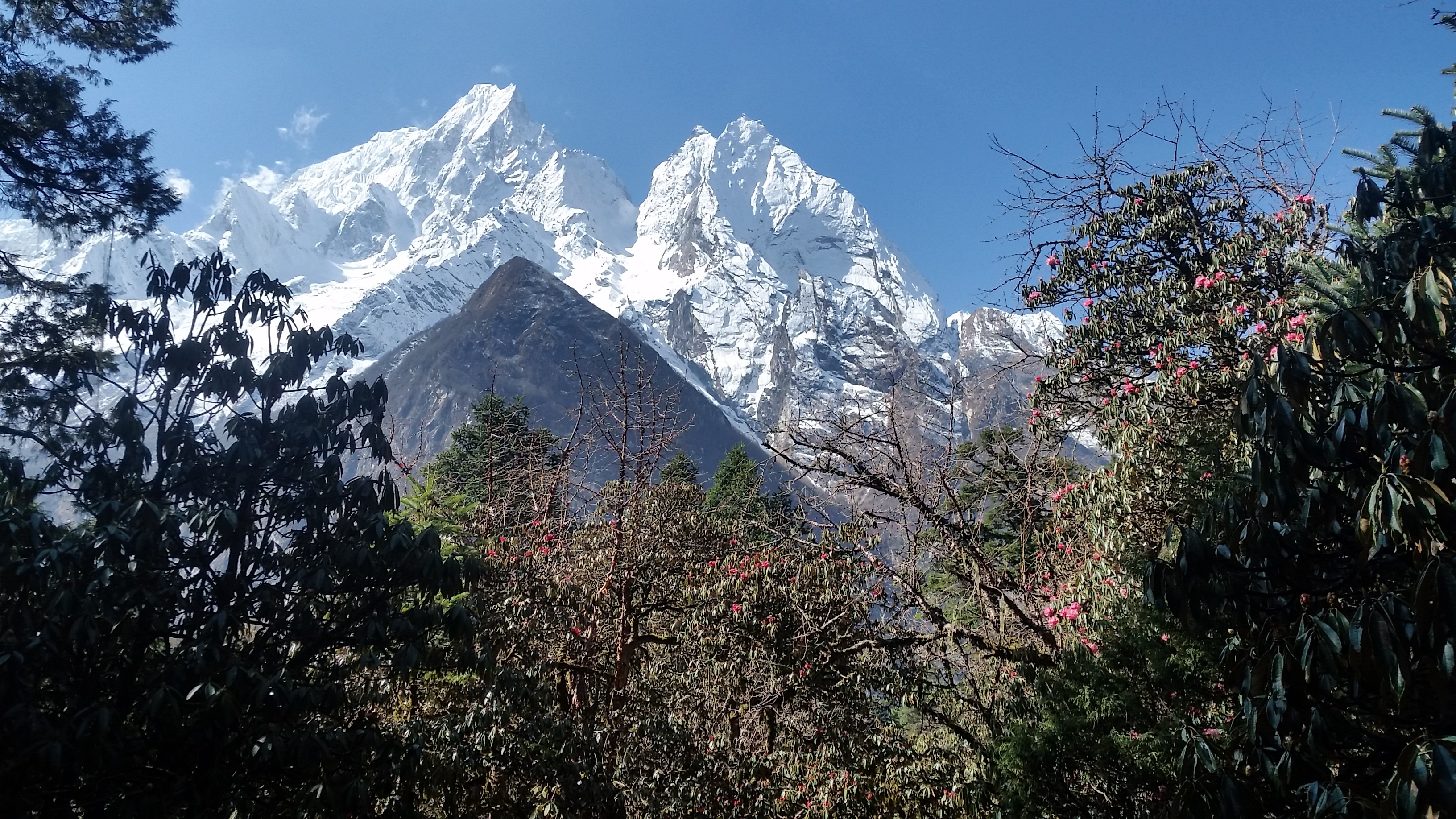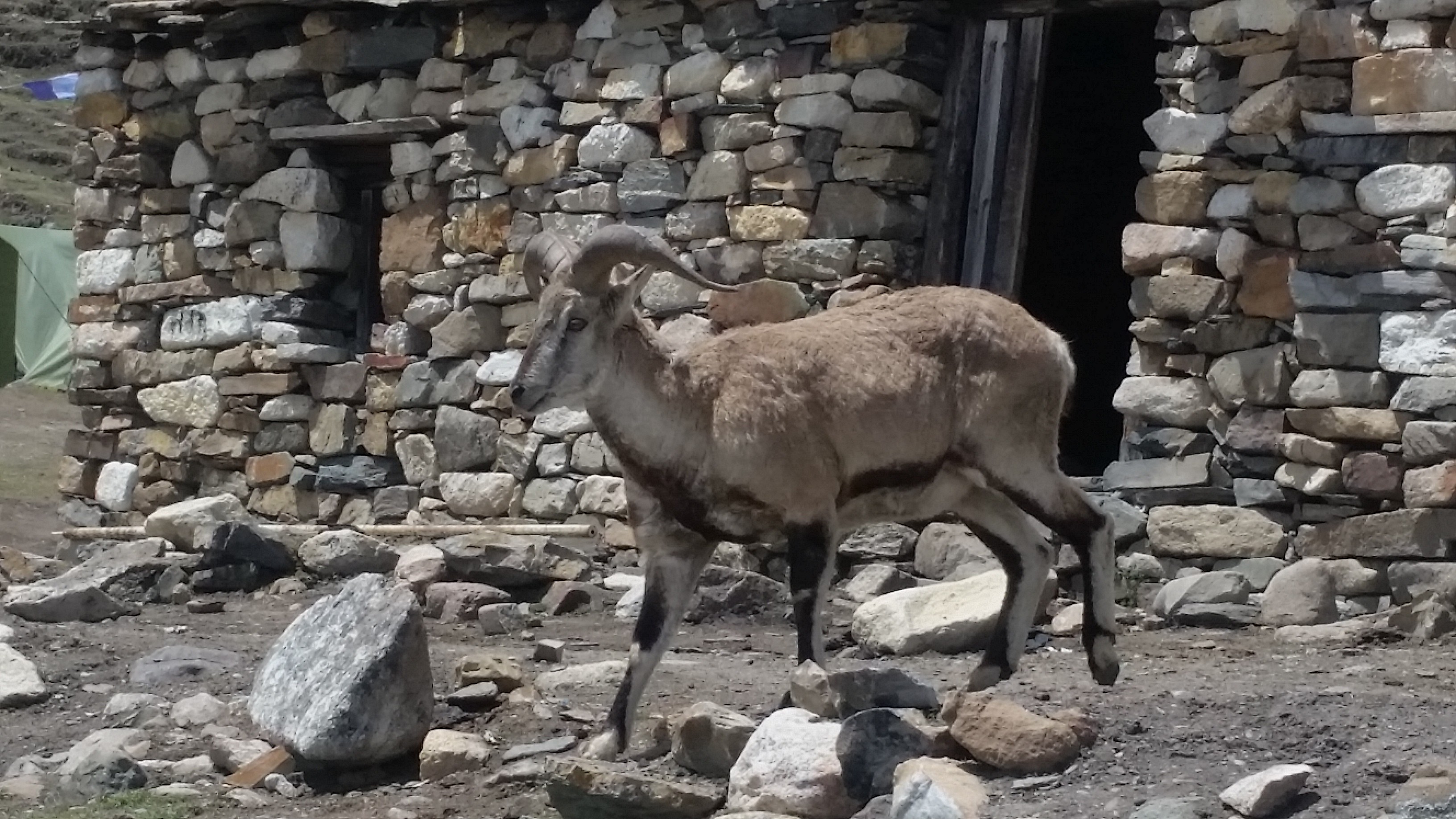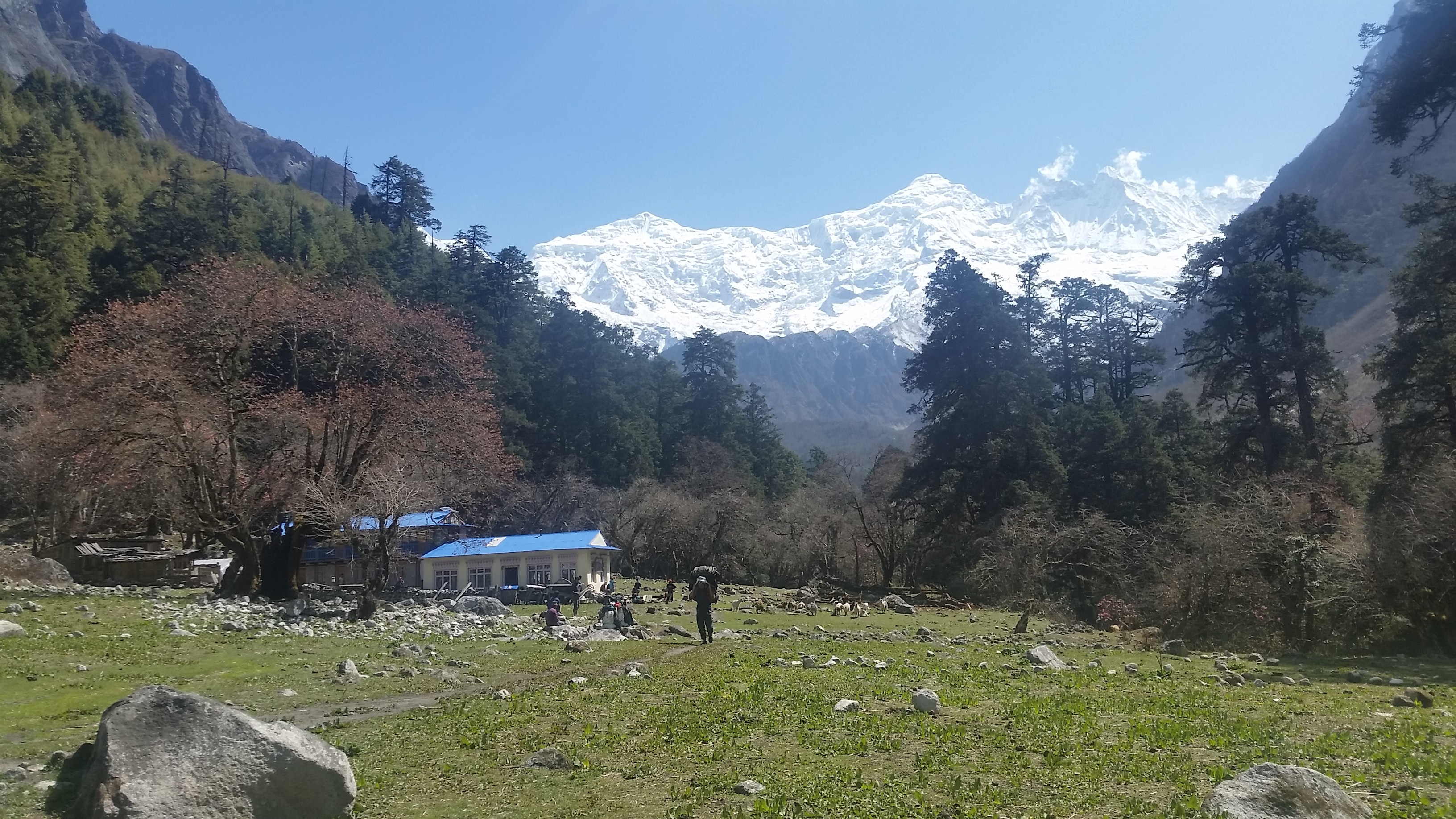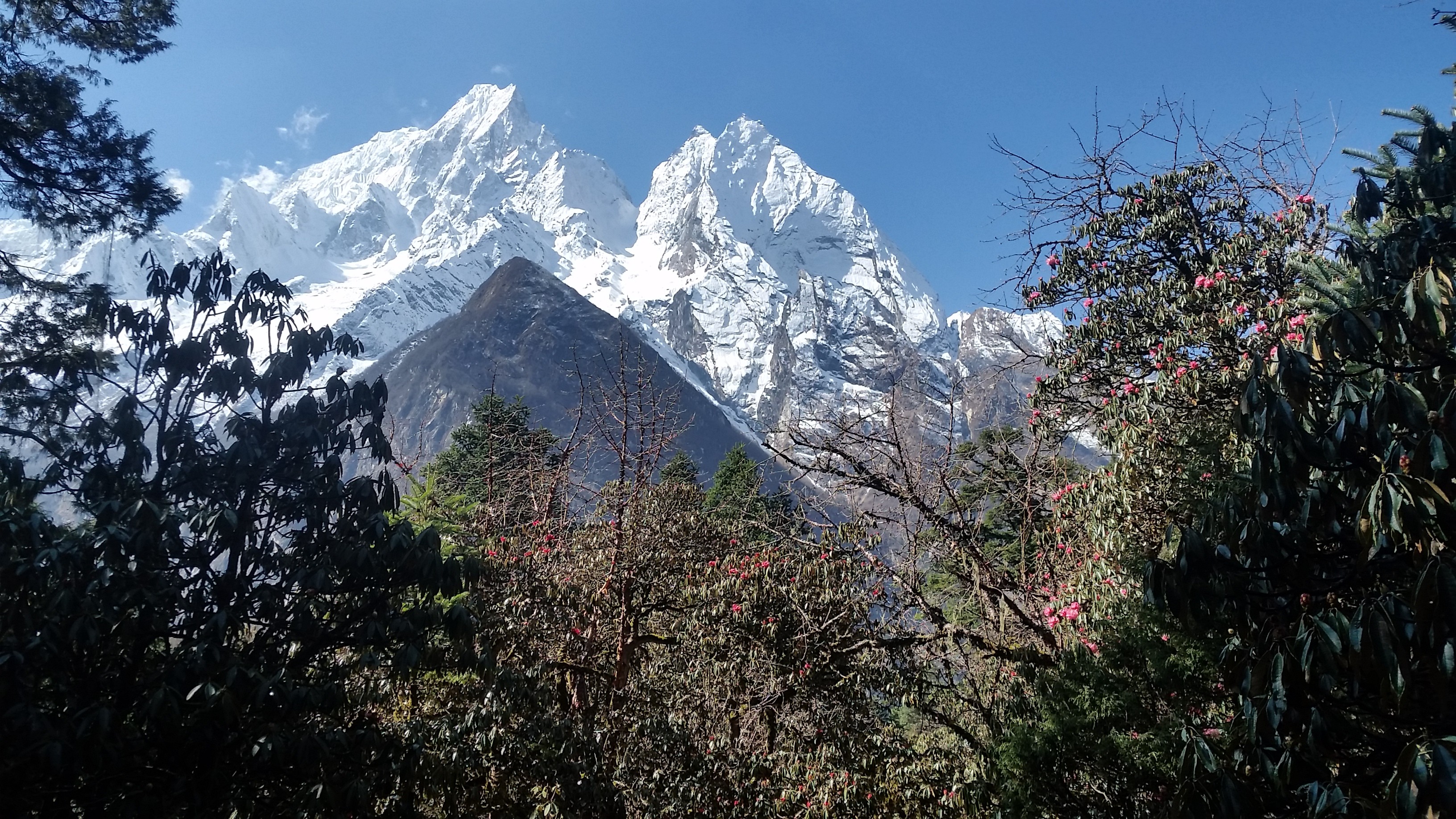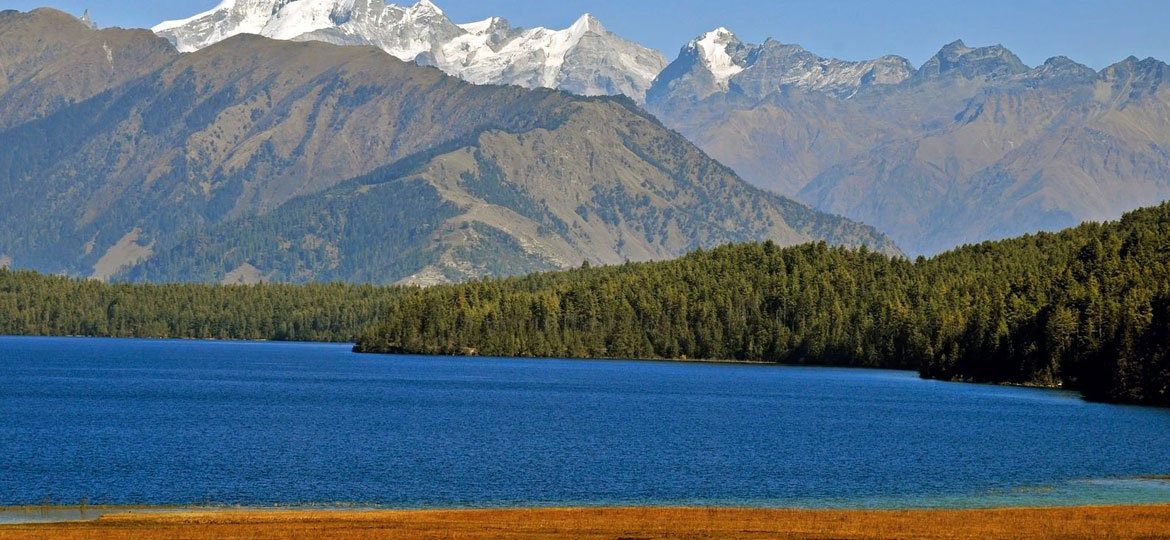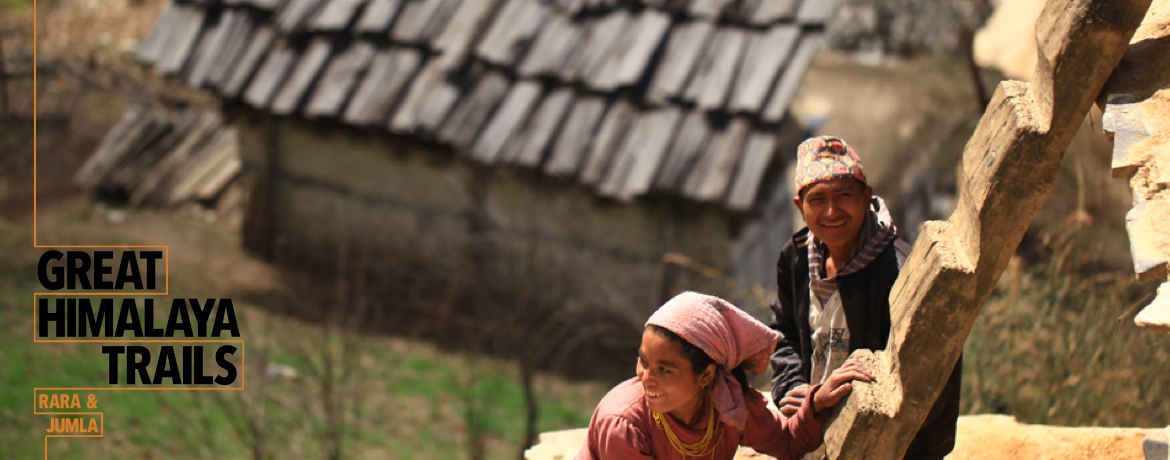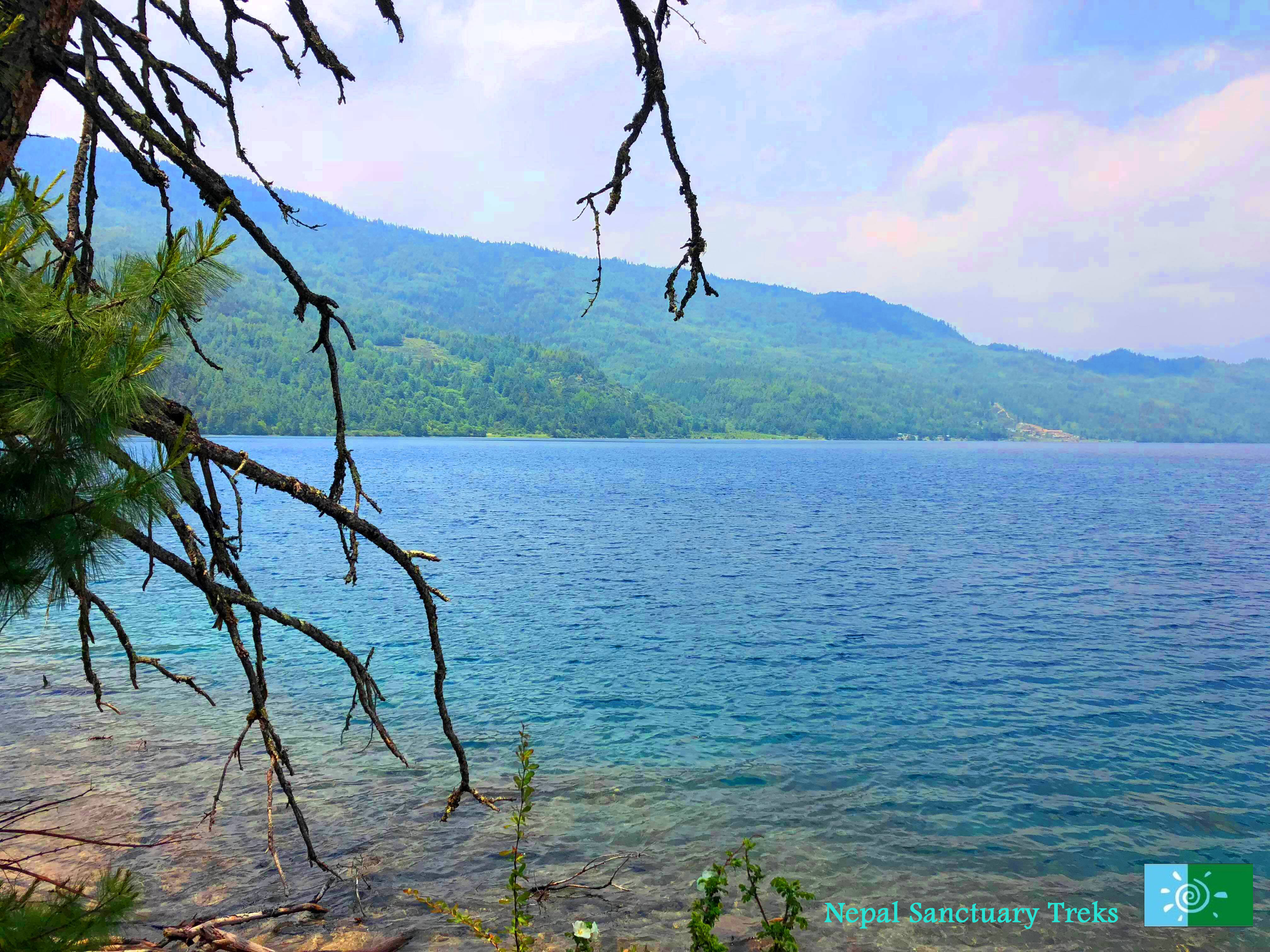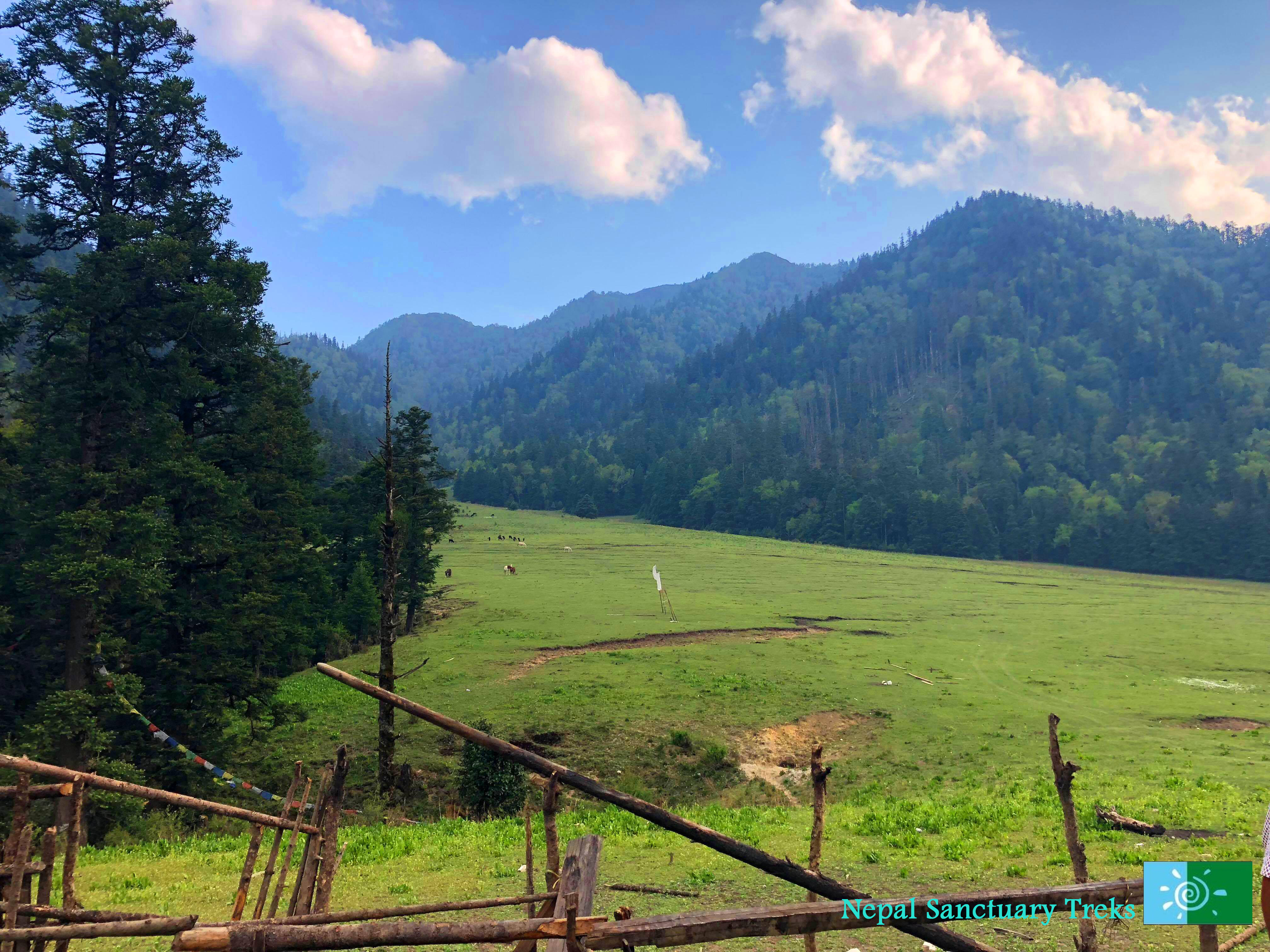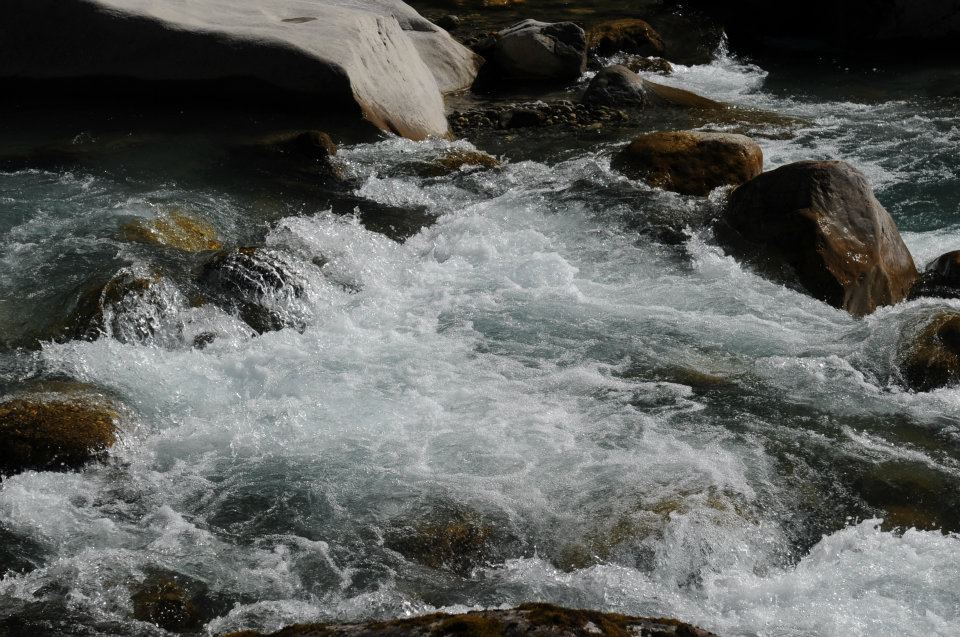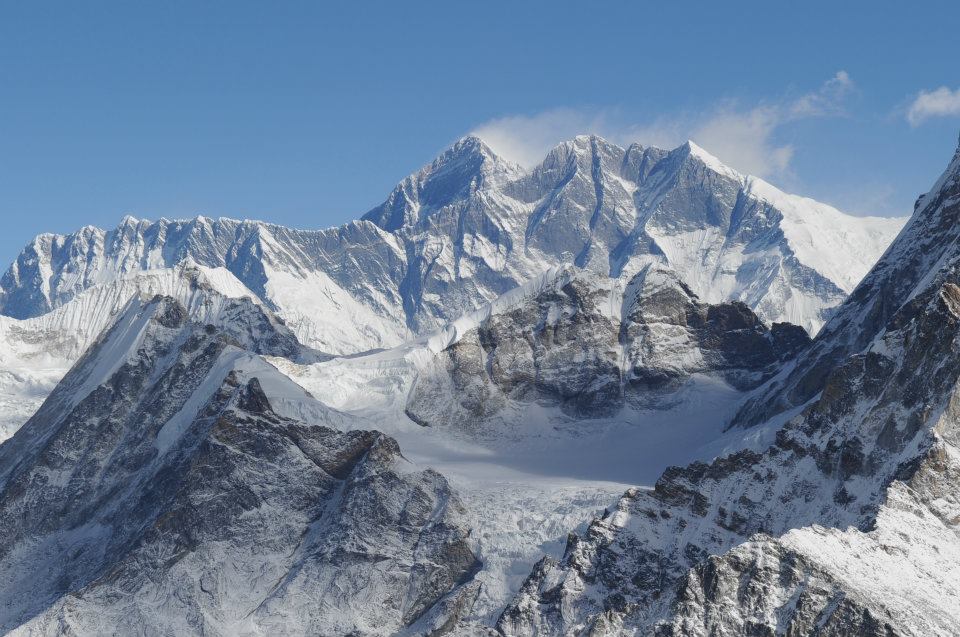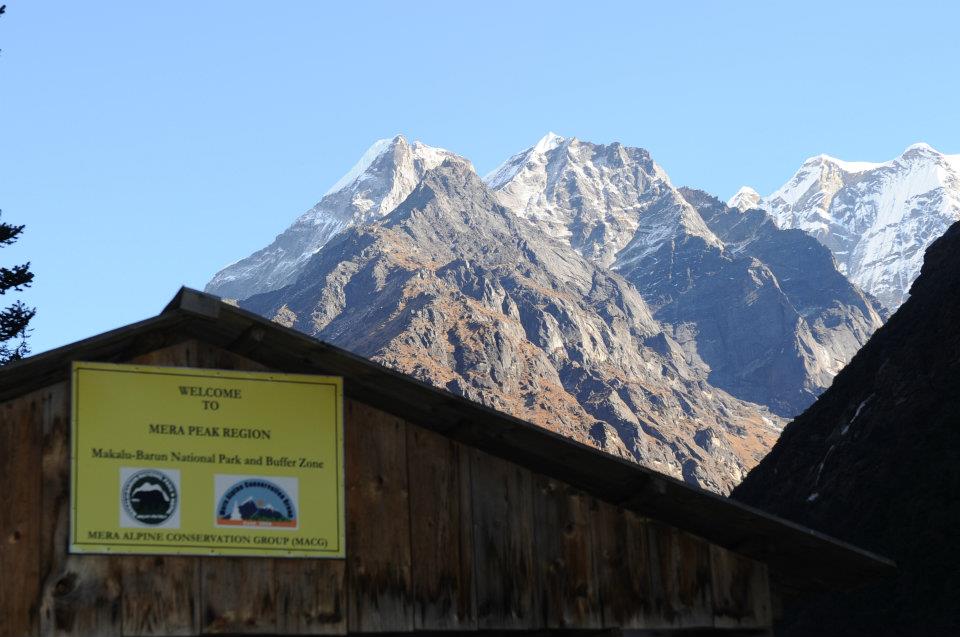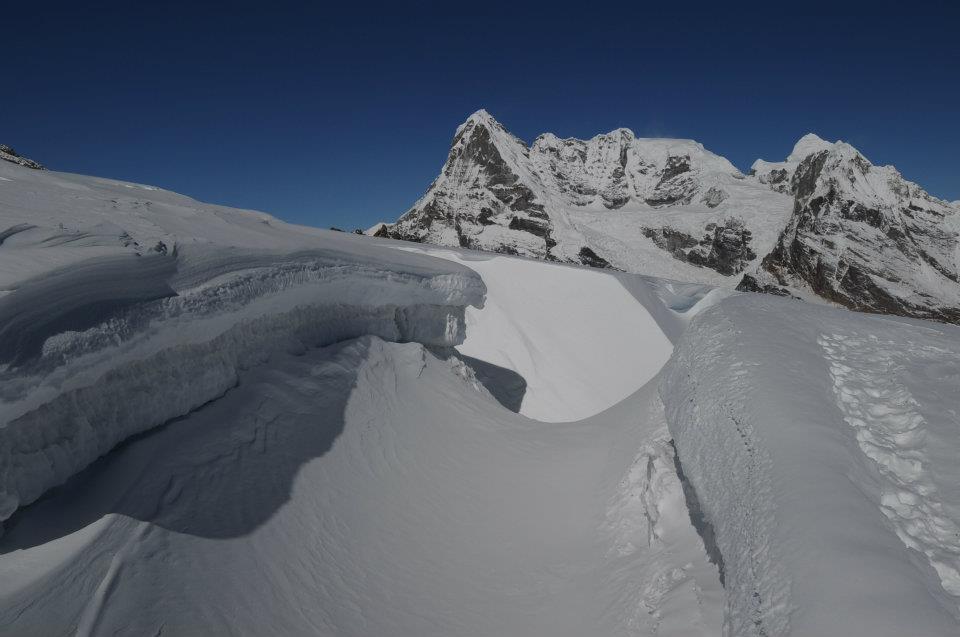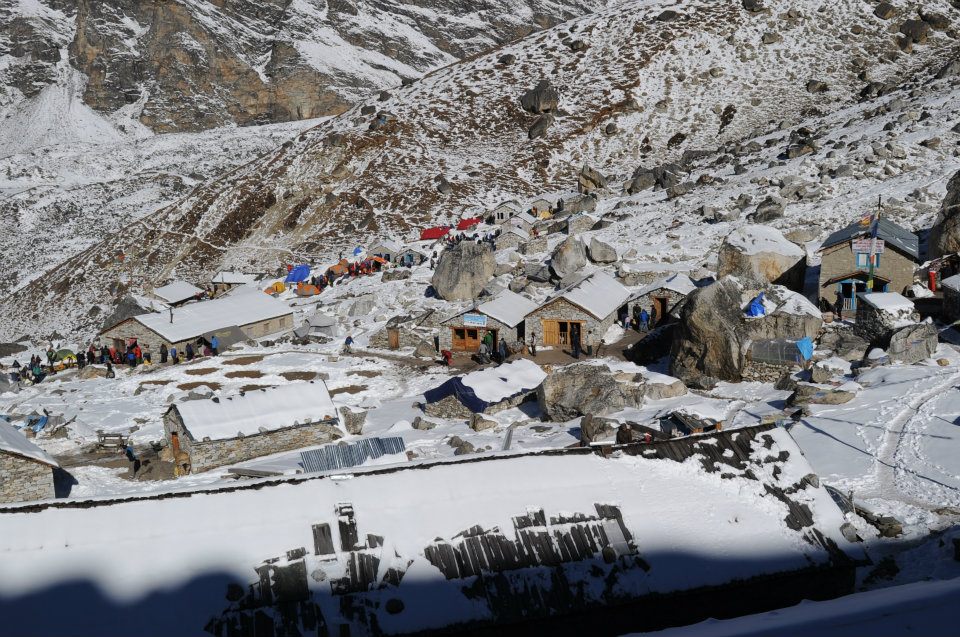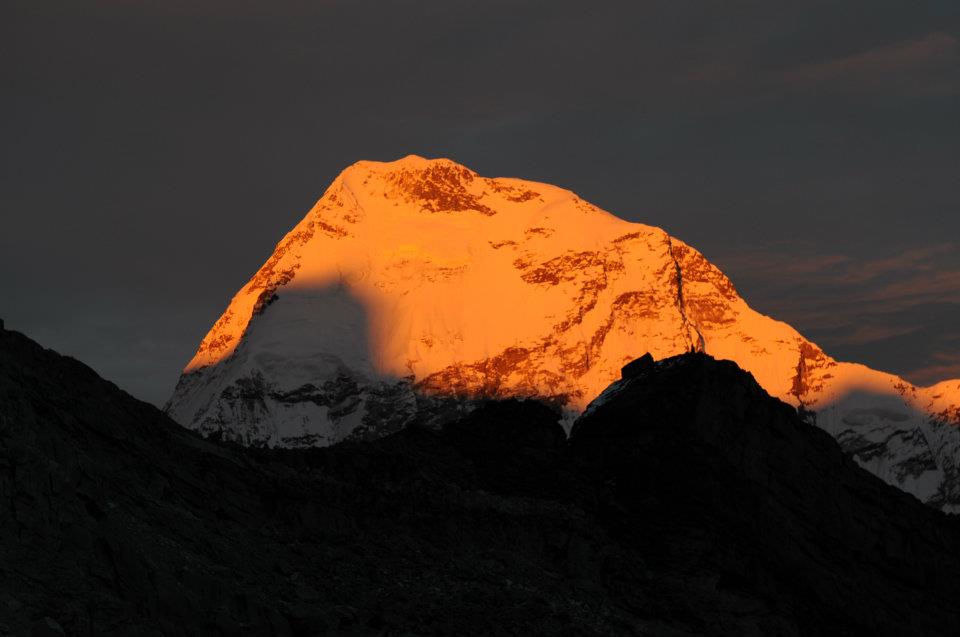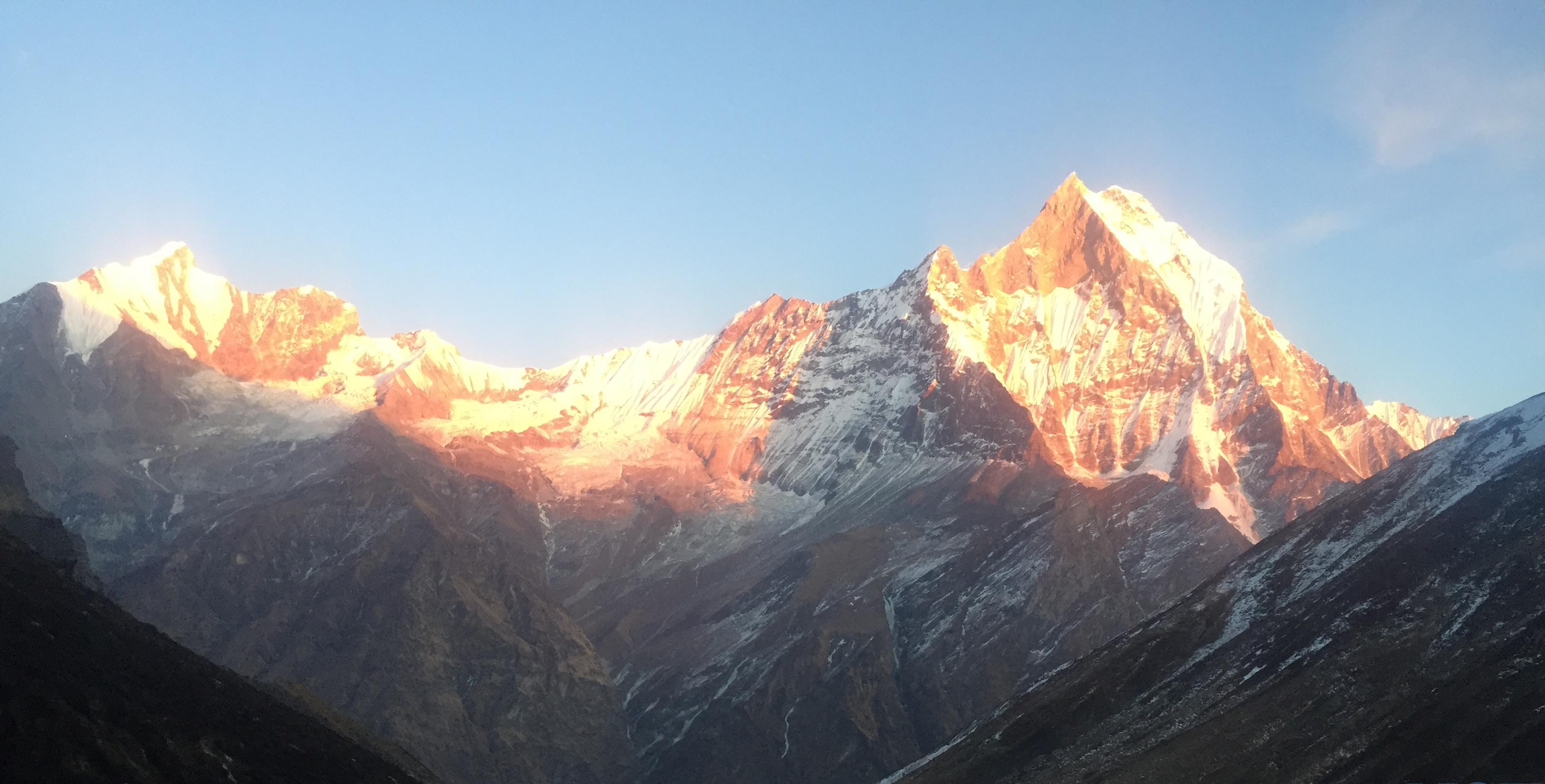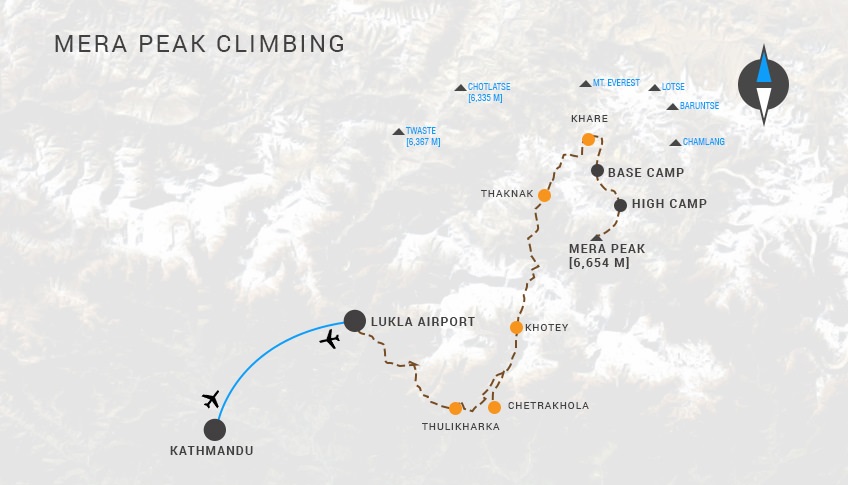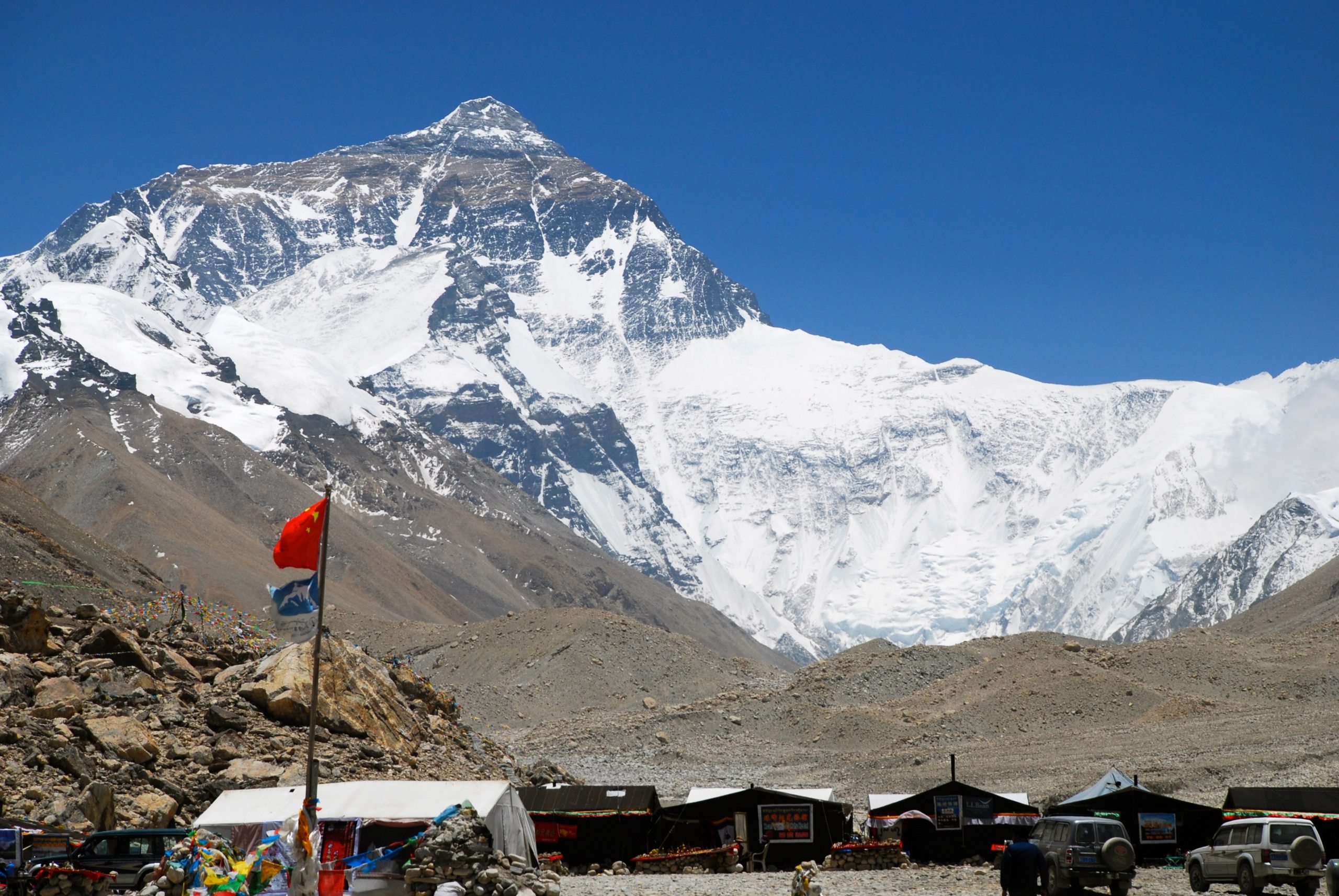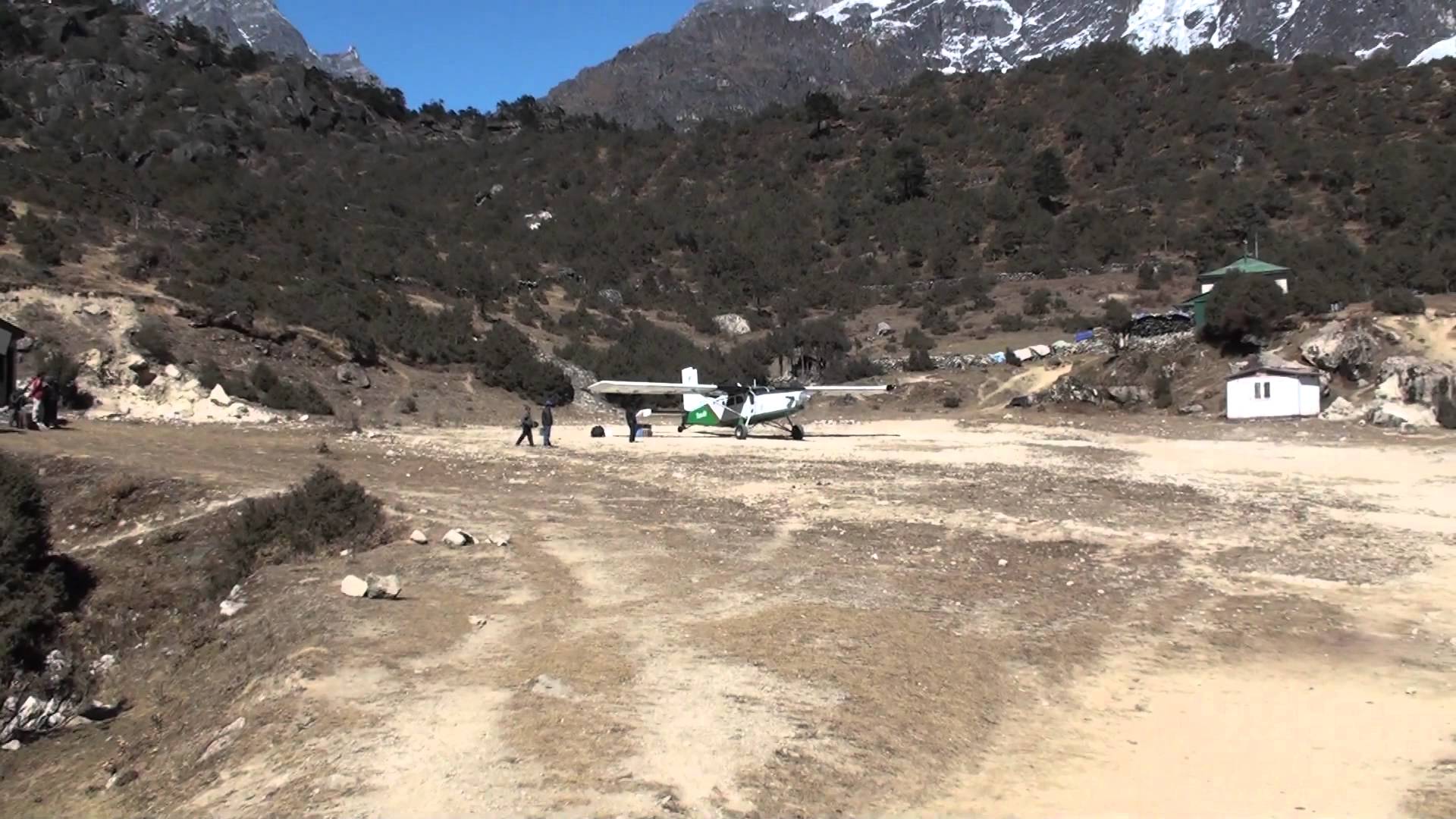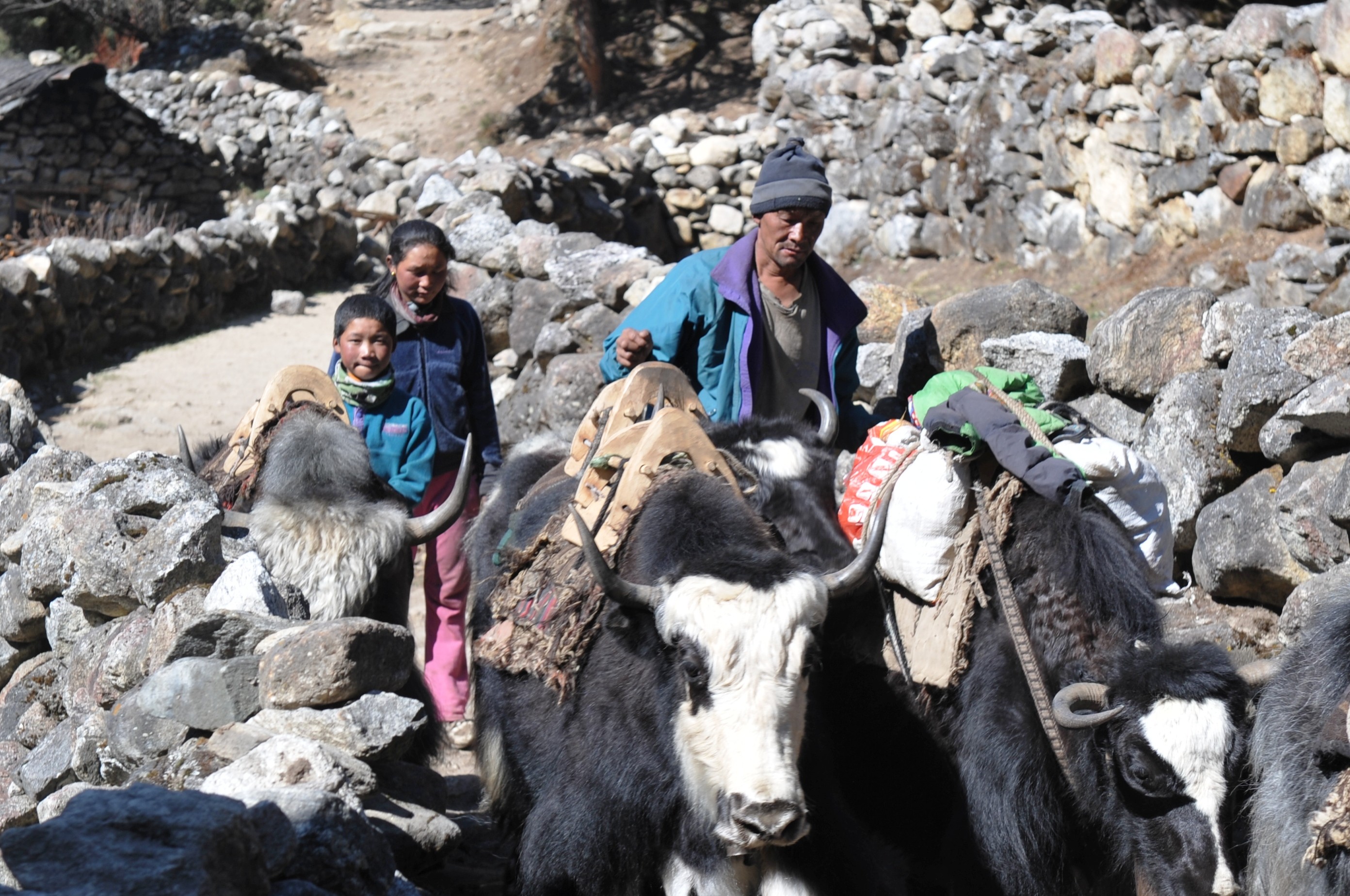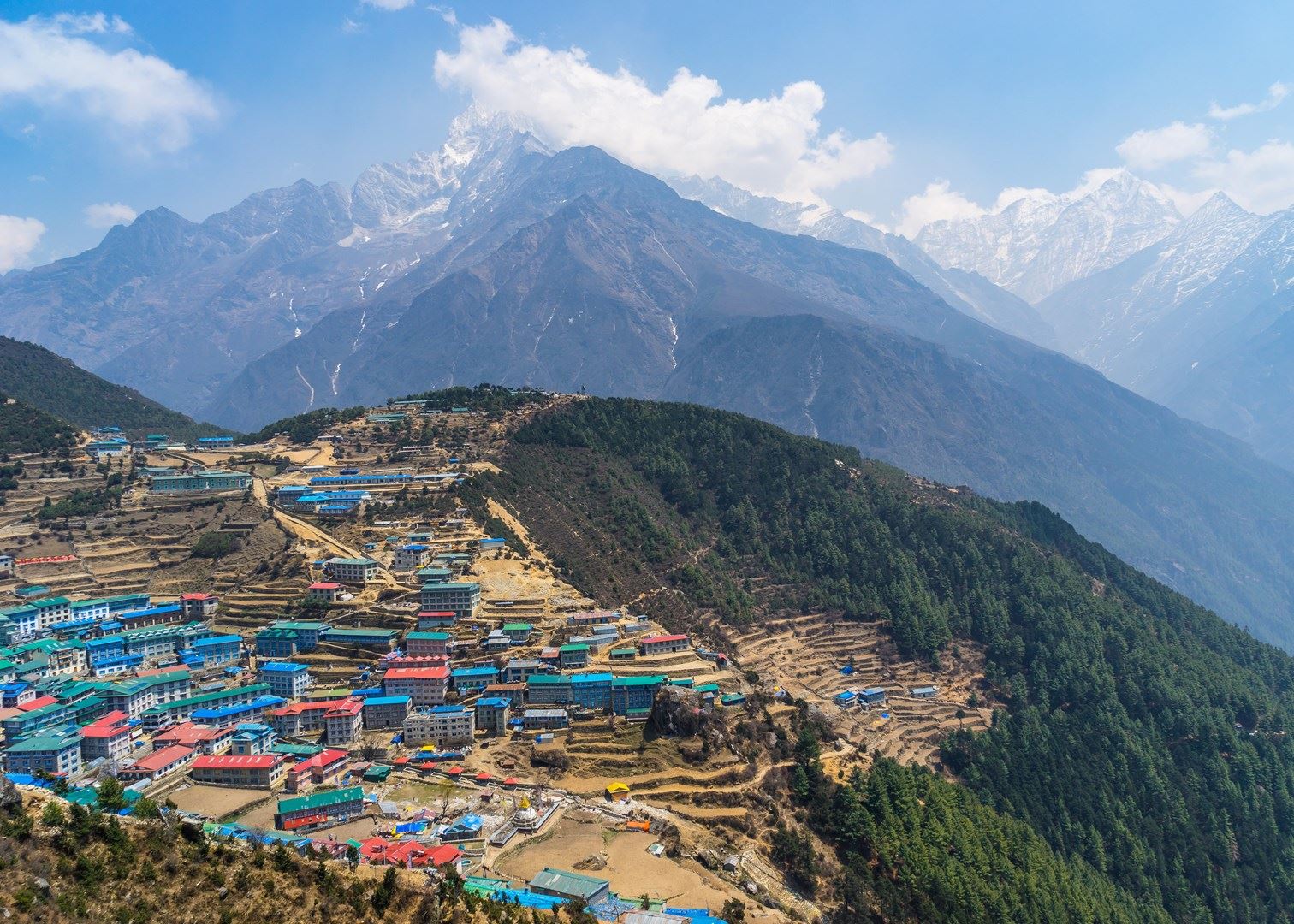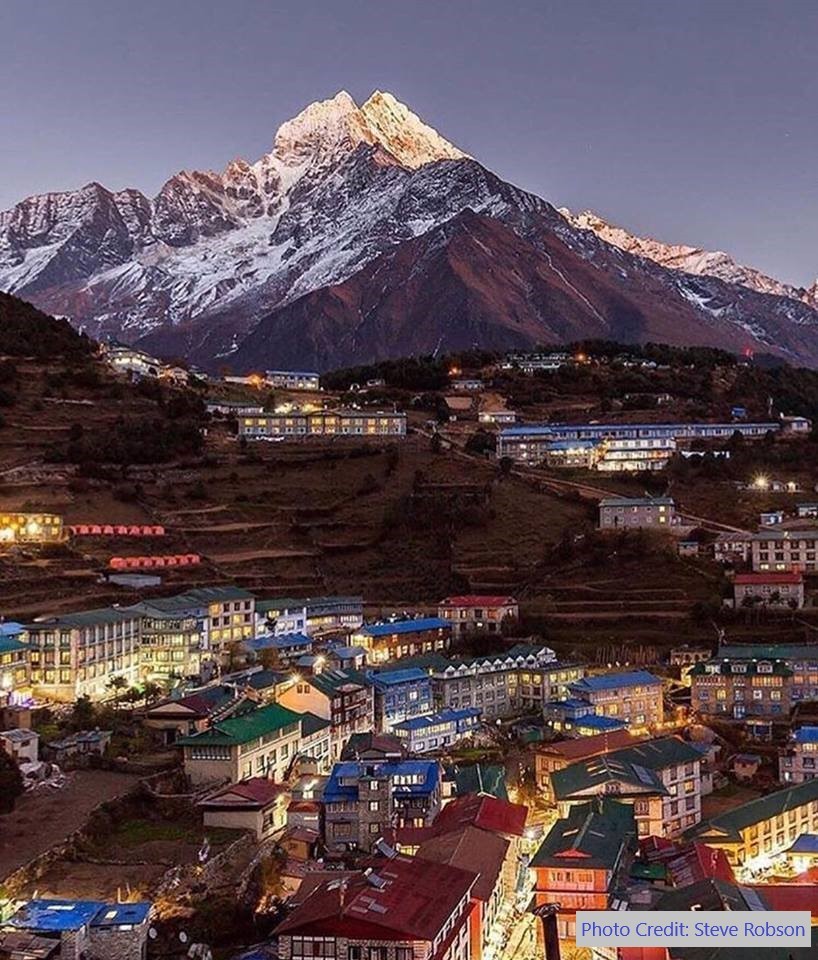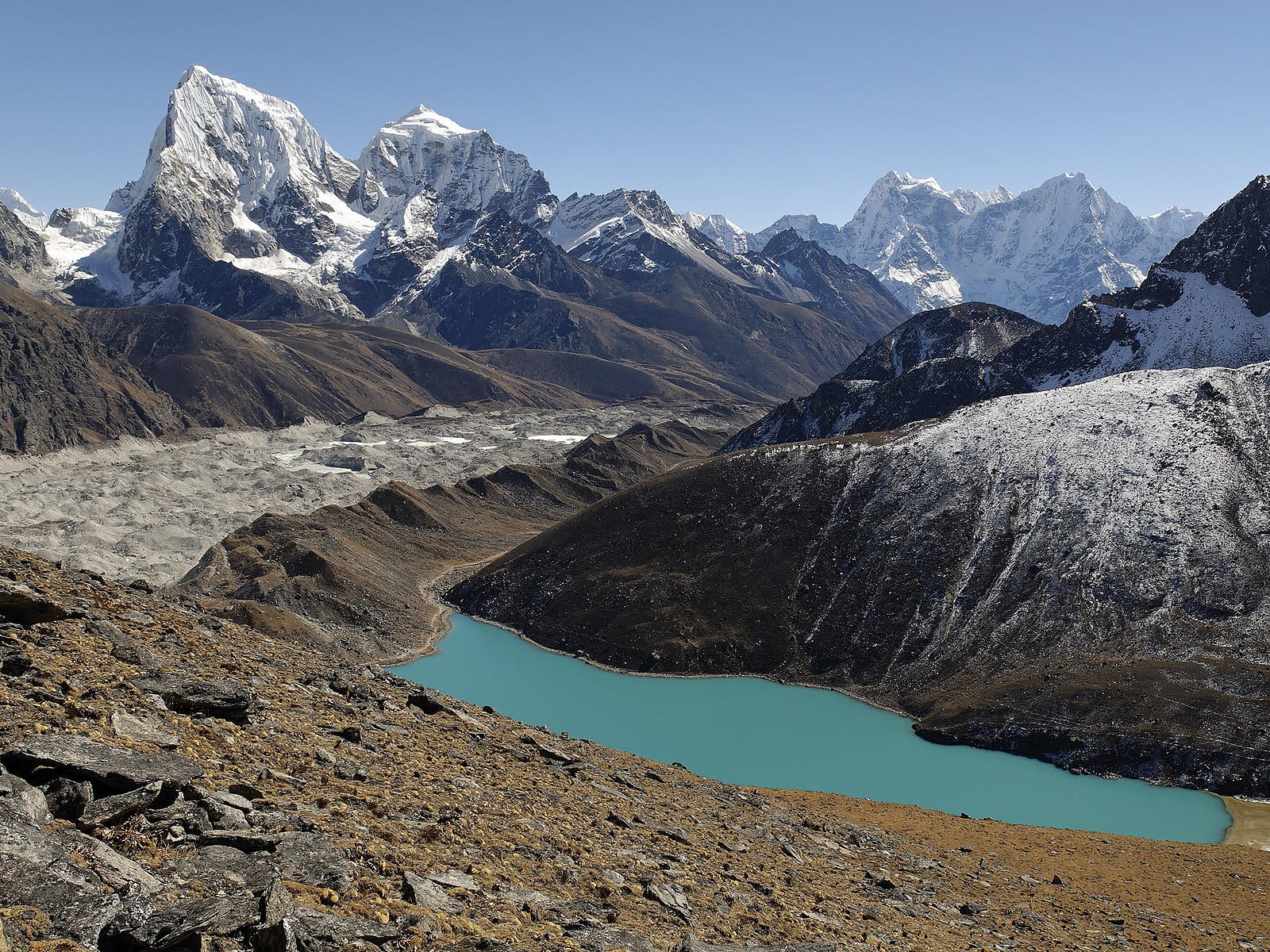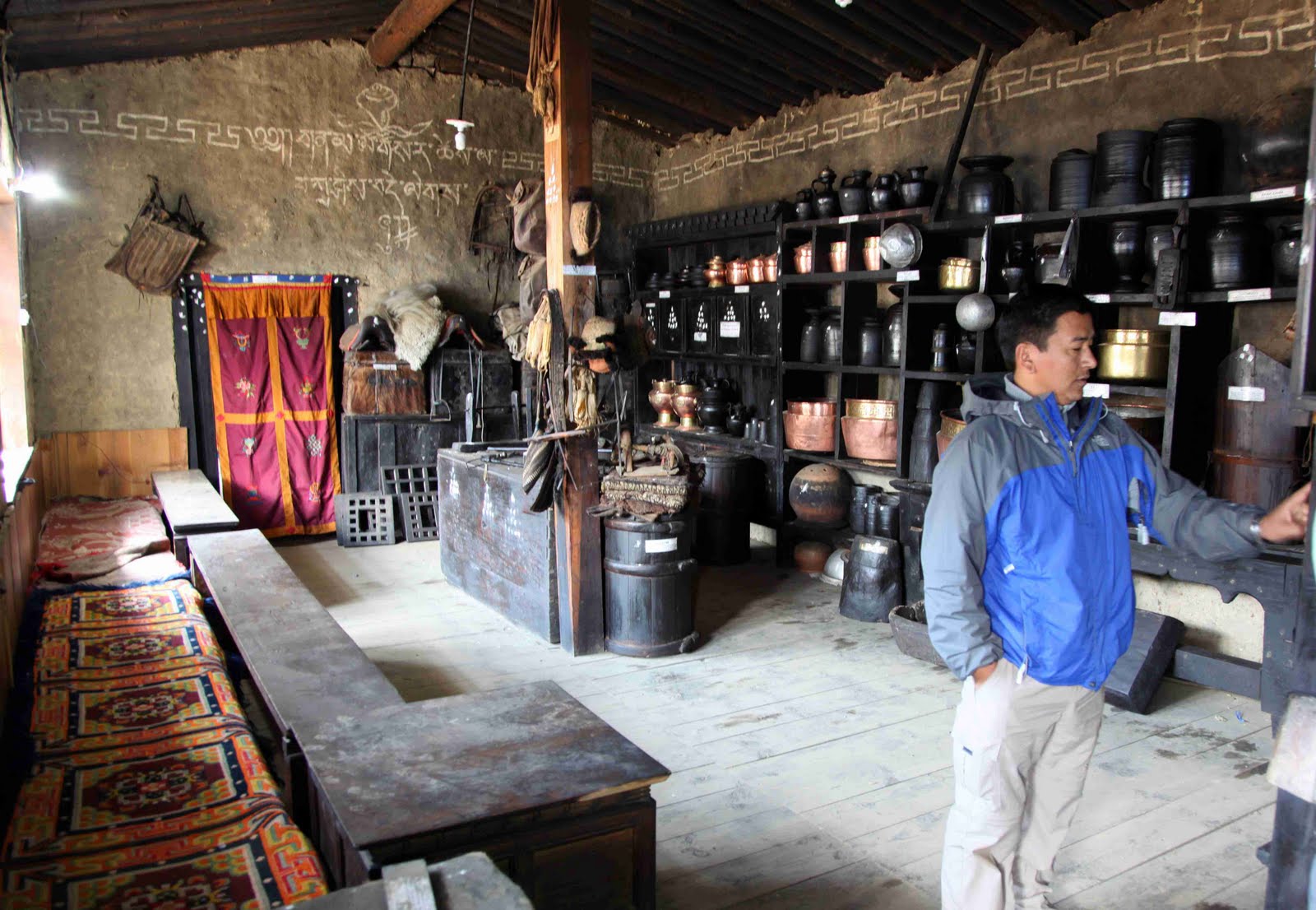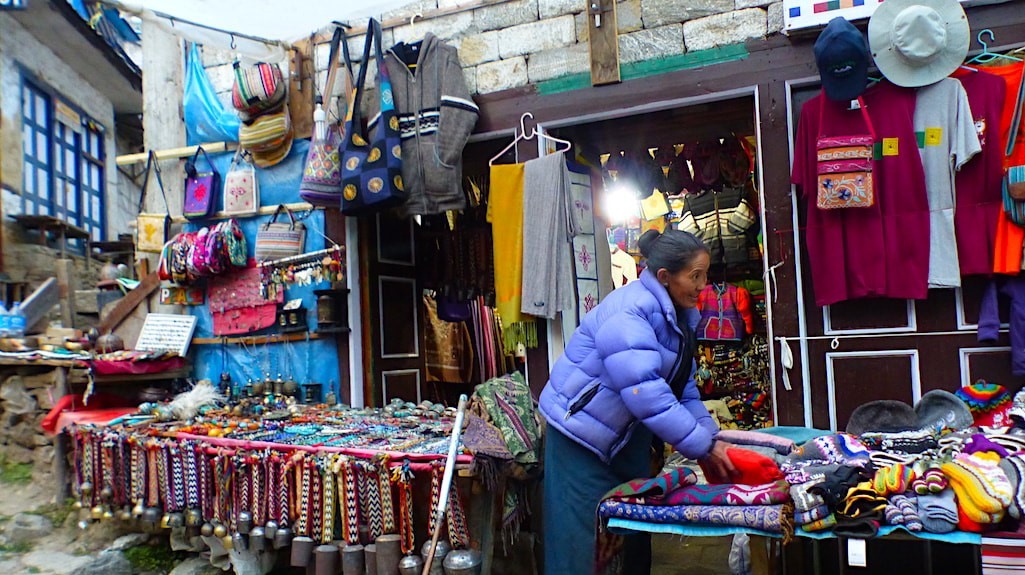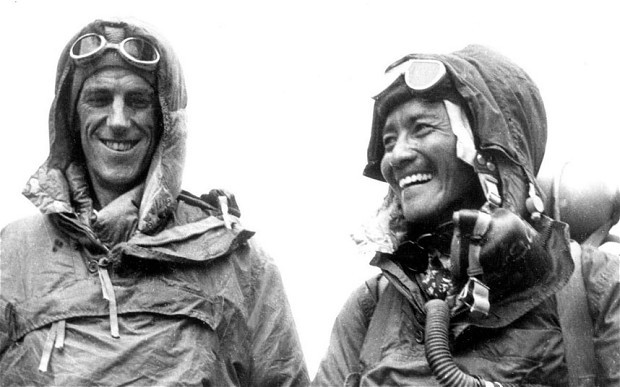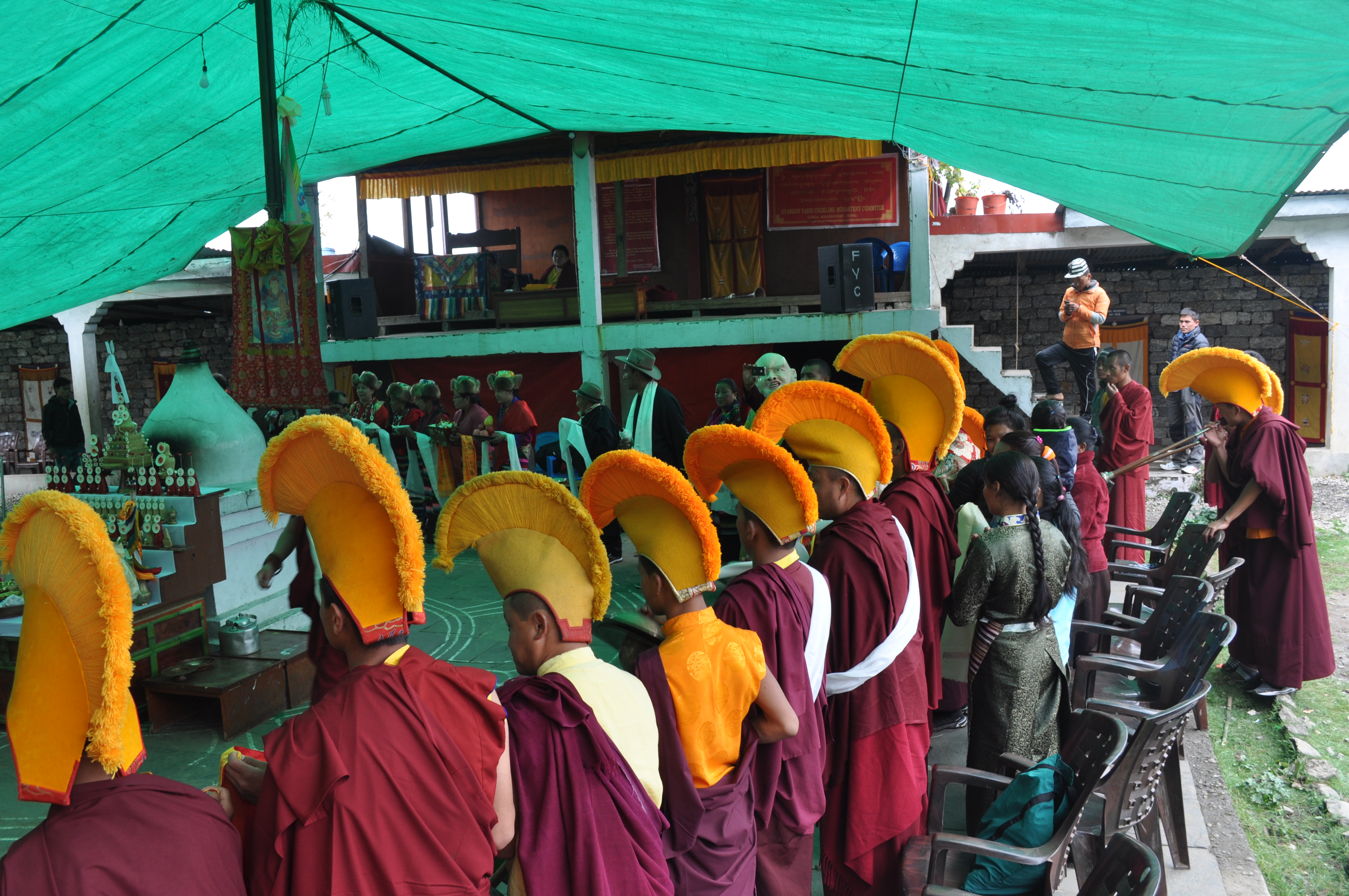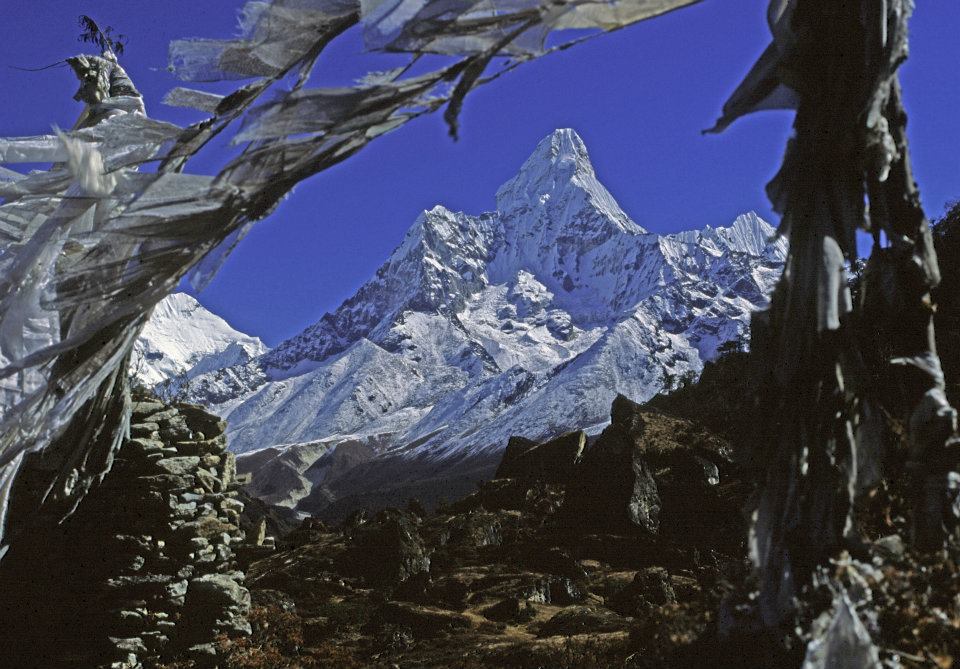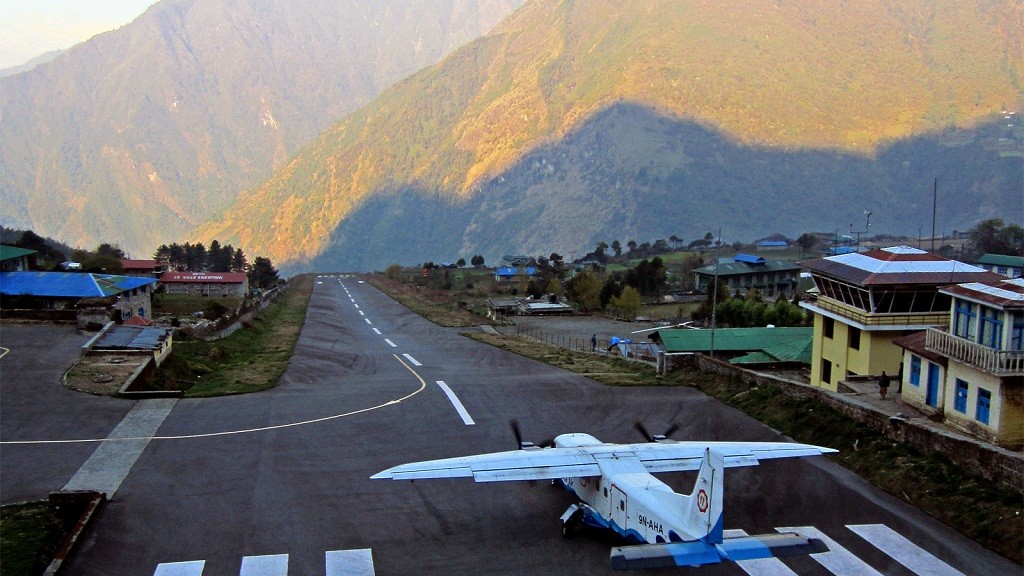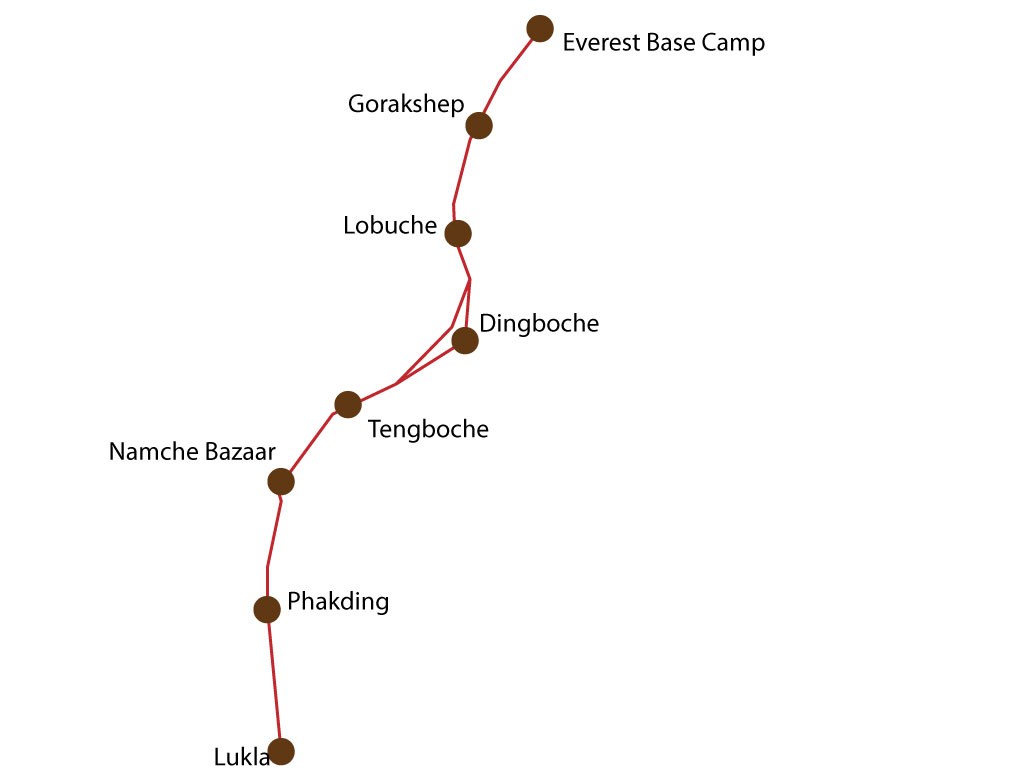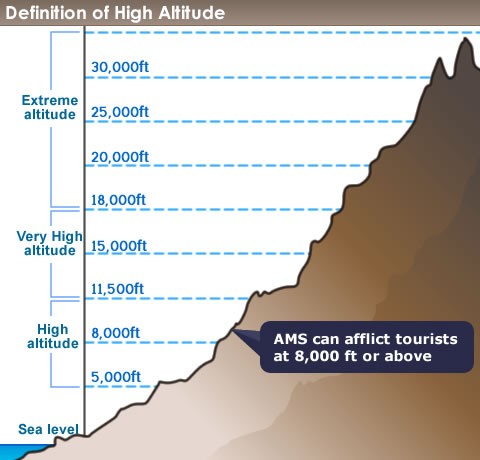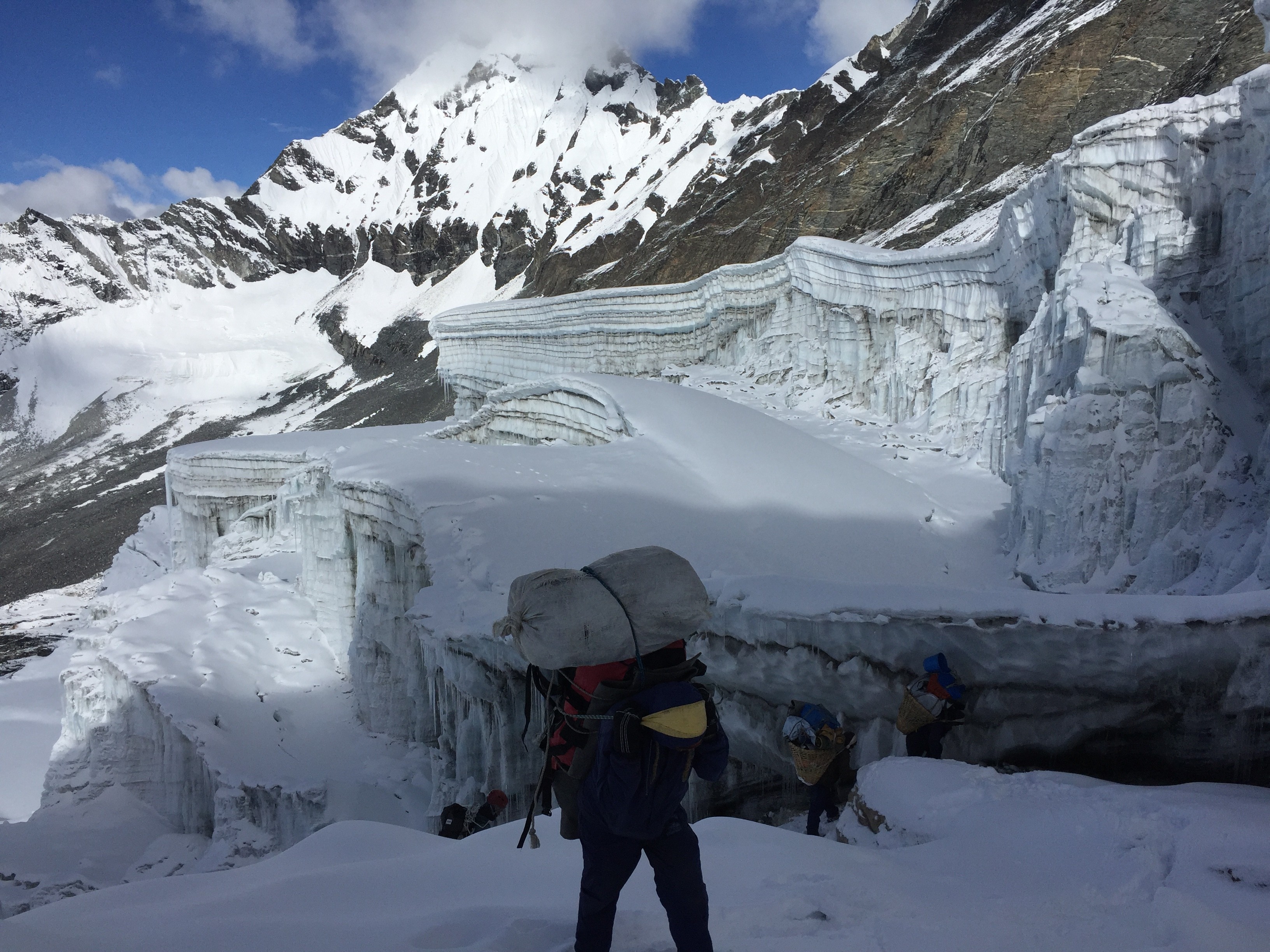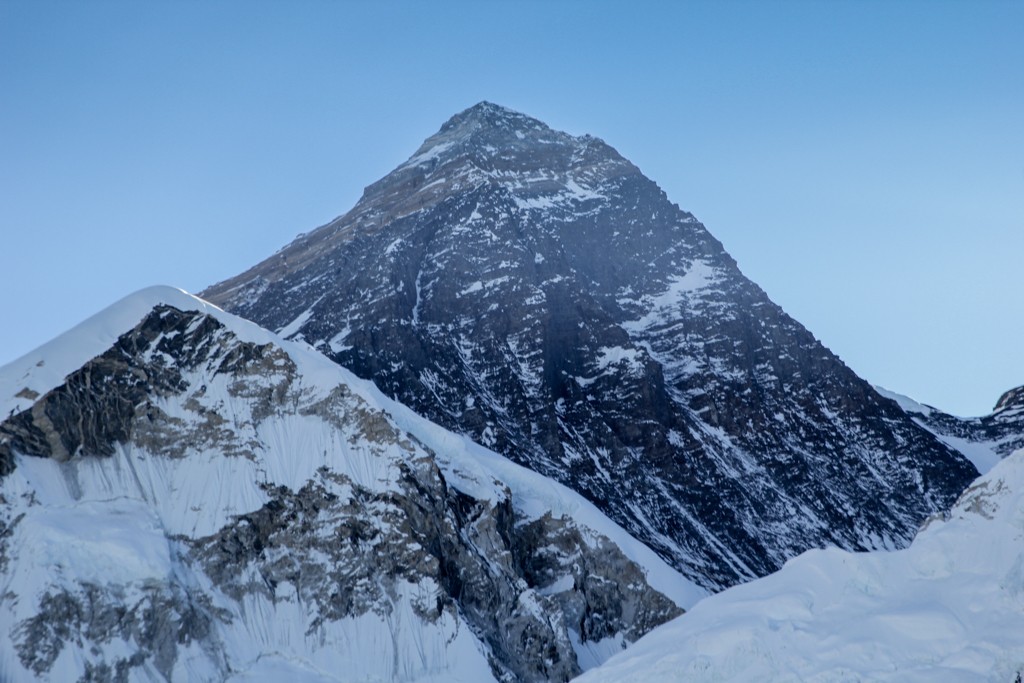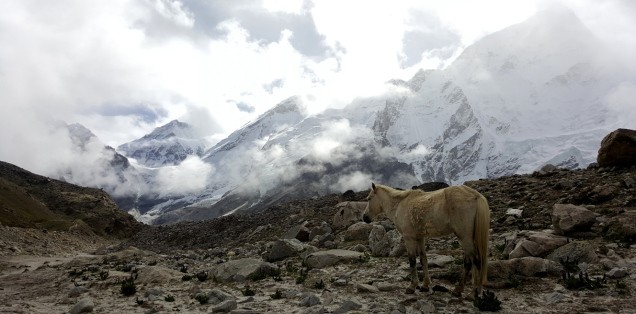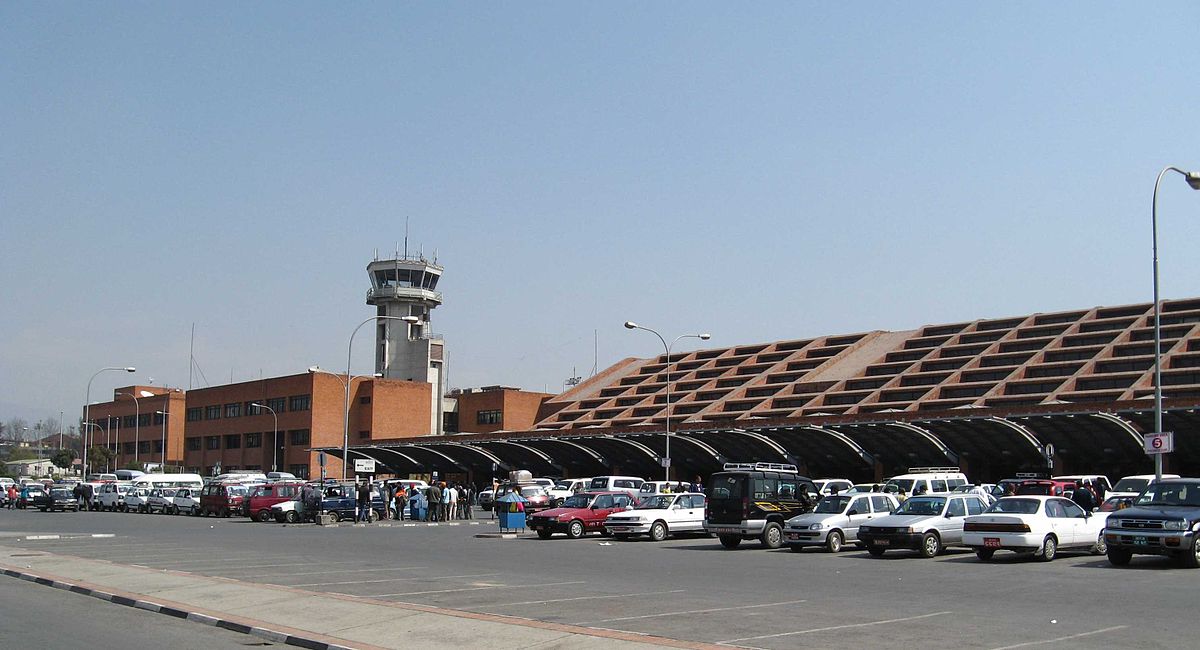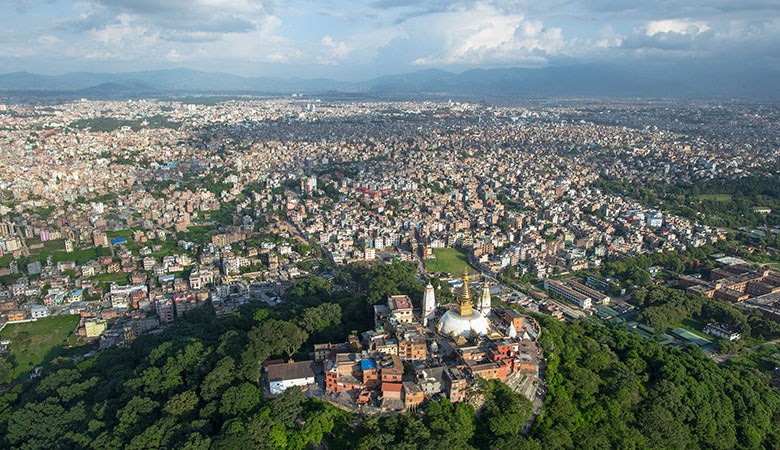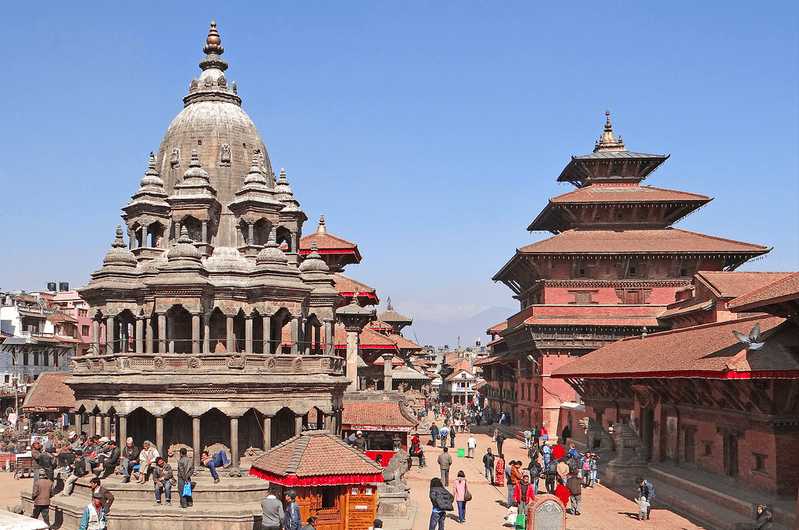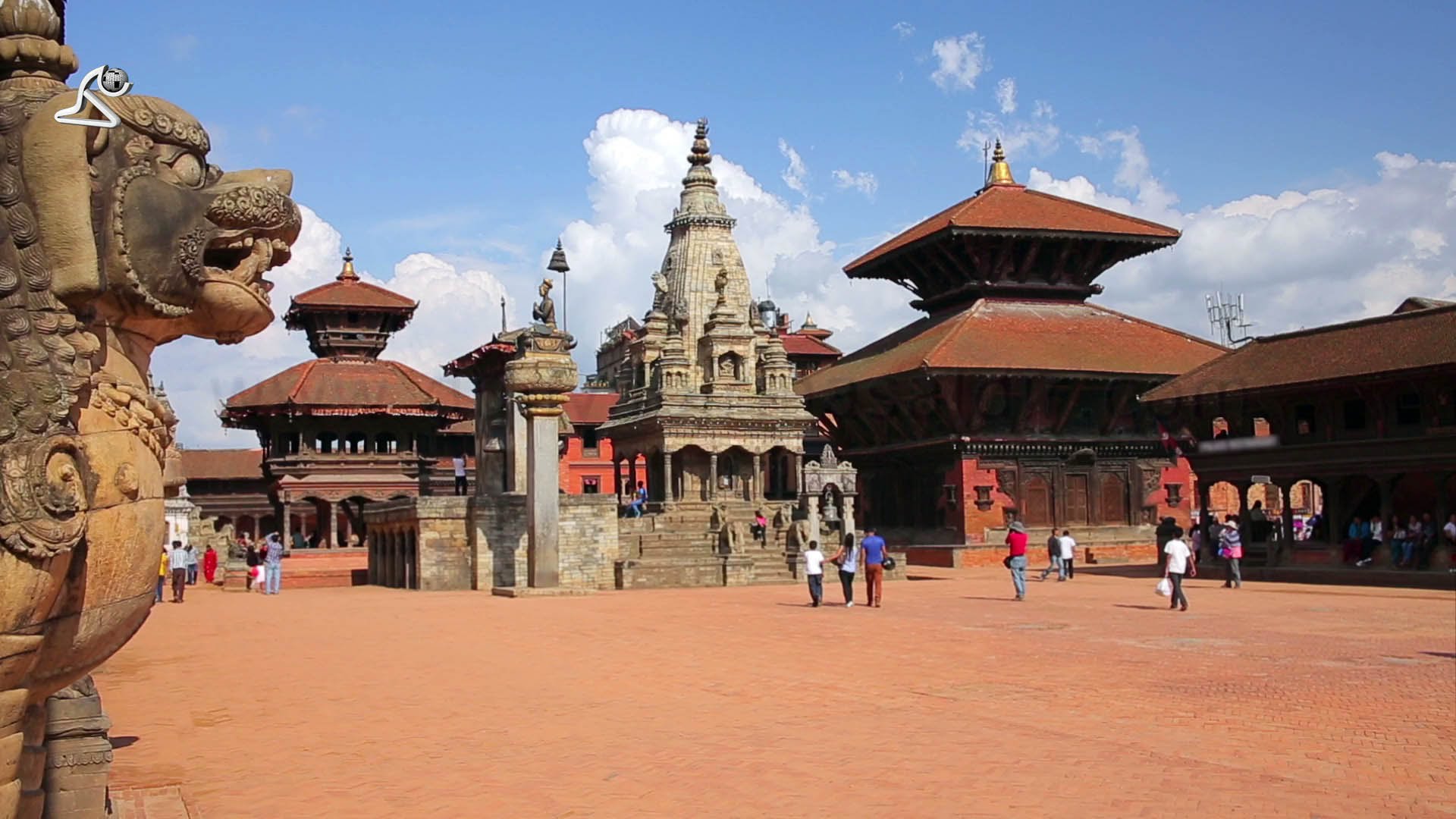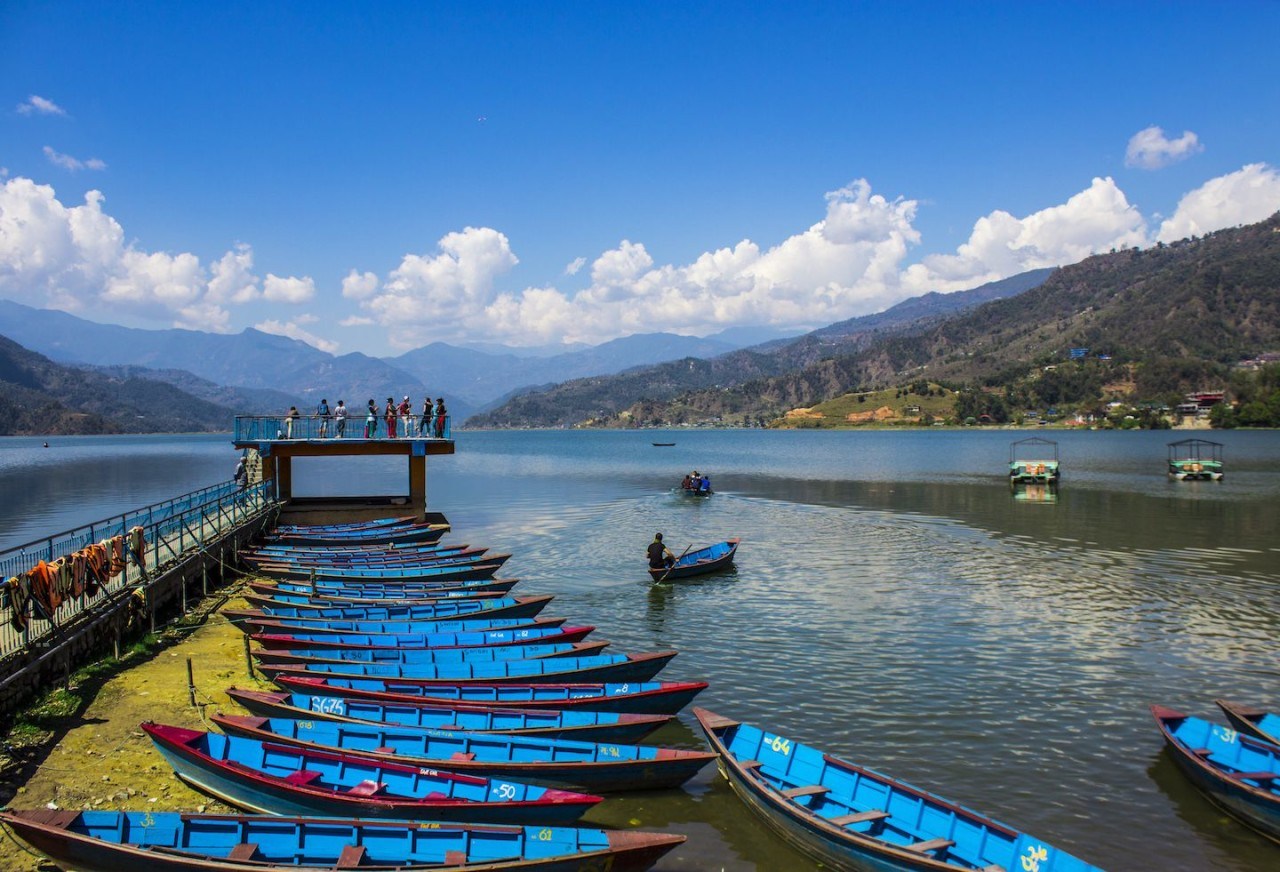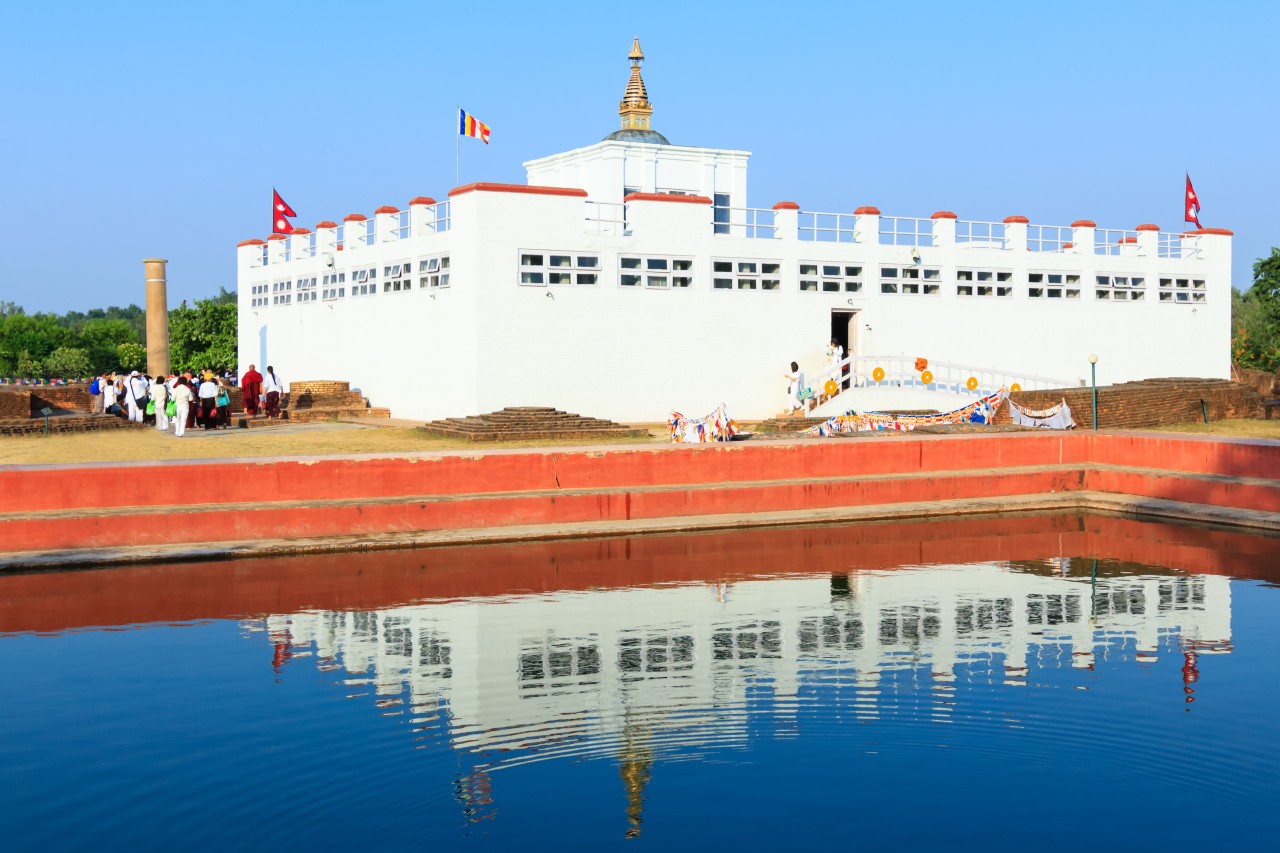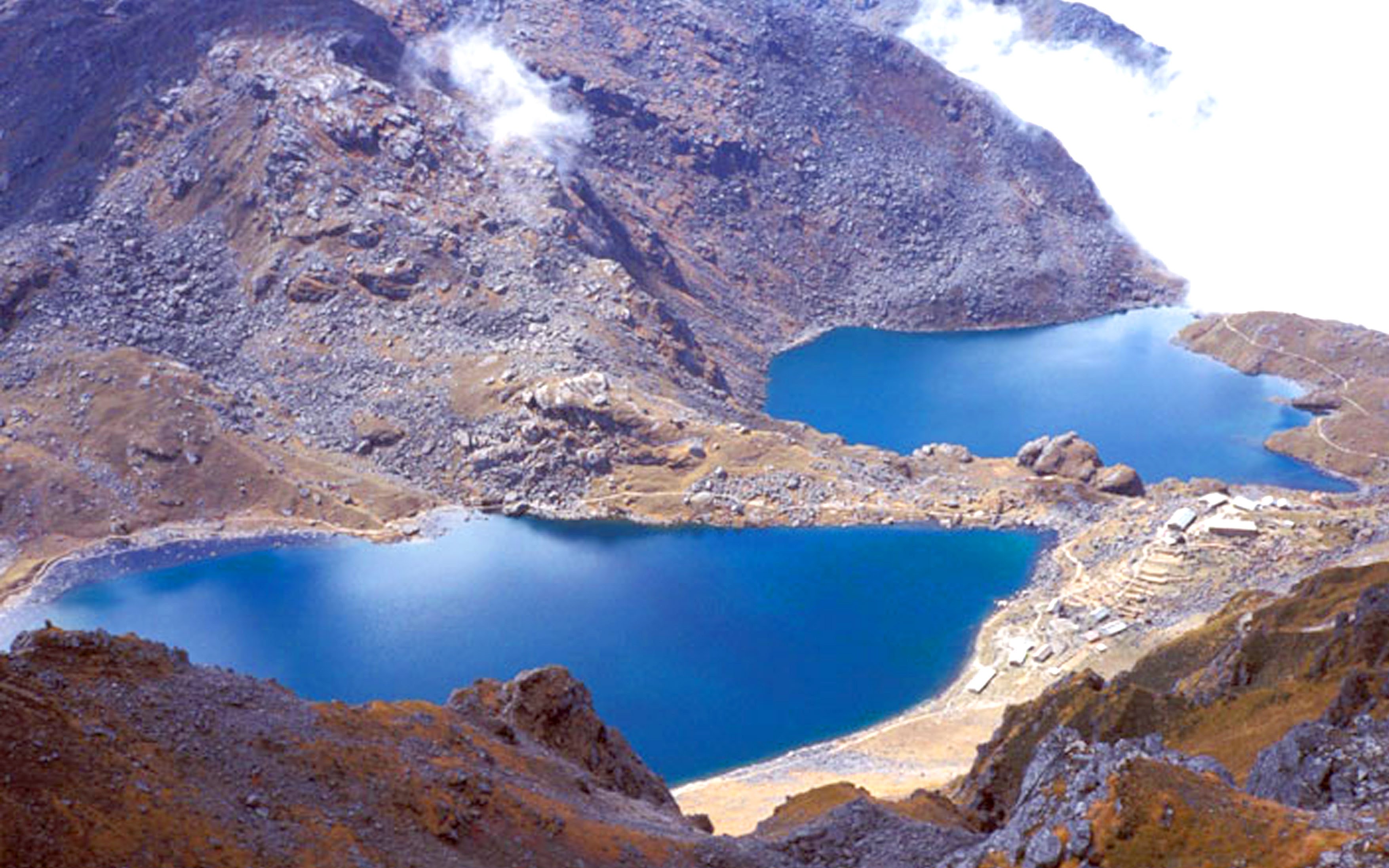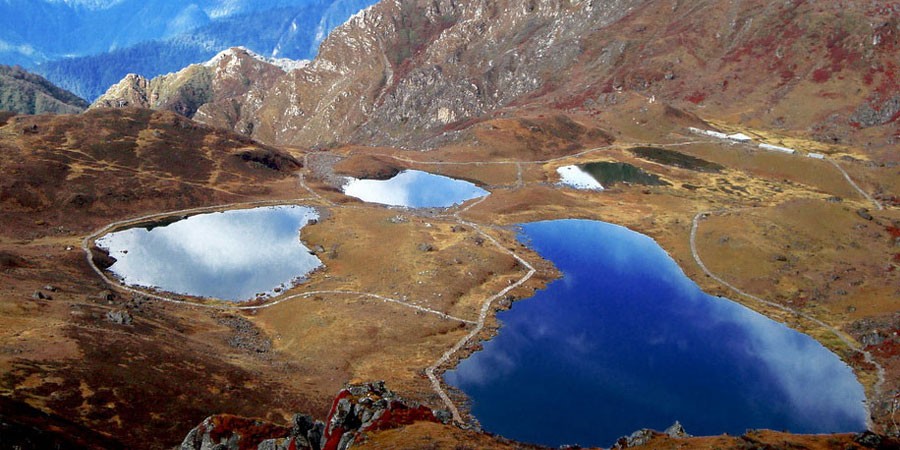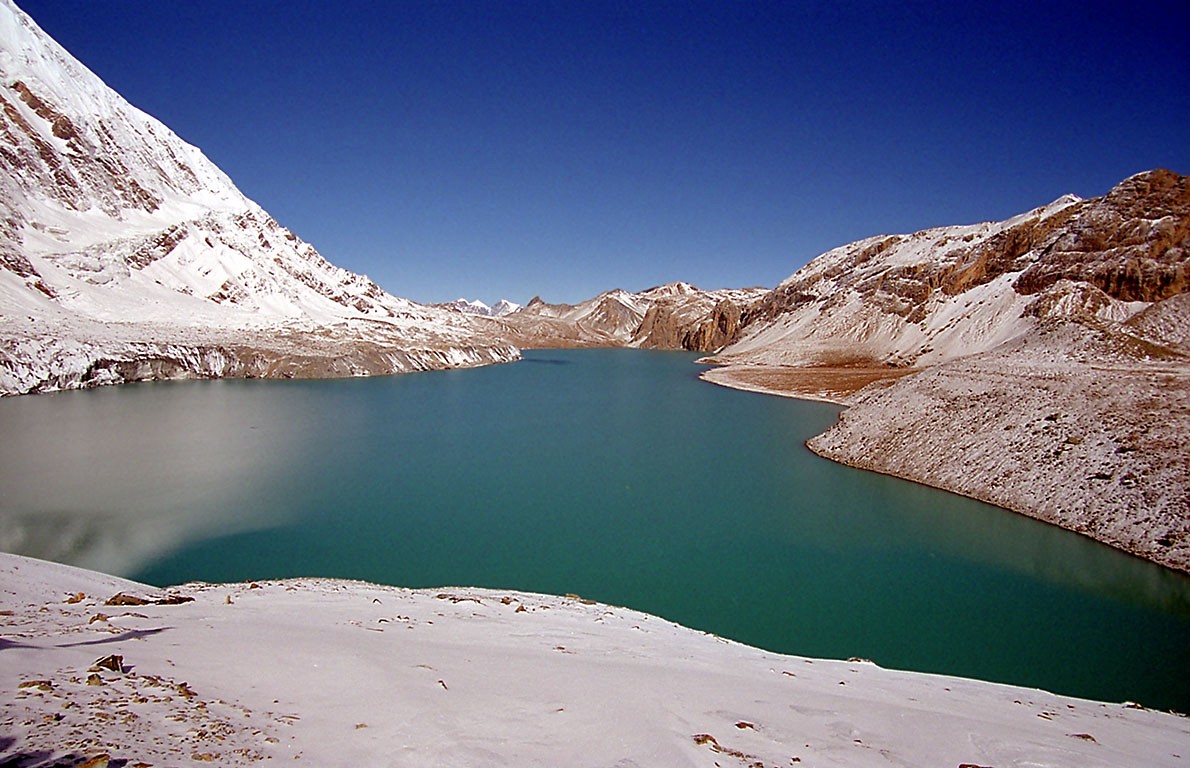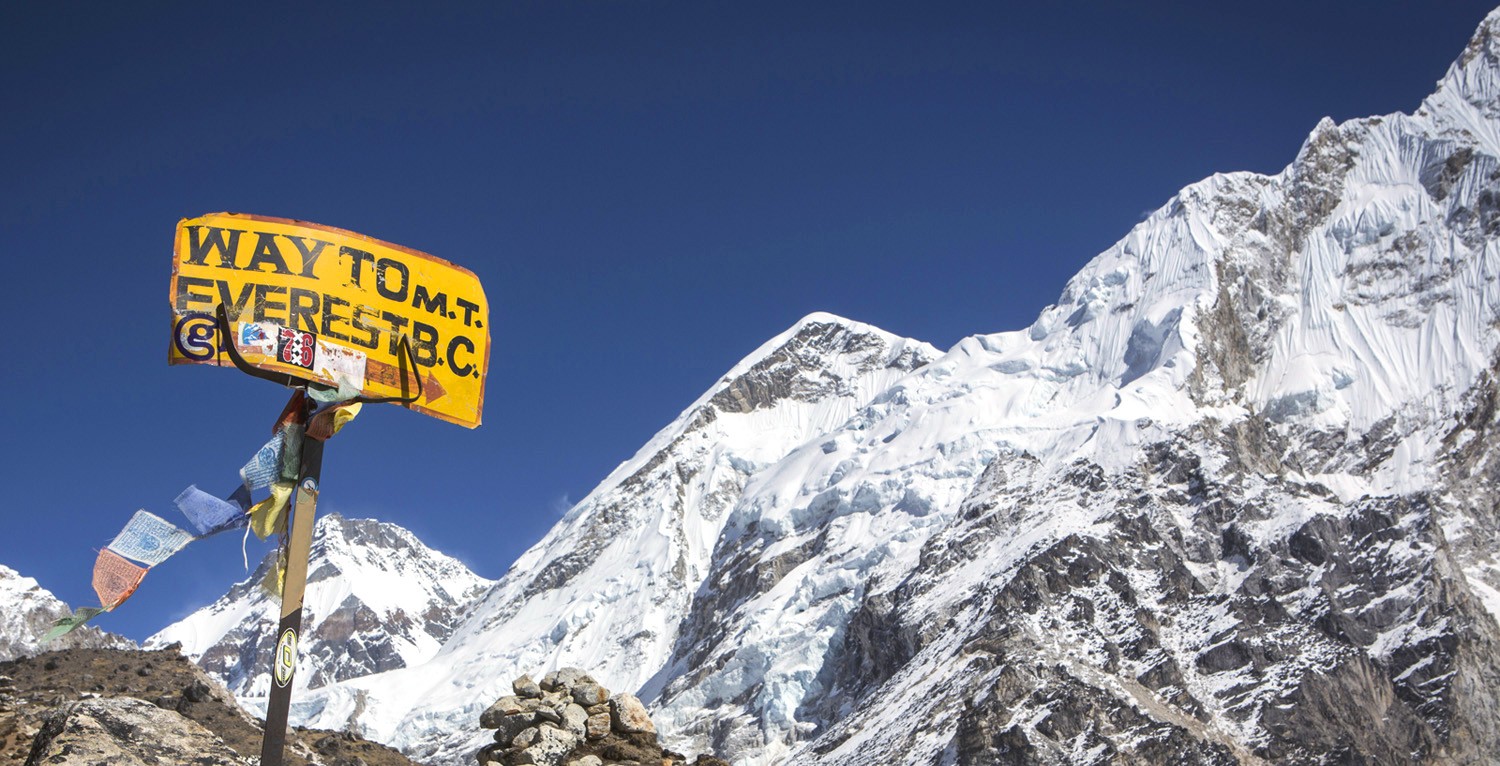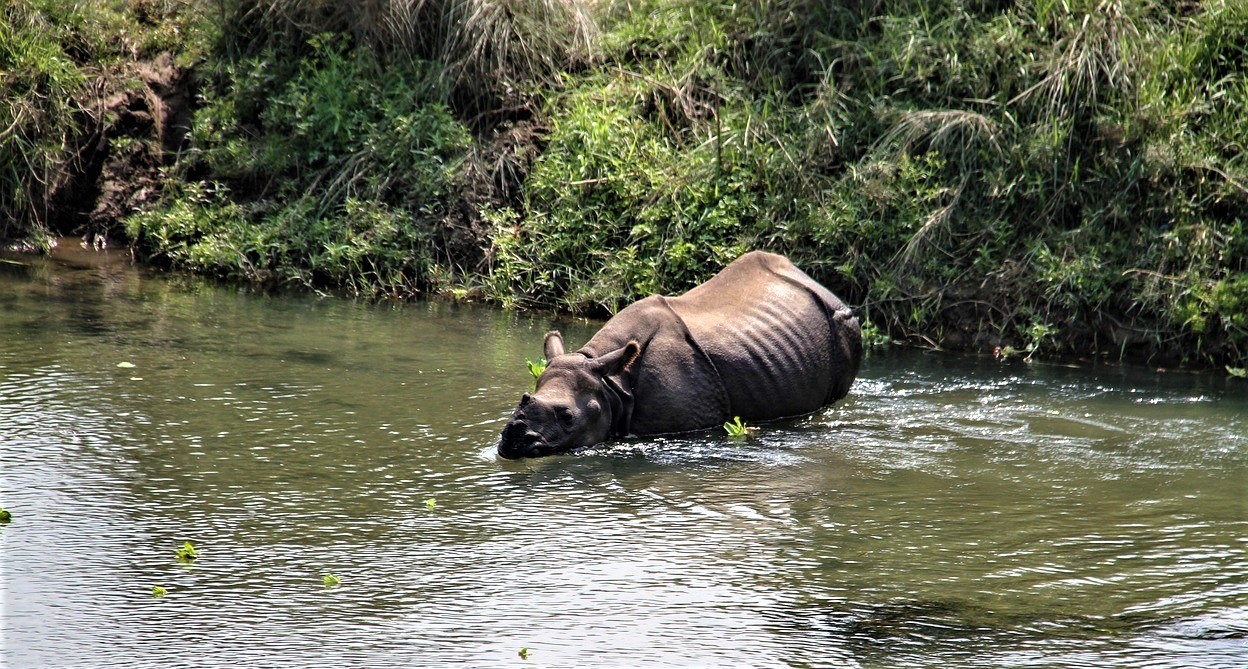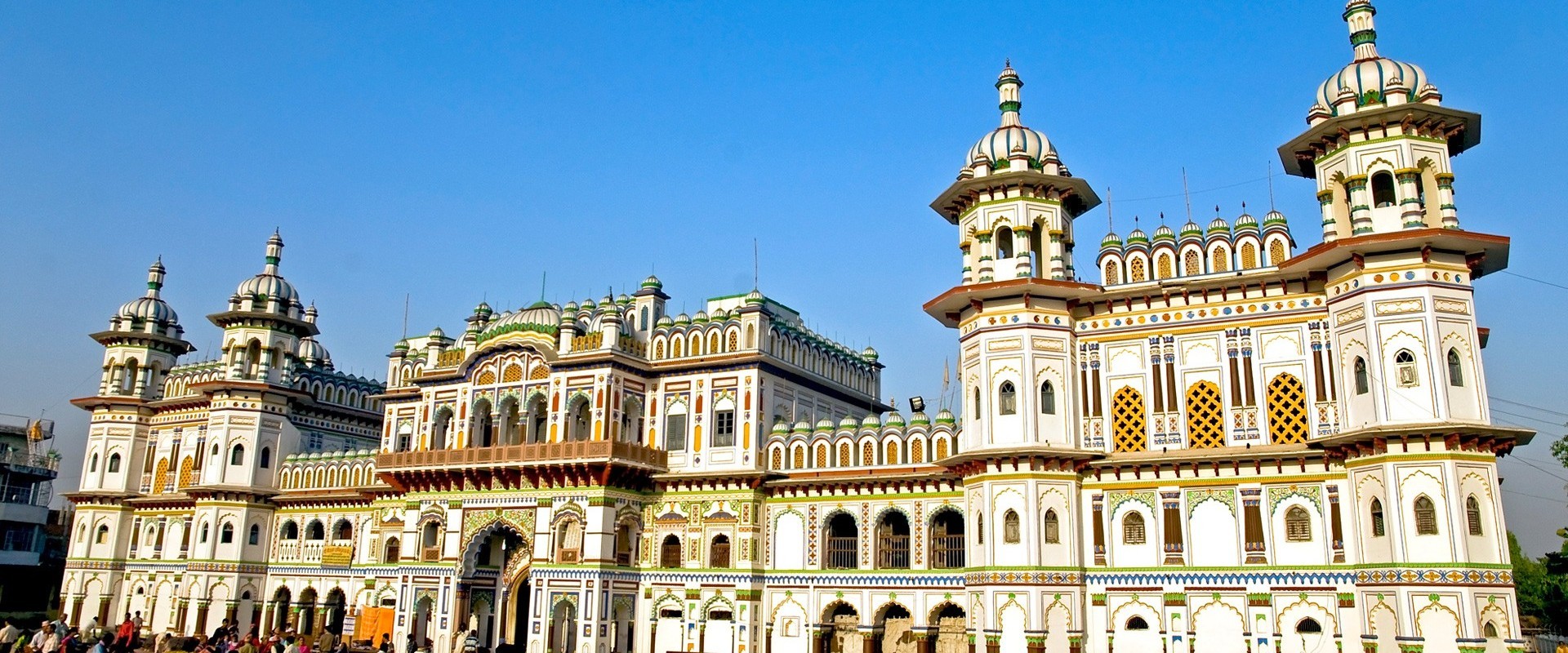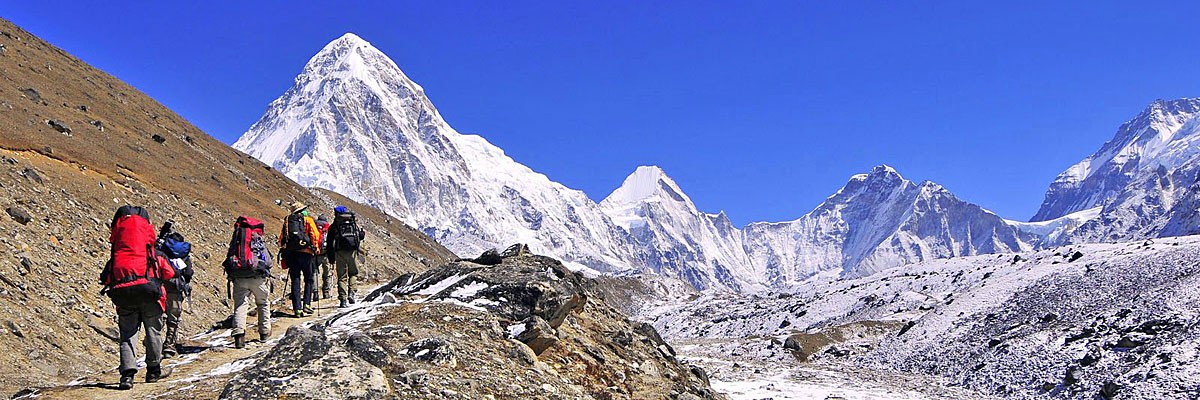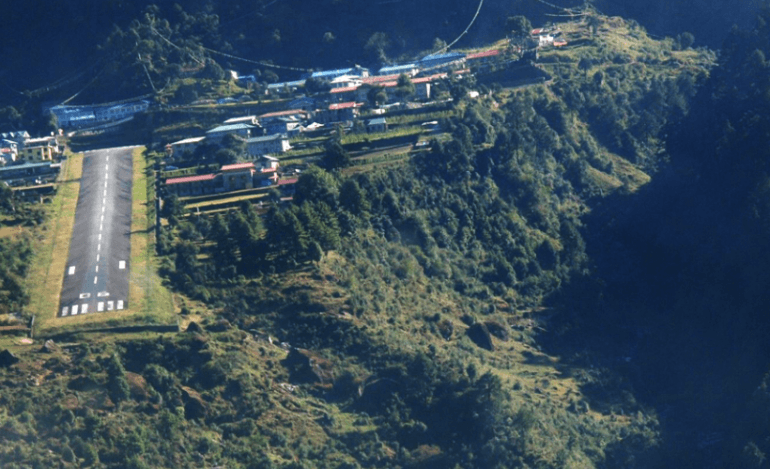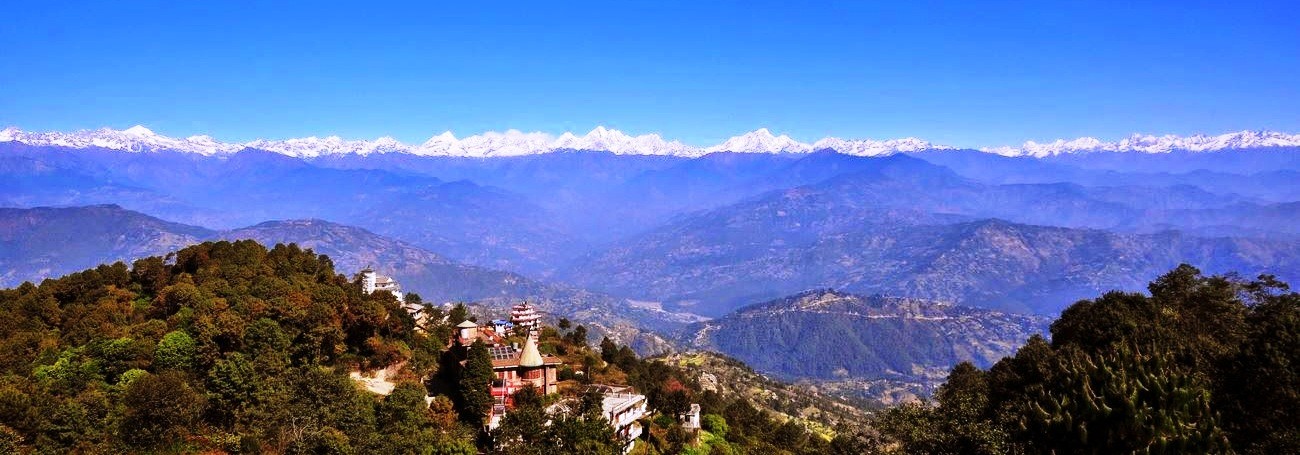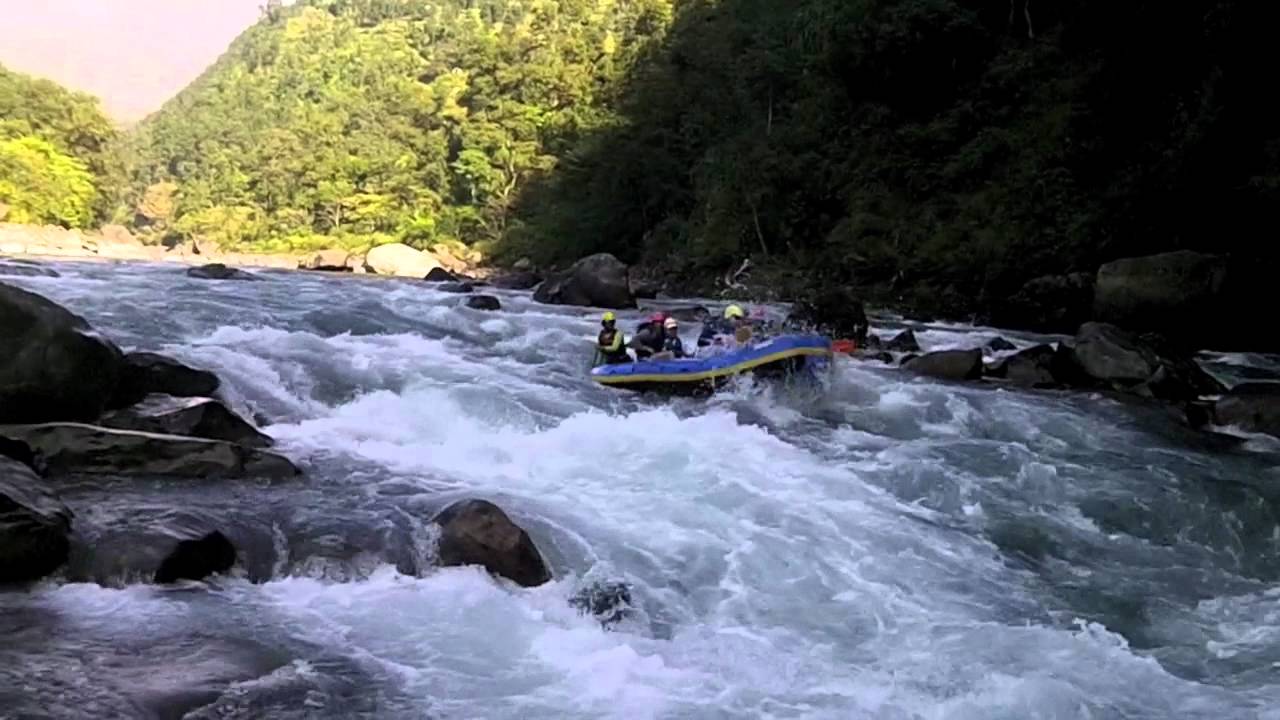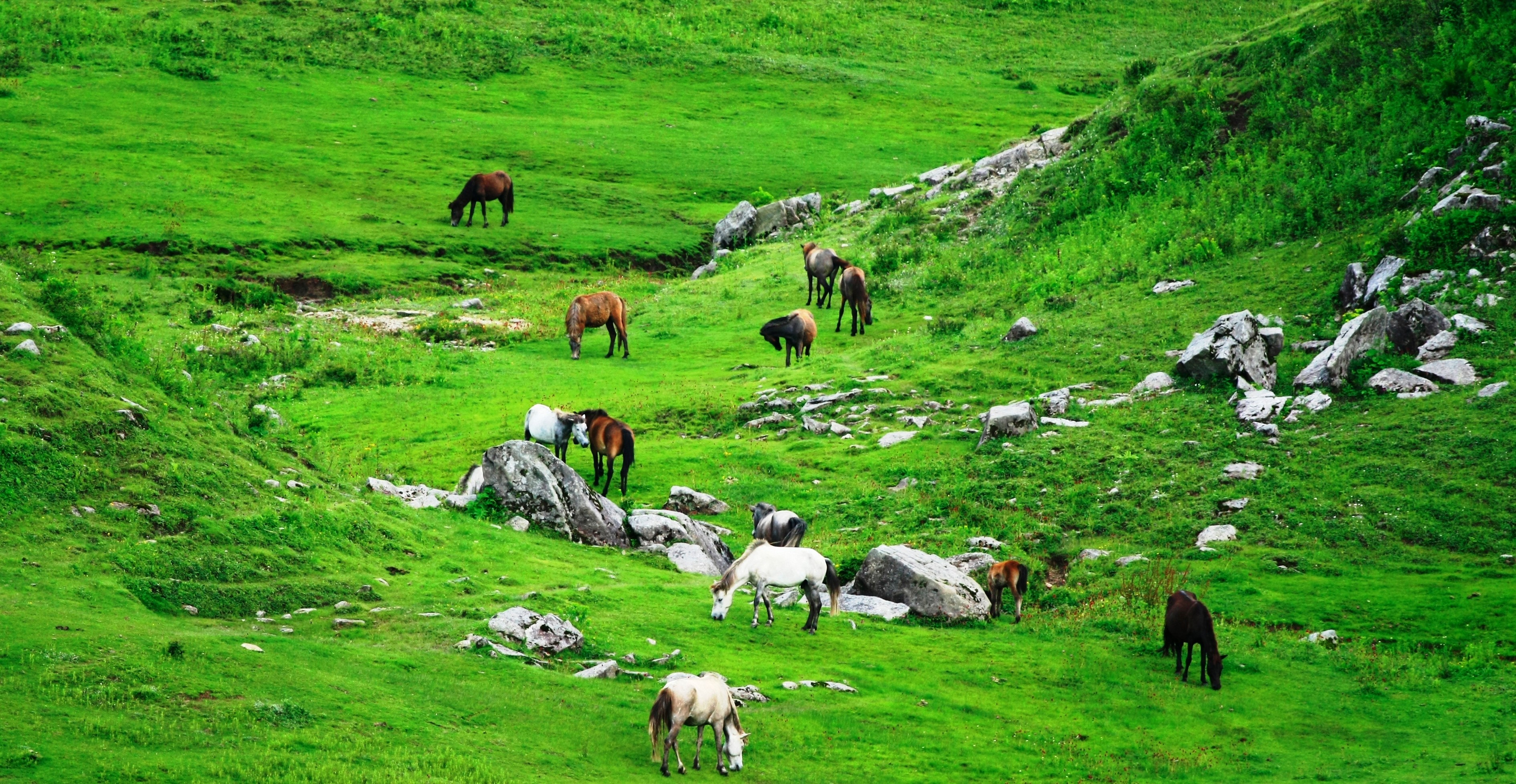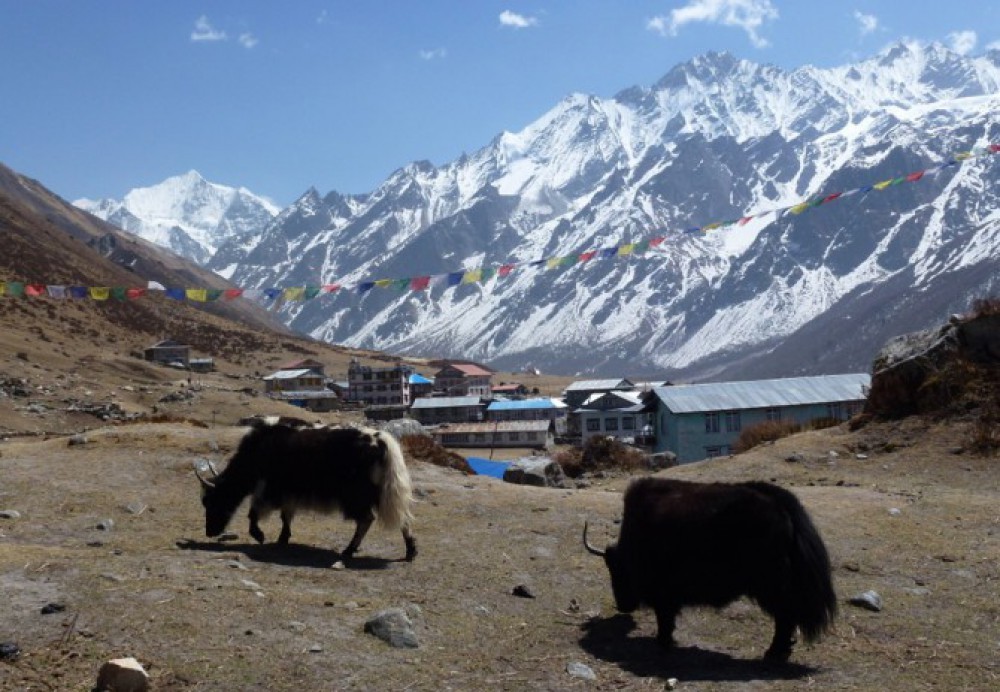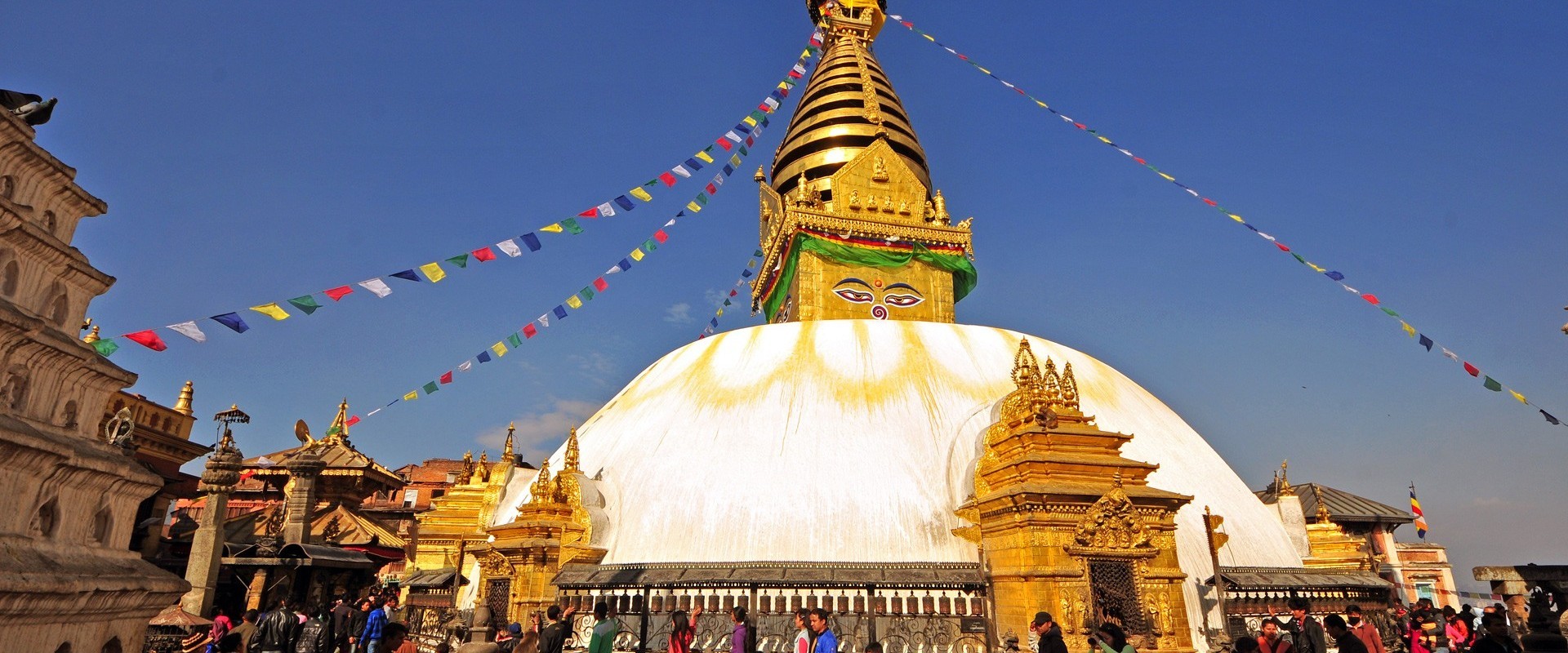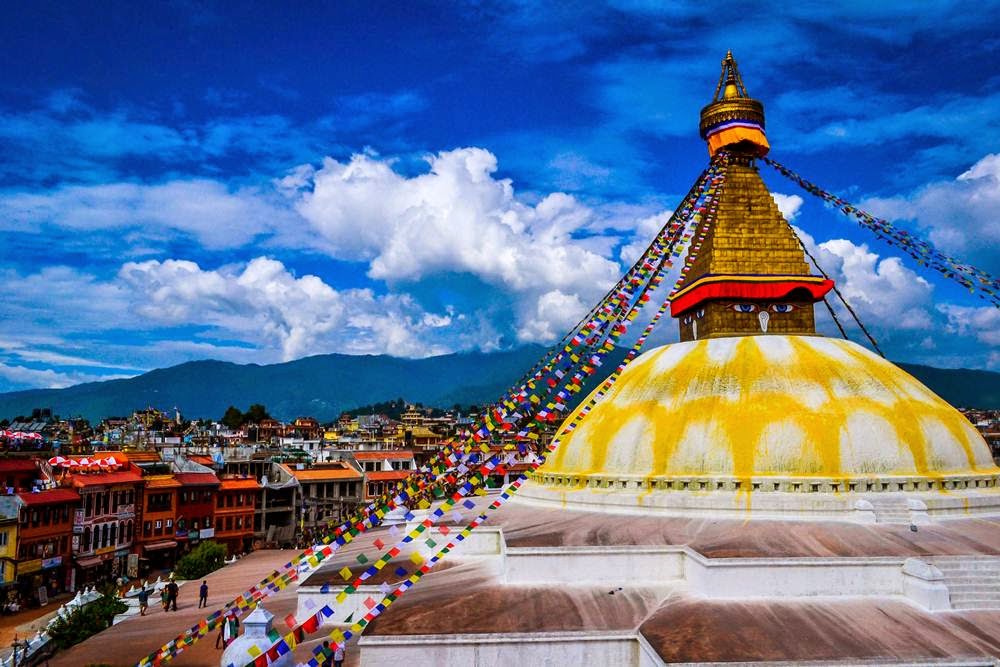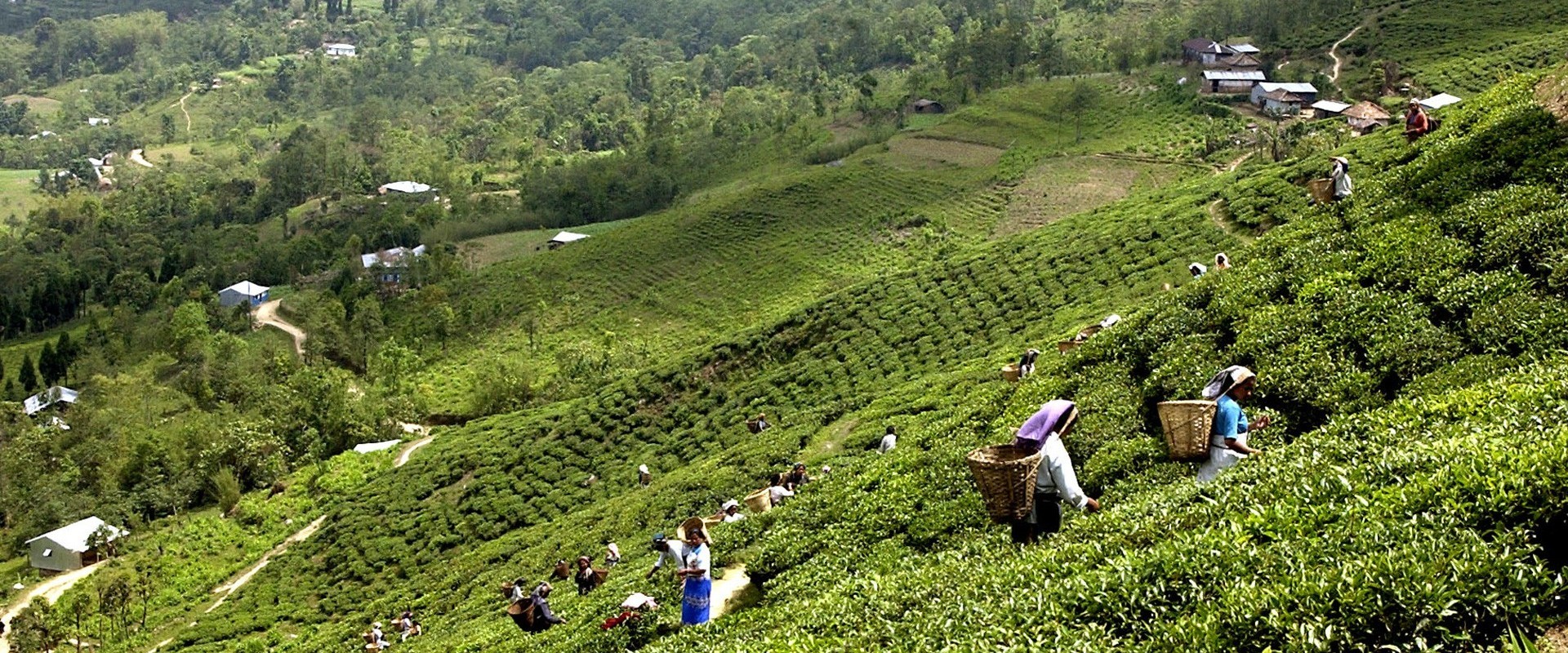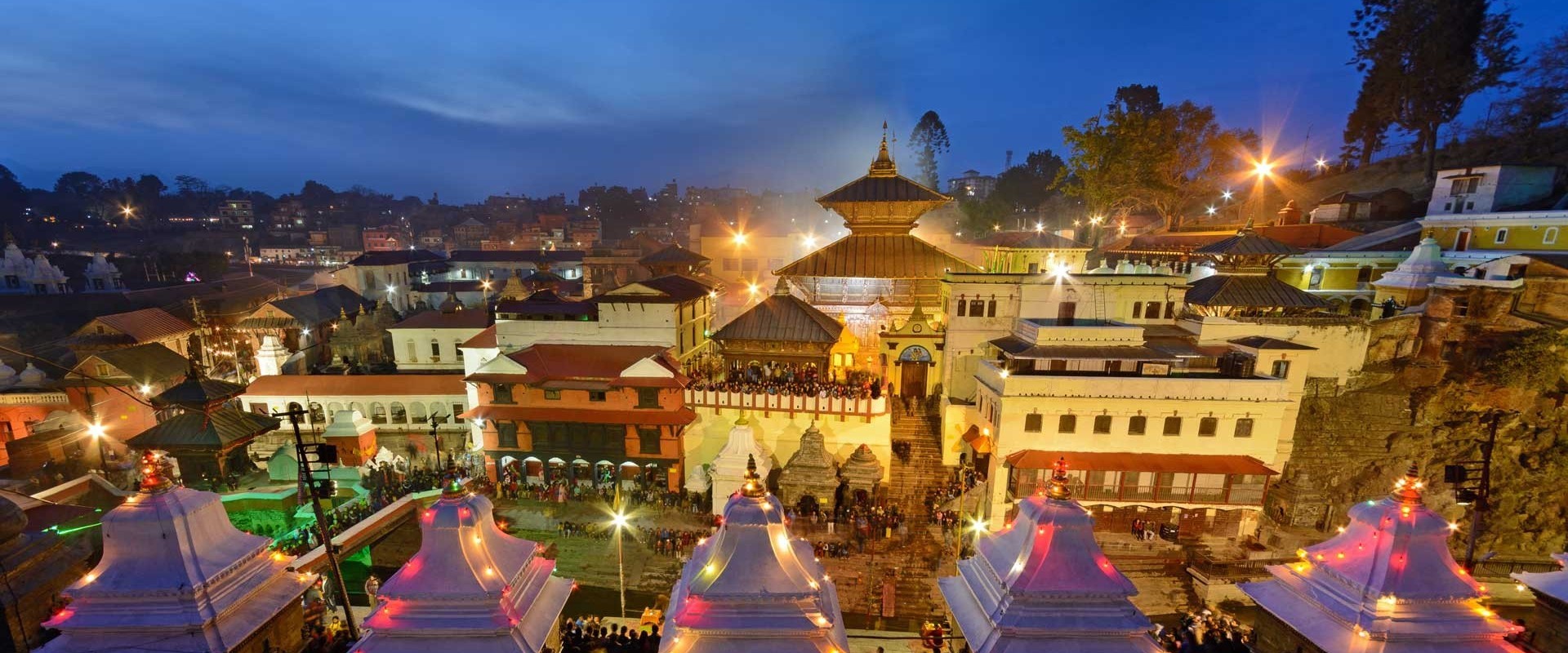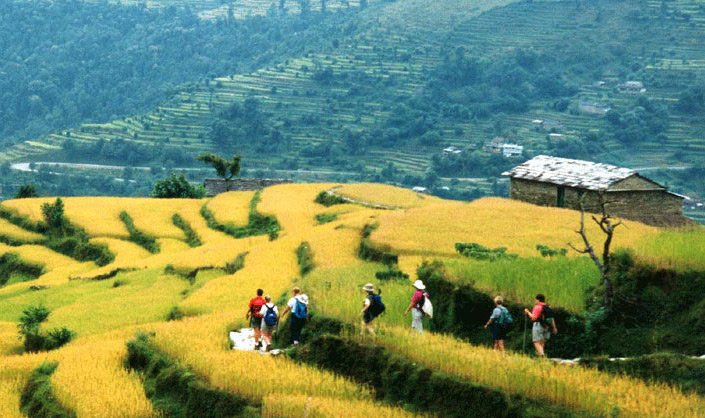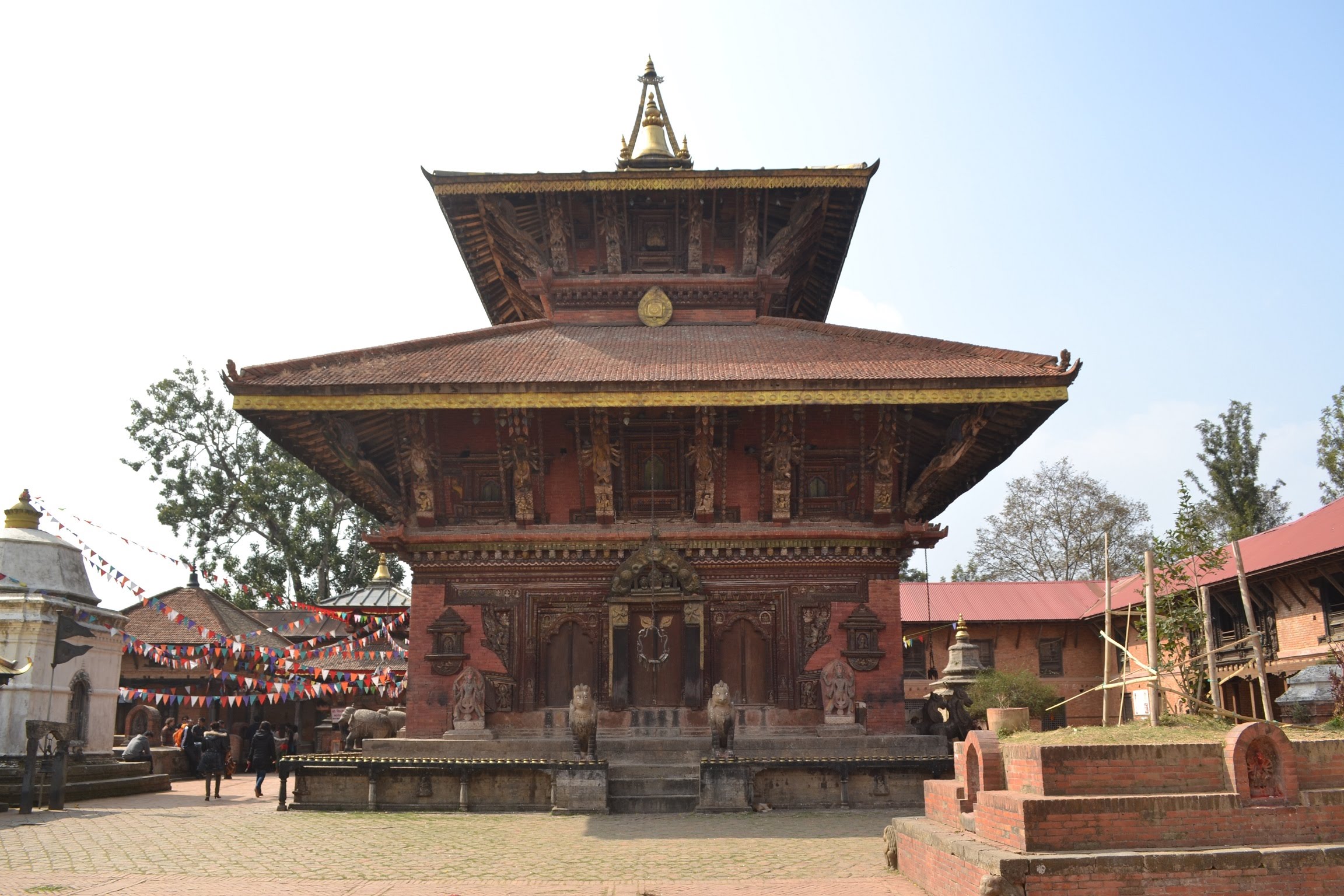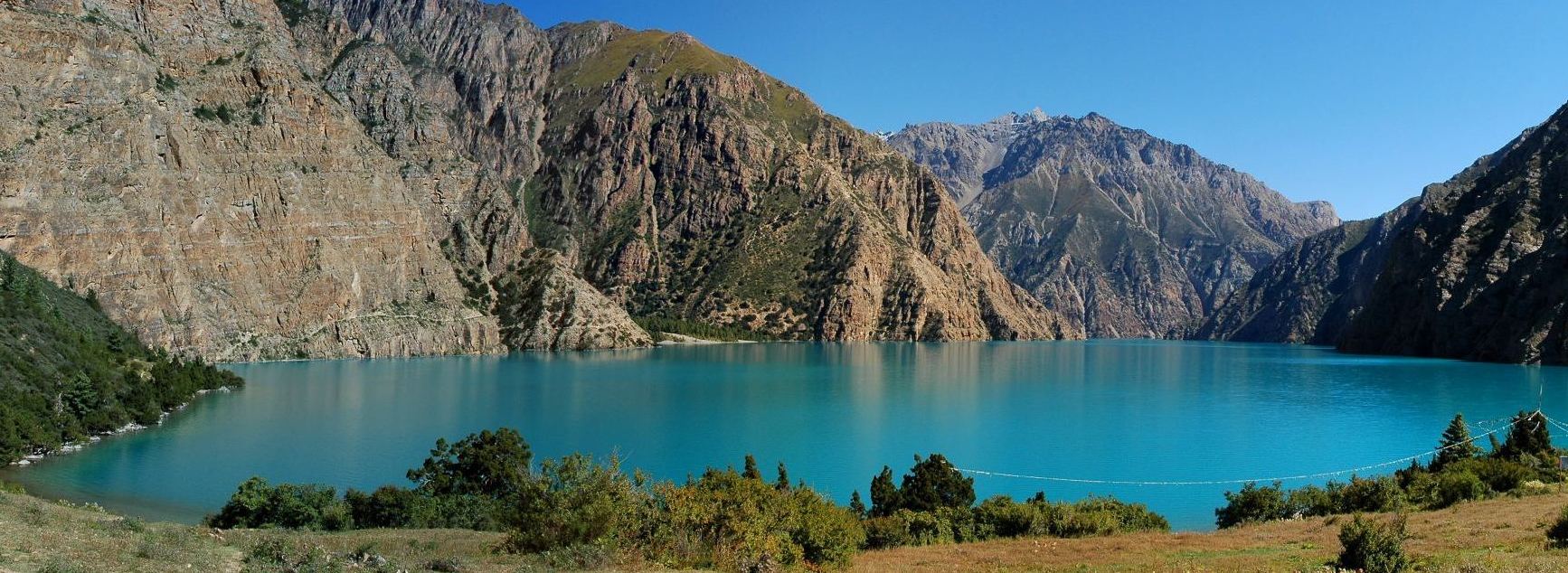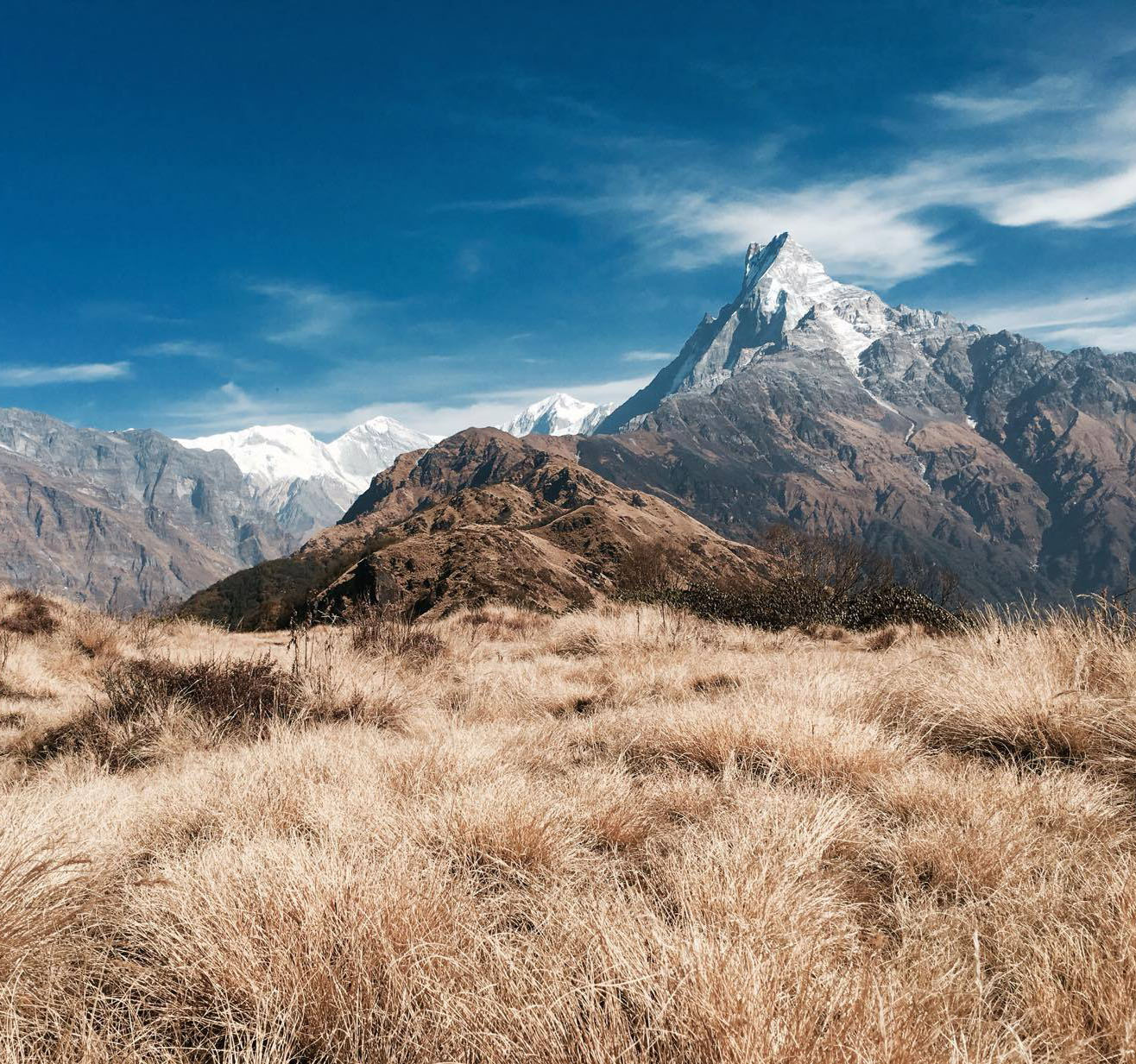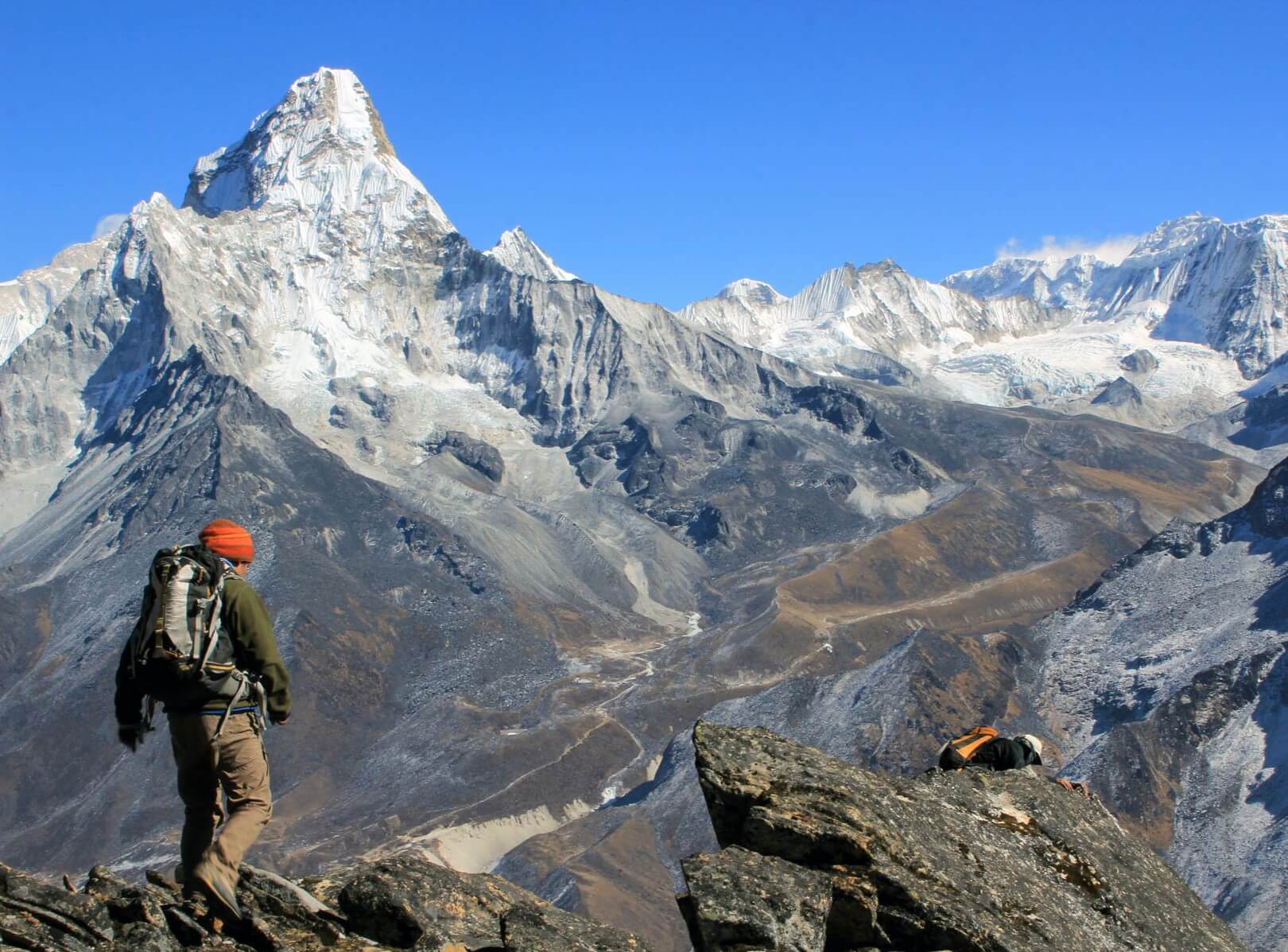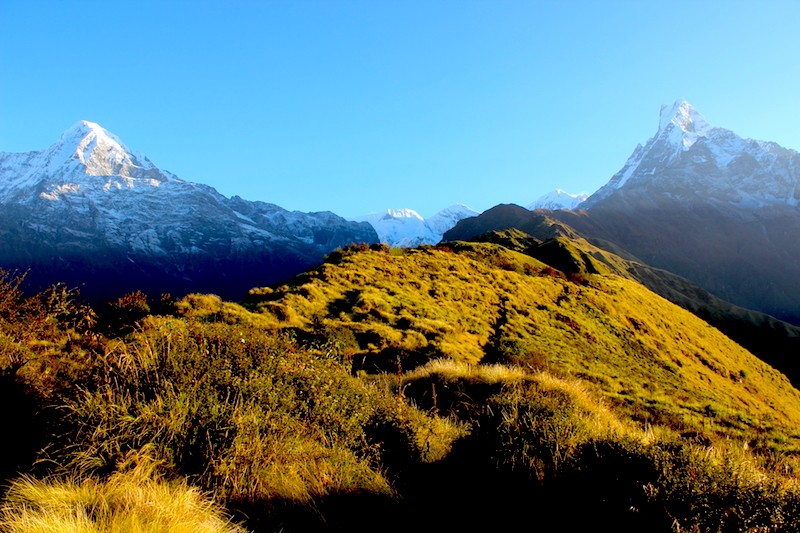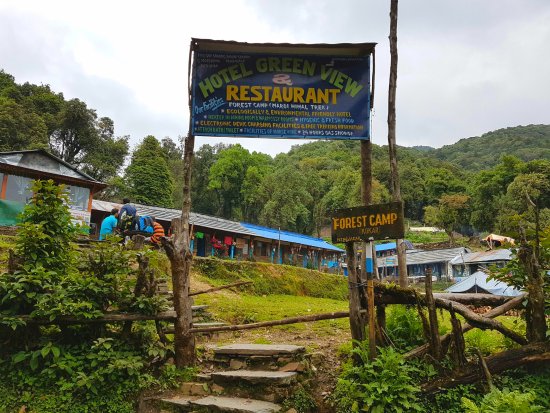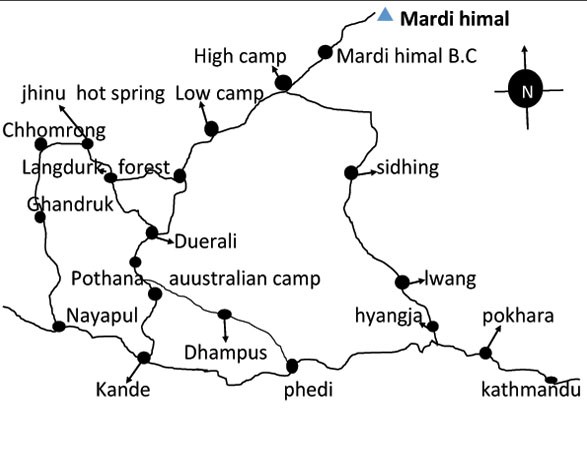CAS is a mandatory core component of the IB Diploma Programme. A programme designed to help students or who are working as volunteer develop their creativity, well-being, and commitment to serve the communities in which they live and beyond.
And Manaslu is a perfect destination for students to learn about society and nature. Manaslu is a challenging and excellent experience for students which helps them to engender teamwork. The sense of achievement after experiencing the remote villages and nature of Manaslu is a lifetime gift.
The most special thing about Manaslu and Nepal is its people. The humbleness and giving nature of people is the wow factor that will help you to make a positive impact in your life. The culture of considering the guest as the god, people of Nepal will try their best to feel you secure and fulfilled in their homeland. You can make good friends out of Nepali People.
Here we have tried to make a list of cas project ideas that you can consider doing in Manaslu.
CREATIVITY
Creativity is a way of living life that embraces originality and makes unique connections between seemingly disparate ideas. Creativity is about living life as a journey into seeing and communicating the extra-ordinariness of the simplest, most every day acts.
So in IB diploma program, it is considered in one of the most important factors for student’s all-round development. Here are some CAS project ideas that you can do in Nepal to enhance your creativity.
1. Create a Short movie
Although creating movies is a highly technical discipline, you can learn to create short movies a lot quicker. And when you are in the Himalayas, the job gets easier as you get to capture magnificent beauty of snow-capped mountains and rare Himalayan animals. The culture and living style of people there will add additional charm to your movie.
Okay, let’s say you want to create a movie, so what Manaslu has to offer? The Manaslu region has precarious bridges and stunning mountain scenery including Hindu and Buddhist culture, protected wildlife, rhododendrons and wildflowers, raging rivers.
You will need a script, a storyboard, a good camera and a video editing software. Having a GoPro and a drone will help you to capture the most beautiful images. You can create short movies on “People of Manaslu”, “The Magnificient Himalayas”, “Unknown Species in Manaslu”, Exploring the Unexplored” etc. You can get more ideas and tips on creating movies at this link.
If you have any queries regarding short movie creation in Nepal for your CAS project you can email our expert in this regard.
2. Write a story about a local Women
Women in hilly areas of Nepal have to go through a lot of hardships. Their stories can be a great inspiration for people like us living in the comfort of city areas. Women in Nepal and especially hilly areas of Nepal are facing different problems like gender inequality, girl trafficking, domestic violence, physical relation assault and many more. Girls are considered as “Paraya Dhan” meaning Others property in Nepal which results in no education and special care of girls in these areas.
So, you as a student can write their stories, interview them, and let the world know about the difficulties they are facing. Maybe you can advocate for them, which would eventually create a positive change in the society and the world would become a little happier place to live in.
Nepal Sanctuary Treks has helped students all over the world to create outstanding stories about Nepal. You can talk to our Expert Tulsi Gyawali if you want to do CAS in Nepal.
3. Write a song or a poem
There is no other place more peaceful and creativity uplifting than Manaslu, Nepal. You will get to see sky touching Himalayas, beautiful flora fauna and landscapes. These are the place where you can sit down and write a poem or songs. When writing environmental poems today, contemporary poets tend to write about nature more broadly than their predecessors, focusing more on the negative effects of human activity on the planet.
Here is a poem written by Anna Voelker that can inspire you
I want to tell you
about the sunflower I found
on the sidewalk yesterday.
It is wilting and curled and gorgeous
and knows it.I want to age like that,
never forgetting my own beauty,
never forgetting how to say bloom.By Anna Voelker
4. Arts and craft training in school
Arts and crafts training is the interesting project among other CAS activities. In the rural area, the schools are small, mismanaged and dirty due to the lack of equipment, technology, and teaching skills. Most of the school in rural area still follow the traditional teaching style.
The extracurricular activities such as sports, educational programme, learning arts and craft are not available. After the school off everybody go home since everybody’s homes are far from the school and walk for an hour or more than that.
You can conduct a creative art session in a local school and help students learn painting, clay art, paper works etc. You can use local resources for these activities like red clay for the color red. You will get to interact with local students and a sense of contributing the society will boost your self-esteem.
So, why wait, let’s plan your next field trip to Manaslu. Students are waiting to learn from you.
SERVICE
In a world filled with injustices and incredibly complex, pressing challenges, we need people who are committed to making a difference in the lives of people within their communities more than ever before, and that’s precisely where social workers come in.
Here are some ways you can give back to the society.
1. Conduct a Health Camp
Health Camp is the one of the most essential part that must have in the rural area. For the students and volunteer, it is the best platform to observe the different places and their lifestyle.
Most of the people of the rural area away from this service. As a result, people died from the small diseases because they are unaware of it. Also, the health check post and hospital are far away from there and do not have a lot of facilities too. This could be challenging for students because of the communication. The people are financial very poor and couldn’t afford the expensive treatment.
Health Camp provides both medical examinations and treatments to those people as well who are unable to afford care for themselves. This services provided at no charge to everybody, all age, gender and cultural background.
2. Awareness Programmes
Awareness plays a vital role in all sector such as education, health hygiene, and conservation area and other daily basis works. You can plan for any awareness program.
You can conduct programs on health hygiene awareness program, children safety programs, earthquake awareness. This job of your can change the way people are living in remote villages and help them to save themselves in life.
There are a lot of NGOs AND INGOs working already in that region with the same kind of goal, we can help you collaborate with these organizations for your CAS projects.
3. Reforestation
With the growth of mountaineering and, trekking tourism activities, the local forest of the mountains has faced the problem of deforestation. The woods are only sources of fire available on that region.
Non Profit Organisations are working in environment sector here in Manaslu, you can help them or organize your own program with the help of local forest office. We can also manage a nice memorable project like by naming a plant with your name or your college’s name and maybe when you come to visit Nepal after years, your plant would be big enough to give you shade.
Planting the small tree as tropical and sub-tropical in the forest will help to improve the ecosystem and wildlife.
4. Charity
Charity can be done in many areas such as educational charities, health charities, environment charities, animal charities and so on. Educational charity in remote village area for school can help poor children who are miles step away from the education. The proper and manageable schools aren’t available in the rural area.
INGOs like Read for Nepal are already working in rural education. They have been making significant changes in the society by upgrading education system in rural Government schools.
You can contribute educational materials such as note copy, pencils, colors, sports materials etc. Or also you can just go and teach them for some days, tell them stories of your country.
5. Library
Library project can be included in CAS activities for those who are traveling to Manaslu Region. Books can be collected from different publishers and you can help schools there to build a small library for children. Books are the source of world knowledge which children of rural areas seem to be lagging.
Many children are unable to buy books due to their financial condition.
6. Cleaning the trails
Cleaning the trails while trekking is something NST has taken initiate in. We encourage our guests not to litter while trekking. We have also conducted trekking where along with enjoying the charismatic view of mountains we collect plastic bottles, litter and clean the path.
The increasing number of trekkers and mountaineers create the environment problem likes garbage of the plastic cup, plate, etc.
7. Water awareness programme
Water awareness programme is the essential trekking project of CAS activities. Water awareness combines huge strategies and activities designed to keep safe your child and your life. Consumption of unsafe drinking water causes 80% disease in rural areas.
Low awareness of hygiene in many rural areas are the evidence of drinking water and making water pollution.
As a student, you can conduct a program, road show, home to home awareness program regarding consumption of clean water.
Activity
Life is supposed to be a series of adventures. It’s impossible to understand the meaning of life without understanding that. We’re all supposed to be explorers, pioneers, and treasure hunters of the soul.
We’re not supposed to be sleepwalking through the world, caught in a routine, heads down and eyes closed to the possibilities that lie waiting all around us. This world is a dramatic arena, and each of our lives is supposed to show that in the best possible way.
Some activities you can do in Nepal are:
1. Rafting
Nepal has got world class rivers which can provide you exciting and thrilling rafting adventures. Nepal’s mountains, rivers are a treasure for great opportunities for river rafting, kayaking, climbing, mountaineering, biking and many more. Nepal has got something to offer to every single person.
You can have a day of rafting with camping beside the river and enjoy the culture and beauty that surrounds you. Rafting is one of the most popular adventurous activity, that is why Nepal is considered a paradise for river runners.
2. Mountaineering
With eight of the highest mountains in the world, Nepal host numerous high mountain for you to the expedition. Being on the summit of high mountains is the result of hard work, discipline, training, and patience.
“The mountains are calling, and I must go”
John Muir
Nepal offers a plenty of mountaineering opportunities. Autumn and spring are the best times of year for Expeditions to the high mountain summits. Those inspired to join for our Expeditions should have previous mountaineering experience, courage, and should be in good physical fitness in order to have the safest and enjoyable adventure.
3. Bungee Jumping
A bridge above 160 meters above a river, and now you jump. If that is not breathtaking what is. And in Nepal it’s possible. Bungee jumping was banned in some part of Europe but now it has got a home in Nepal. Nepal first Bungy Jumping site is over wild Bhote Koshi river located close to Nepal-Tibet border. It takes 3 hours in a bus to get there. This jump at the height of 160 meters was designed by New Zealand’s leading bungee consultants and is opr=erated by most experienced people.
So this can one of the best activities you wanna do in Nepal.
So how do I know more about these CAS Activities?
NST is an expert trekking company in Nepal providing quality services to its clients all over the world. We are eager to provide safe and enjoyable experiences to our guests. Moreover we emphasis on quality, safety, and desires of the guests. We have highly trained trekking guides who understand your needs and help you accordingly.
And we have been organizing School Treks for 10 years now. you can contact us via Email at info@nepalsanctuarytreks.com or you can directly call us at +977 1 4426721

